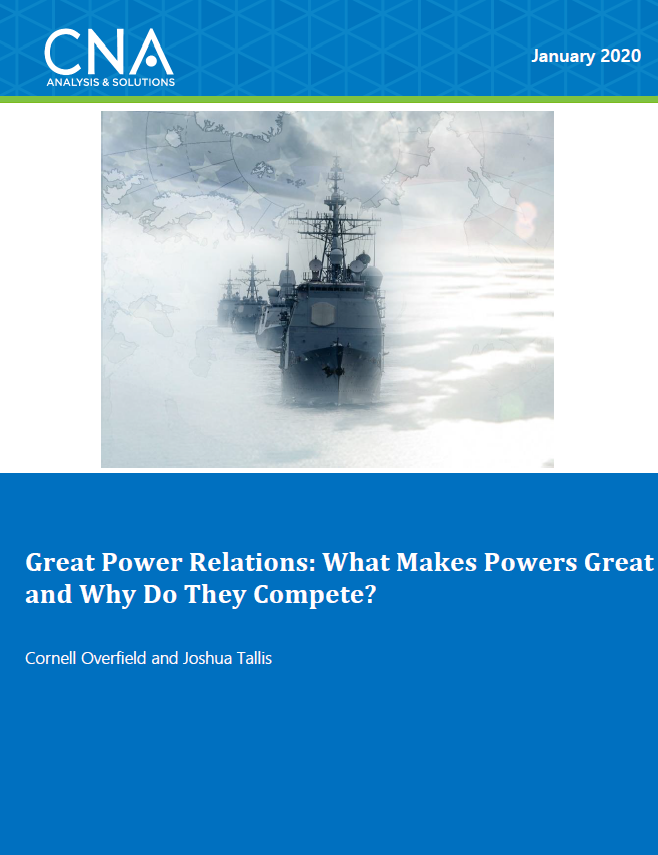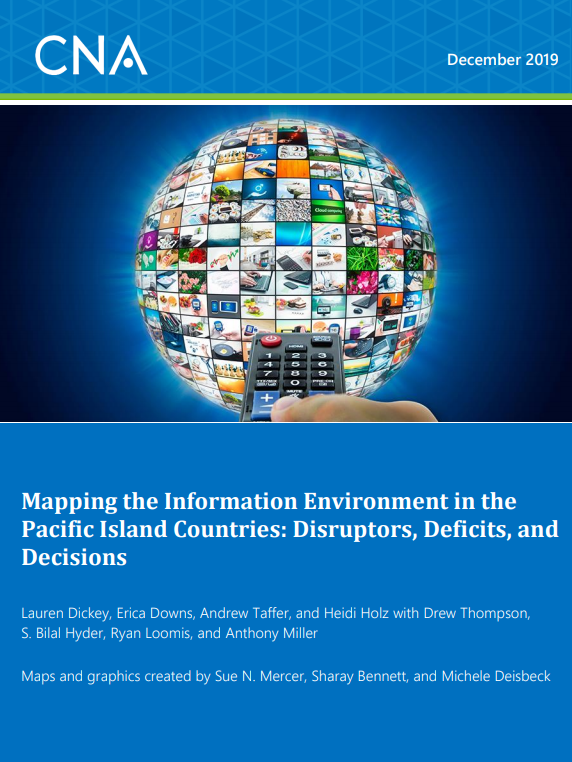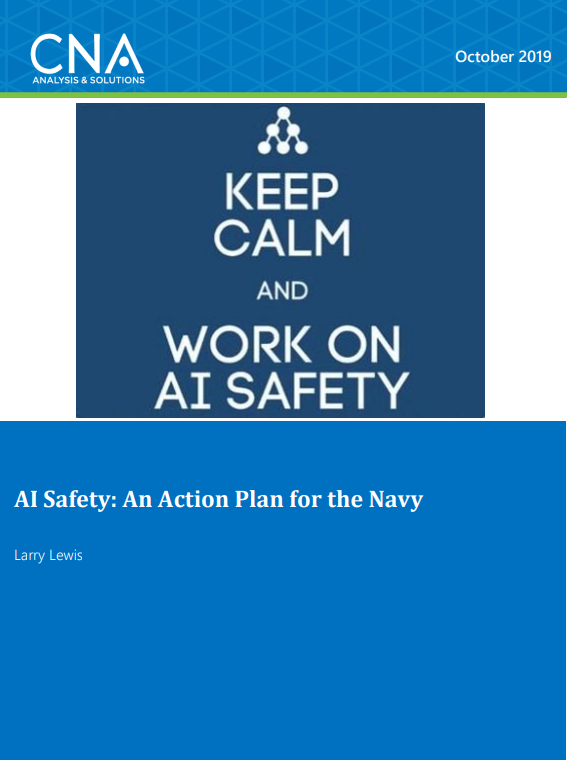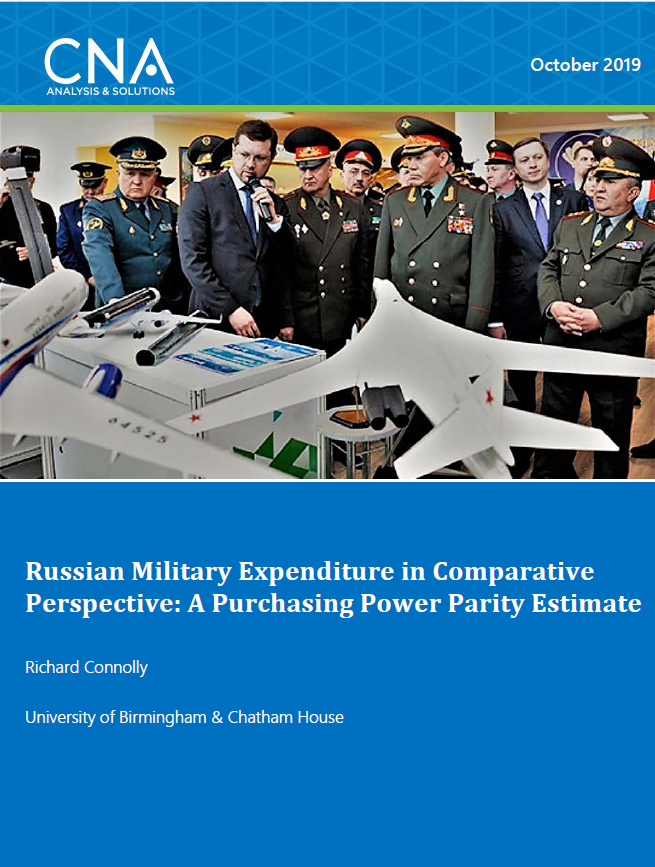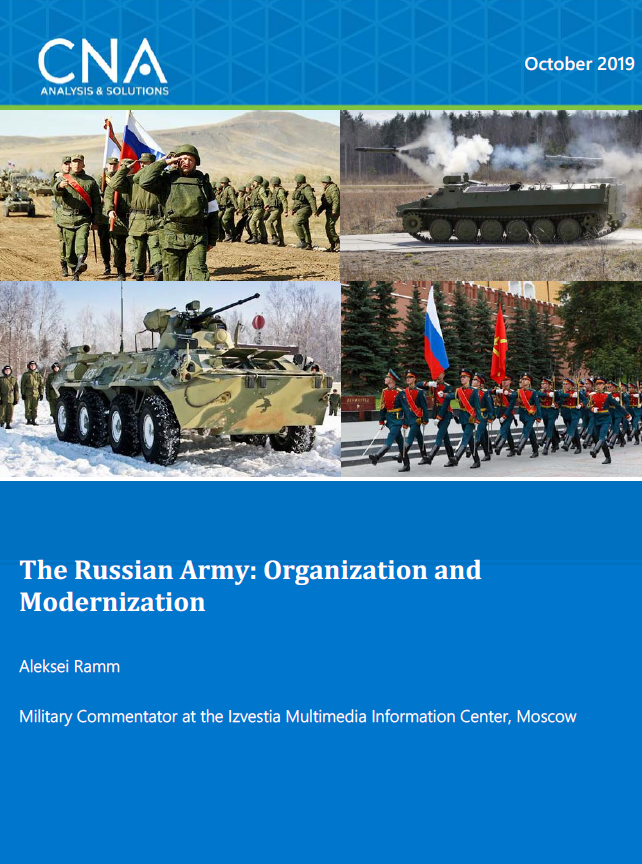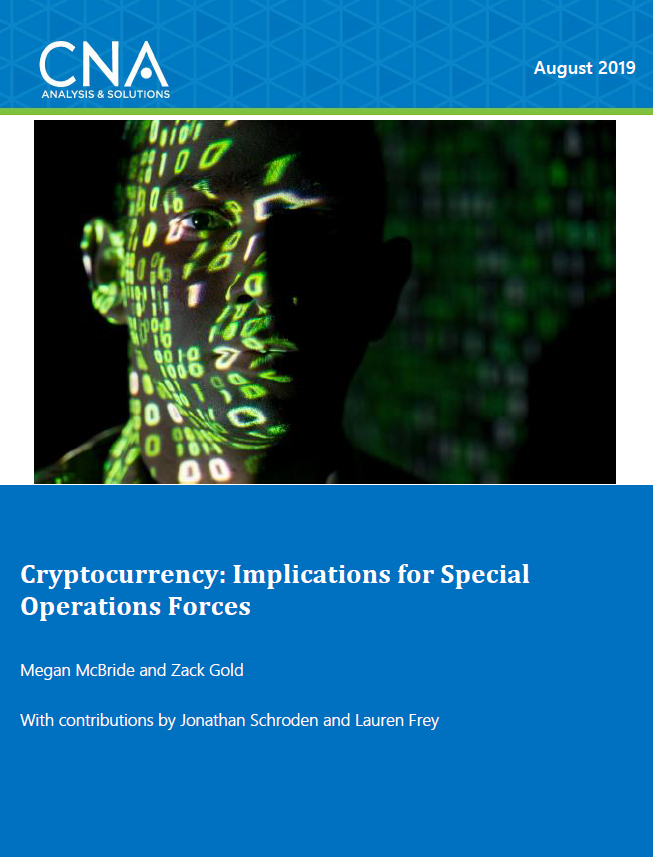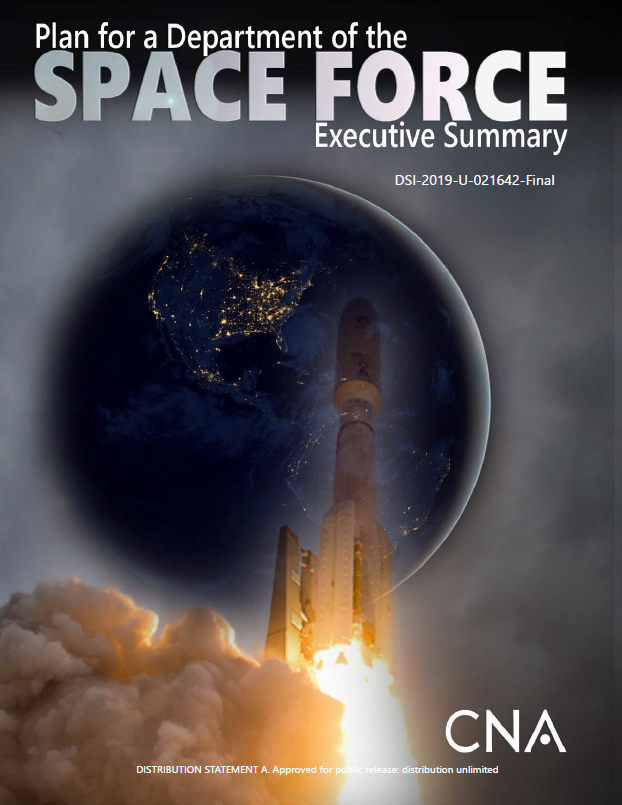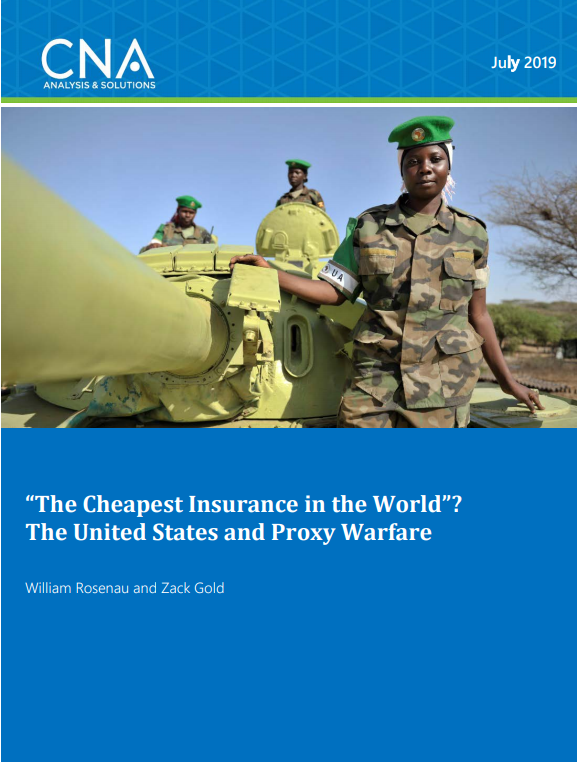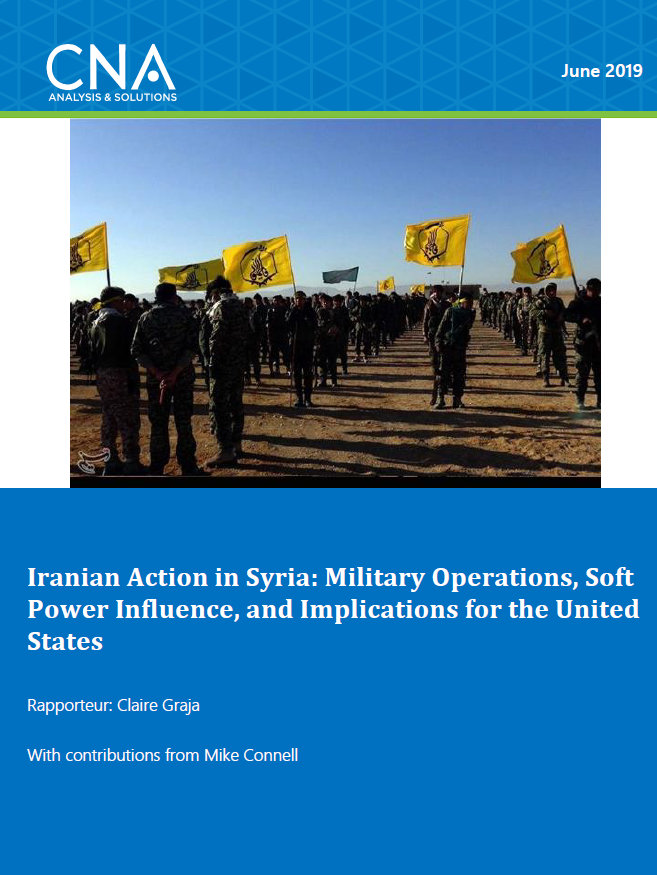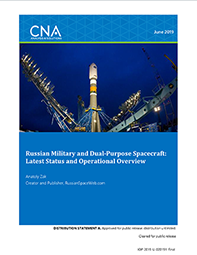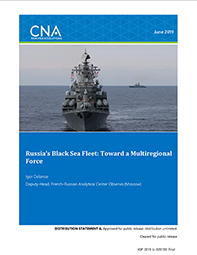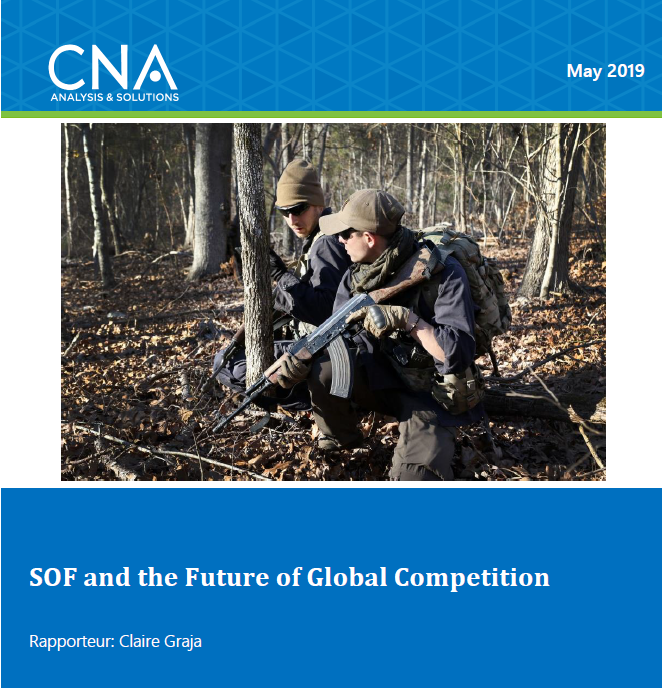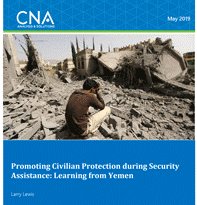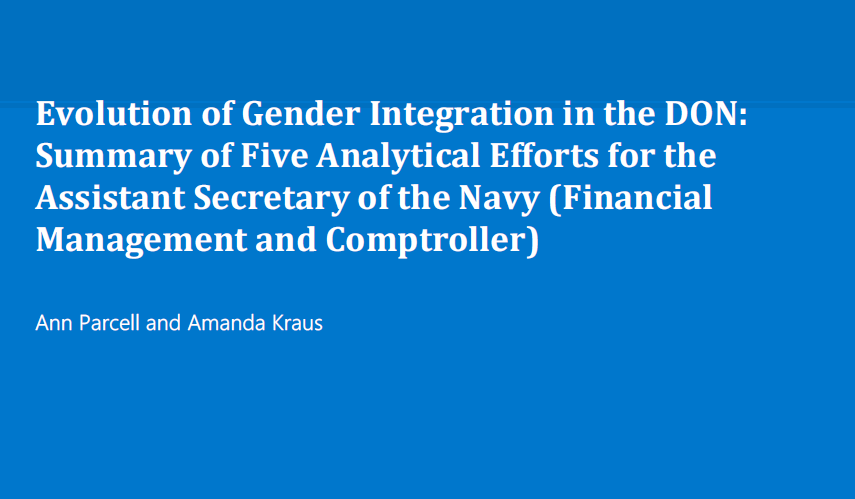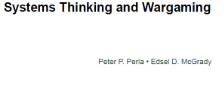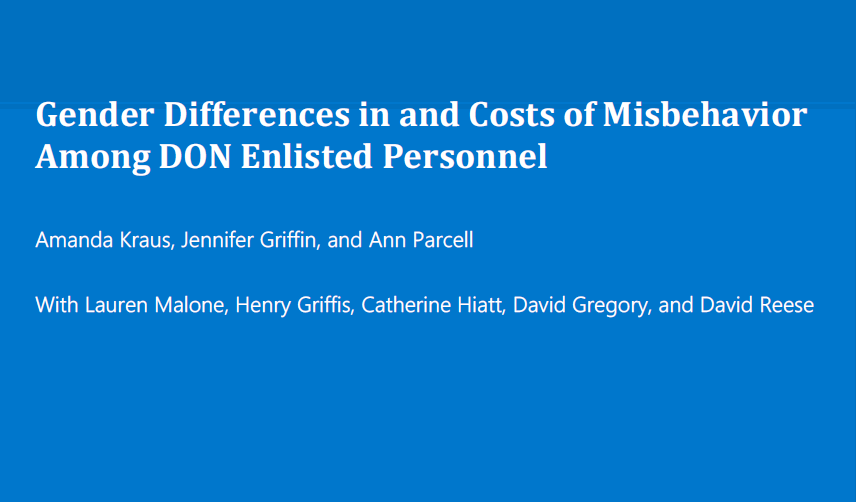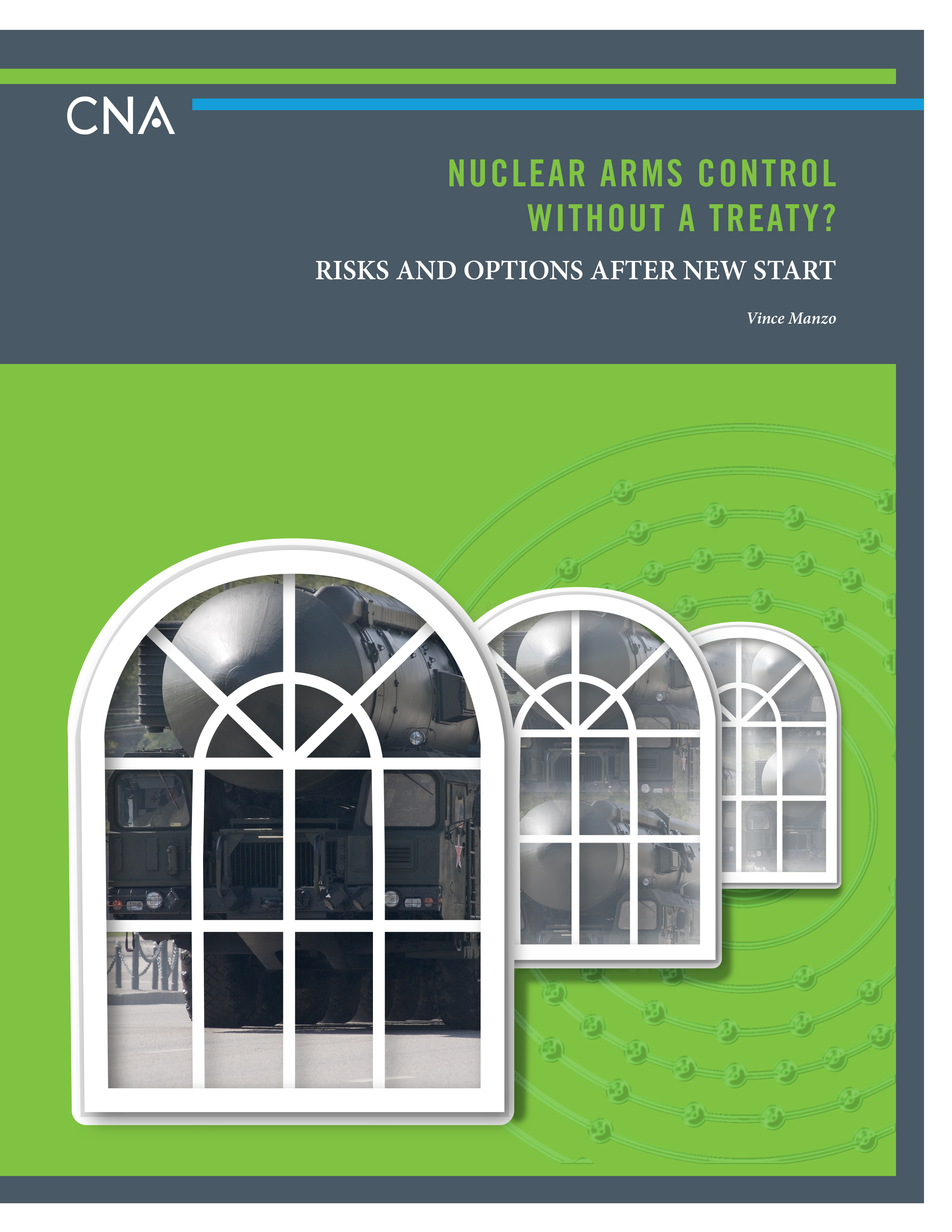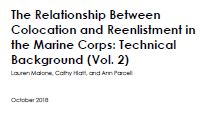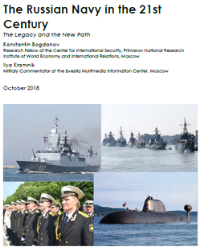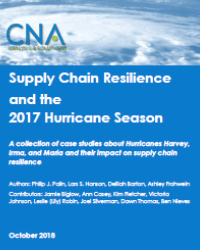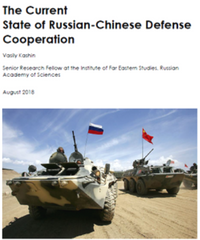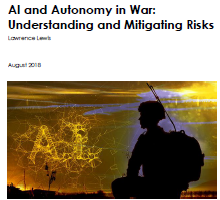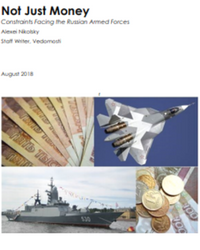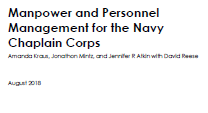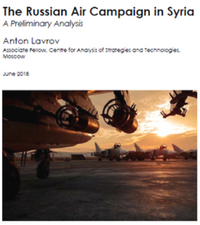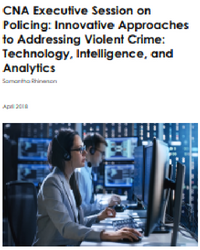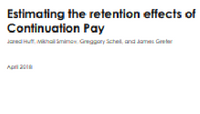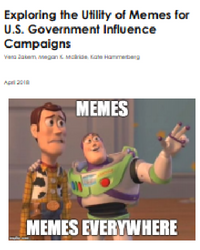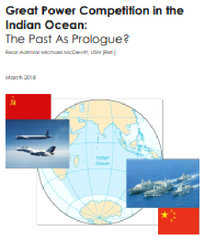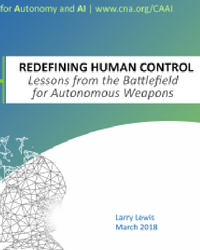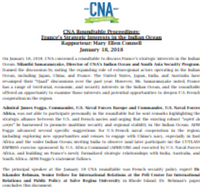Our Research
CNA operates on the principle of conducting honest, accurate, usable research to inform the important work of public policy decision makers—a principle that is never compromised. At CNA we:
- Maintain absolute objectivity. In our investigations, analyses, and findings, we test hypotheses, carefully guard against personal biases and preconceptions, challenge our own findings, and are uninfluenced by what a client would like to hear.
- Apply imaginative, innovative techniques. We approach every problem with an open mind and go only where the facts lead us.
- Gain a thorough understanding of issues. We analyze all relevant aspects of an issue and look for results that not only answer questions but inform decision making.
- Are process driven and results oriented. We carefully maintain rigorous, ethical standards of research and analysis and work aggressively to complete projects on time and within budget.
- Are open, direct, and clear. We keep clients informed about our procedures and progress – in language that is unambiguous and understandable.
Propaganda, Disinformation, & Other Influence Efforts

The information environment is an increasingly critical and contested domain in today’s global landscape. CNA analysts are engaged in helping our sponsors and the public better understand the challenges of the 21st Century information environment through projects that combine functional and regional expertise with science, technology, engineering, and math (STEM) and social science methodologies. The emerging global information environment creates both strategic and operational challenges for US national security. With its deep background in security affairs, CNA is helping policymakers and warfighters to understand the information domains in which they are operating—whether the issue is ensuring two-way strategic communications, understanding malign influence operations directed against the United States or its allies and partners, or mitigating vulnerabilities and exploiting opportunities in this realm. Learn more.
Analysis Highlight

In response to growing concerns regarding the United States’ ability to outpace adversaries in space and to ensure continued space superiority, the U.S. Congress mandated several space-related reviews and studies in the 2018 National Defense Authorization Act (FY18 NDAA) (Public Law 115-91). One of these directed the Deputy Secretary of Defense to contract with a federally funded research and development center (FFRDC) without close ties to the Air Force “to develop a plan to establish a separate military department responsible for the national security space activities of the Department of Defense.” The Center for Naval Analyses, the sole FFRDC for the Department of the Navy, was selected to develop this independent plan. Learn more.
CNA Case Studies: An Inside Look at Great Analysis
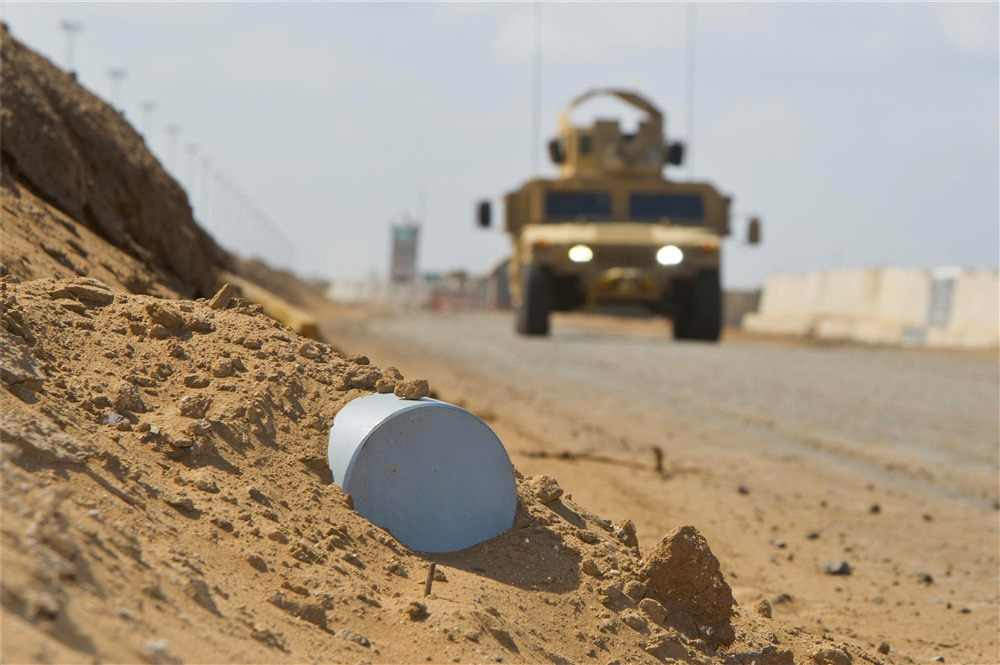
In 2004, an ever-growing number of coalition forces were falling prey to a hidden danger in Iraq. Concealed behind guardrails and road signs, under piles of debris, even within animal carcasses, improvised explosive devices (IEDs) had killed 145 coalition forces in just the first half of the year. Gen. John Abizaid wrote in a memo, “IEDs are my number one threat in Iraq. I want a full court press on IEDs.” Within months, CNA would join that effort with a major analytical push to find solutions in the data—solutions as deeply concealed as any camouflaged explosive. Learn more.
In August of 1990, the Iraqi Army amassed on the border of Saudi Arabia. Many believed that Saddam Hussein — who had just barreled through Kuwait — would overrun the Saudi Kingdom before the United States could assemble an adequate deterrent force. So when President George H. W. Bush gave the order to send in the Marines, speed mattered. Learn more.
For the first several years of his career at CNA, Ronald Filadelfo helped the Navy find the most feared denizens of the deep at that time: Soviet submarines. Three decades later, the Navy still calls on Filadelfo for scientific analysis when it worries about what lurks below the surface. But Filadelfo no longer specializes in anti-submarine warfare. And he and the Navy aim to protect — not attack — the objects of his many studies: whales. Learn more.
Recent CNA Research
As part of the Bureau of Justice Assistance-funded initiative Using Analytics to Improve Officer Safety, CNA's Center for Justice Research and Innovation produced this bulletin to serve as an accessible resource to support law enforcement agencies in collecting detailed and informative officer injury data. Visit CNA's Officer Safety and Wellness page to learn more about our analytics work.
and applying industry trends, developing sound policies, conducting futures planning, and designing systems strategically. Our team supports our clients and partners in strategic planning for cybersecurity, identity and access management (IAM), information exchange, and advanced technology capabilities in emerging technologies.
Organizations are grappling with decisions about how best to integrate UAS technology safely and efficiently into their operations and their communities. This push to integrate new technology is not a new one; over the last few years police forces across the country have worked through numerous challenges in their mission to integrate body-worn cameras (BWCs) into their operations and procedures.
The rapid proliferation of unmanned systems designed for air, land, and water (represented by the term "UxS") ranges from low-end commercial platforms suitable for hobbyists to high-end platforms appropriate for jurisdictional and organizational use. Public safety and security professionals can leverage these diverse and powerful systems for meeting their public safety and security objectives – and are already doing so in missions such as firefighting, special event security, law enforcement, and patrol via air, land, and water. However, CNA believes that long before an organization begins to explore specific systems, it should begin with analysis and generation of requirements.
Over the past five years, CNA has conducted studies in support of Department of Defense Voluntary Education, with a specific focus on evaluating Servicemembers' use of the Tuition Assistance (TA) program, their associated educational outcomes, and potential changes to TA policies and practices. This report is a compilation of four CNA studies; it includes Service- and education-sector–level comparisons in student enrollment, cost, TA use, and positive TA outcomes (e.g., attaining a degree or having a high course completion rate). One of our primary findings is that TA users can expect a more successful transition to civilian life, though some of these benefits (e.g., improved employment prospects) can be reaped only with a degree. We also find that, despite the relatively poor outcomes at private for-profit institutions, TA users increasingly enroll in them. Our analysis also reveals which Servicemembers—based on military and demographic characteristics—are most likely to be successful TA users. We identify those subpopulations who are among the Services' more active TA users but also the least likely to experience positive TA outcomes, thus highlighting groups that might benefit from targeted counseling efforts. Finally, we make recommendations to help equalize access to the TA program across the Services and increase all TA users' likelihood of completing courses and ultimately attaining degrees.
The process for determining and validating requirements, associated manpower, and the workforce mix necessary to achieve an organization's mission requires specialized knowledge, skills, and abilities. Unlike other career fields, however, there is no common training or certification process that ensures minimum standards and competencies among personnel performing manpower functions. This project examines whether the goal of common training and standards for all personnel performing manpower management (MM) functions in DOD is achievable and desirable. We find evidence that there are MM training gaps and inefficiencies in DOD and that, in general, MM functions are similar enough to allow standardized training and education. The data necessary to show that improving the quality of MM workforces will improve MM processes and outcomes is lacking, however. We recommend that DOD collect the necessary data to further examine the impact of MM workforce quality on MM outcomes and processes.
Manpower management (MM) is the term for the set of processes by which the services and other DOD components define and fund—for each operational unit, command staff, and shore/support organization—the numbers and types of job positions that these activities need to perform their missions. Execution of these MM processes across DOD is governed by a combination of the Office of Secretary of Defense (OSD) and service-specific instructions, directives, and policies. In addition to providing methods and policy for determining the number and types of position, they provide guidance for determining the most appropriate labor source (active military, reserve military, civilians, or contracted services) to fill each position. This study examines the MM processes currently used within each DOD component to determine how they integrate DOD's workforce mix policy and guidance and to identify impediments that prevent or supersede adherence to this guidance.
The economic consequences of Russia's invasion of Ukraine will take weeks, months, and probably even years to be fully revealed. But the consequences for the technology sector in general and for Russia's artificial intelligence industry are already clear. Economic sanctions imposed by the United States, the European Union, and key Asian countries such as South Korea and Japan have combined with the voluntary withdrawal of most major multinational corporations from their Russian projects due to the reputational costs of conducting business in Russia and/or cooperating with Russian partners. The withdrawal of these countries and entities will have a long-term negative impact on Russia's technology sector and AI development in particular.
PRC media has presented a thoroughly sanitized version of the war in Ukraine that blames the US for the conflict and avoids depicting Russia in an unflattering light, while largely refraining from deeper analysis of Russian and Ukrainian military performance, including the use of AI and autonomy in the war. However, we continue to follow allegations that DJI has altered its UAV technology to give Russia an edge in the conflict. As a result of the allegations, last week German electronics retailer MediaMarkt removed all DJI products from its shelves. Meanwhile, the PLA Daily has published articles pondering the role of humans in future warfare, with one author from the PLA Naval Research Academy envisioning that humans will continue to play a fundamental role even as autonomous systems become more advanced and ubiquitous. We also report that the PRC has published new ethical guidance that articulates five overarching principles for science and technology research. PRC researchers have been using AI to develop engines for hypersonic missiles and planes and to enhance skid landing systems. PRC researchers have also been involved in projects involving brain-computer interfaces, including using AI to improve technology that allows a machine to be directed by a human's brain to control a robotic arm—an experiment that reportedly has the potential to transform how astronauts operate the giant arm on the Chinese space station.
Welcome to the third issue of PLA UPDATE, CNA's monthly newsletter focused on the internal and external affairs of the Chinese People's Liberation Army (PLA). Each edition of this newsletter draws on the expertise of CNA's China and Indo-Pacific Security Affairs Division to gather information and provide an update on important developments in the PLA as reported in the Chinese- and English-language media of the People's Republic of China (PRC). The past four weeks were extremely busy for the world. All eyes are glued to the events unfolding in Ukraine. This month also featured the fifth annual meeting of the 13th National People's Congress (NPC), which is the PRC's legislature. The NPC will not meet again before the 20th National Congress of the Communist Party of China in 2022, when Party leadership below Xi Jinping will turn over. We focus this third issue of PLA UPDATE on current events related to the PLA that may have been obscured by other major news reports.
On March 10, 2022, CNA held its second Inclusive National Security event of the year (@InclusiveNatSec on Twitter), continuing this year's focus on the relationship between gender and national security.
Humanitarian organizations continue to be the subject of tragic attacks, causing them harm and limiting vital services from aiding the civilian population. In this report, we leverage CNA's body of work on civilian harm, including attacks on humanitarian organizations, to identify four broad steps militaries can take to minimize these tragic incidents and improve protection of humanitarian organizations. These steps are: improve communication channels between militaries and humanitarian organizations; strengthen deconfliction in military targeting processes; develop stronger tools for recognizing humanitaria n organizations on the battlefield; and reinforce learning and accountability measures to help reduce the risk of attacks and other disruptions to humanitarian organizations and their activities. This paper discusses possible approaches to bolstering each of these four steps. We conclude with how some of these solutions can be leveraged to better strengthen the protection of civilians overall, including the creation of a general information architecture for civilians.
Russian analysts are still focusing on the issue of NATO membership for Ukraine. Many point out that the ongoing war, while leading to a de facto defense arrangement between the "collective West" and Ukraine, has also hindered it from formally joining the alliance. Many authors believe that this is a benefit to Russia, although it has come at the cost of NATO unity and an amplification of arms supplies to Ukraine.
As the war in Ukraine continues, rumors have been circulating about the role of PRC-made drones in the conflict. In this issue we note two of them—allegations that Russia has asked the PRC to supply drones, and accusations that a leading PRC-based commercial drone manufacturer has been limiting the technical capabilities of drones used by the Ukrainian military in order to provide an advantage to the Russian armed forces.
On March 14, 2022, CNA hosted a National Security Seminar on the People's Republic of China's (PRC) economic activity in the Arctic. The seminar featured Ambassador Michael Mann, the European Union's (EU) ambassador at large for the Arctic; Mr. Mark Rosen, senior vice president and general counsel at CNA; and Ms. Heidi Holz, senior research scientist in CNA's China Studies Program. The discussion was moderated by Mr. Cornell Overfield, research analyst in CNA's Strategy and Policy Analysis Program.
Presidential spokesman Dmitry Peskov puts a positive spin on Western sanctions on Russia as the government prepares for economic impacts. The Russia-Ukraine War sees a growing UAV presence, and training on drone use continues. The Russian government announces further grants for the private sector under the AI federal program. The Russian government seeks to simplify procedures to hire foreigners and incentivize the domestic cadre while MIPT publishes an open letter against the Russian war in Ukraine. Russian ICT sector is hit by the impact of widespread sanctions, particularly as TSMC plans to stop microchip shipments.
On February 24, 2022, CNA held its first Inclusive National Security event of the year (@InclusiveNatSec on Twitter). The purpose of this initiative is to develop a forum for discussions on the effect of bias on national security. Whereas last year's theme was racism, this year's series focuses on the relationship between gender and national security. This month's event (recording here), "Gender, International Development, and National Security," explored the extent to which international development programs have meaningfully influenced gender equity, including how gender norms have affected these efforts and what role the promotion of gender equity plays in advancing US national security objectives. The keynote speaker was Carla Koppell, a Distinguished Fellow at the Georgetown University Institute for Women, Peace and Security as well as a Senior Advisor and Adjunct Assistant Professor at the Edmund A. Walsh School of Foreign Service. Gender policy and security expert Maryum Saifee moderated the event in her personal capacity.
Tuition Assistance (TA) is the primary education benefit that the Department of Defense (DOD) provides to Service members to ease the financial burdens of continuing education while serving in the military. A 2017 CNA study revealed several Service-level differences in Service members' TA use and TA outcomes. In this study, we use qualitative methods to identify possible reasons for these differences. Synthesizing our analysis of existing policy, discussions with subject matter experts (SMEs), and focus groups in all four Services, we find that variation across the Services in TA policy, TA understanding, occupational responsibilities and operational tempo (OPTEMPO), as well as support from senior leaders and immediate supervisors is likely the primary driver of these Service-level differences. We suggest that DOD standardize TA policy, the financial TA benefit, and the content and delivery of TA messaging. We also encourage the Services to ensure TA buy-in from senior leadership and counsel Service members on effective TA use.
In this report, we used individual-level data provided by each of the Services and Force Education and Training to calculate the Tuition Assistance (TA) and My Career Advancement Account (MyCAA) educational outcome statistics of Servicemembers and their spouses, as requested in the 2014 DOD Appropriations Bill. These tabulations compare not only outcomes by Service but also by institutional sector (private for-profit, private not-for-profit, and public). By making these Service- and sector-level comparisons, we highlight differences in TA and MyCAA enrollment, cost, number of courses taken, credits received, courses completed, and degrees received. These summarized outcome measures will provide policy-makers with a better understanding of the differences that exist across Services and education sectors, allowing them to evaluate how the Services are using these Voluntary Education benefits.
The Department of Defense (DoD) provides education benefits to Servicemembers and their spouses. Two such benefits are the Tuition Assistance (TA) program, designed to decrease the financial burden of higher education for military members, and the My Career Advancement Account (MyCAA) scholarship program, a workforce development program designed to assist eligible military spouses in pursuing training, licenses, credentials, certifications, and associate degrees in support of developing portable employment and careers. A dearth of information on the educational and financial outcomes of TA and MyCAA users prompted Congress to mandate, in the 2014 DoD Appropriations Bill, a study to document the aggregate graduation rates, financial indebtedness, and loan default rates of these military families. Here, we summarize information from the TA and MyCAA literature. However, because little information is currently available, we also explore the civilian higher education literature on tuition reimbursement, graduation rates, student debt, and loan default rates. This provides the relevant background information needed for the quantitative portion of this study, in which we will collect and analyze available data on educational outcomes for TA and MyCAA users.
In this report, we use individual-level data provided by each of the Services, Force Education and Training, and the Defense Manpower Data Center to estimate whether individual Servicemembers use Tuition Assistance (TA) and whether they are among the Services' more active TA users. In addition, we analyze which military and demographic characteristics are important in determining whether a Servicemember experiences a positive TA outcome (defined as attaining any degree, attaining a bachelor's degree or higher, and/or having a high course completion rate). Ultimately, by identifying those subpopulations of Servicemembers who are among the Services' more active TA users but also are among the least likely to experience positive TA outcomes, we identify those groups that might benefit from targeted counseling efforts. Such discussions could prepare Servicemembers for the challenges that lie ahead, making their ultimate success more likely.
Over the last decade, there has been great debate about the introduction of AI to warfare. However, that debate has been primarily about how to make sure that AI applications are not indiscriminate in warfare. There is another important question, in light of international law and the principle of humanity: how can we use AI to protect civilians from harm? And how can we lessen the infliction of suffering, injury, and destruction overall through the use of this emerging technology? This report represents a concrete first step toward meeting this goal. We find that AI can be used to help address patterns of harm and thus reduce the likelihood of harm. We then discuss some potential areas of focus militaries could prioritize in order to reduce risks to civilians overall.
This newsletter covers developments up to February 21, 2022. Russian media discussions of Russia's recognition of the Donetsk and Luhansk People's Republics on February 21, 2022, as well as the Russian invasion of Ukraine on February 24, 2022, will be covered in the following issue.
Recognizing the urgent need for transparency, accountability, and legitimacy, the San Jose Independent Police Auditor—through a competitive bid—selected CNA's Center for Justice Research and Innovation to complete an assessment of the San Jose Police Department's (SJPD) implementation of recommendations and action items found within the President's Task Force on 21st Century Policing report, published in 2015. This work coincided with an assessment of the SJPD's use of force and was completed by members of the same team. The 21st Century Policing assessment focused on the six areas found within the Task Force's report: - Building Trust and Legitimacy - Policy and Oversight - Technology and Social Media - Community Policing and Crime Reduction - Training and Education - Officer Wellness and Safety In this executive summary, we present a summary of the findings of our assessment and a summary of the key recommendations offered to SJPD and the city. We encourage interested individuals to read the details in the body of this report, where they will find the complete assessment of all recommendations and action items, and detailed supporting evidence for our findings and recommendations. See Appendices C and D for the full list of findings and recommendations. Through interviews, document reviews, community listening sessions, and data analyses, the team discovered the following key themes: Summary of Key Findings - The SJPD implemented or has made substantial progress on implementing many of the recommendations and action items of the President's Task Force on 21st Century Policing - SJPD operates with fewer officers per capita than other cities of similar size - The SJPD has taken significant steps to creating a diverse workforce though a comprehensive recruitment approach - The SJPD does not consistently collect empirical data on public sentiment related to trust and legitimacy - The SJPD does not consistently collect public input on policies, training, and operations - The SJPD does measure the impact of their organizational change efforts
Recognizing the urgent need for transparency, accountability, and legitimacy, the Mayor and City Council of San Jose, California directed staff to obtain an assessment of the San Jose Police Department's (SJPD) use of force. CNA's Center for Justice Research and Innovation was chosen through a competitive bid process coordinated by the Independent Police Auditor (IPA). This work coincided with an assessment of the SJPD's efforts to bring the department in line with the recommended best practices promoted in the President's Task Force on 21st Century Policing report and was completed by members of the same team. The use of force assessment focused on four key areas: - A review of the SJPD's use of force policies, procedures, training, and events. - An examination into the characteristics of use of force events, including disparity across racial and ethnic groupings. - The impact COVID-19 and social justice movements for policing reform had on calls for service and use of force. - Disparity in use of force behaviors and sustained injuries across racial and ethnic groupings. In this executive summary, we present a summary of the findings of our assessment and a summary of the key recommendations offered to SJPD and the city. We encourage interested individuals to read the details in the body of this report, where they will find detailed the supporting evidence associated with our 39 findings and 51 recommendations. See Appendix B for the full list of findings and recommendations. Through interviews, document reviews, community listening session, and data analyses, the team discovered the following key themes: Summary of key findings - Many of the SJPD use of force policies reflect best practices in the field. - The SJPD Duty Manual does not define levels of resistance and does not consistently indicate which level of resistance would justify various force options. - The SJPD does not have a use of force review board. - The SJPD does not provide sufficient clarity in the definition of force. - The SJPD does not provide sufficient clarity on some elements related to electronic control weapons. - The SJPD does not provide sufficient post-incident guidelines for officers, particularly for incidents involving lethal force.
HIGHLIGHTS OF ISSUE 32 Sber conducts exercise modeling impact of US technological sanctions as development of AI-enabled systems continues across Russia's regions.
In this issue, we bring you the AI-relevant information of the Five-Year Plan for Informatization. AI plays a prominent role in the plan and is a key part of the PRC's drive to establish its digital infrastructure, strengthen its smart manufacturing, and digitize its methods for governing its society. Meanwhile, China's local governments have been funding AI-related projects, with Jinan City government announcing more than 50 municipal projects with an "intelligent" component. Peking University's Institute of International Strategic Studies (IISS) published a controversial report that found that the US was ahead of China in some technology areas such as AI. The report concluded that while both China and the US would suffer from a technology decoupling, China's losses would be greater than those of the US. Shephard Media reported that although Chinese unmanned combat aerial vehicles (UCAVs) remain popular, international customers have been dissatisfied with their performance due to maintainability issues and relatively high crash rates.
1. THE UKRAINE CRISIS: VIEWS OF US-RUSSIA NEGOTIATIONS Negotiations between the United States and Russia over the Ukraine-Russia crisis are widely discussed across Russian media, from a variety of angles. Most commentators are in agreement that the United States and its allies are engaging in bad-faith negotiations, given their continued military-technical support for Ukraine, although some note concern with Russian posture. The negotiations themselves are seen as a first step, and meetings with Secretary Blinken and Foreign Minister Lavrov, as well as the formal diplomatic response from the United States to Russia over their treaty proposals, are treated in a variety of ways. 2. THE UKRAINE CRISIS: PERCEPTIONS OF US STRATEGY In discussing the current confrontation between the United States and Russia, a number of publications consider causal factors affecting US strategy. The focus is on the impact of the withdrawal from Afghanistan and its effect on US assessments of geopolitical risks and US aggressiveness. The articles also discuss the US predilection for narcissism and double standards. Some analysts do note the clear rejection of a military response by US leadership as leaving open the possibility of a compromise solution.
Welcome to the China AI and Autonomy Report, a biweekly newsletter published by CNA. Read in browser. Happy Lunar New Year! In this issue, we cover allegations that PRC drone manufacturer DJI has been obscuring its financial ties to the PRC government. The People's Liberation Army (PLA) has welcomed in the new year with a celebration in the metaverse. PRC researchers have developed an AI agent to conduct air combat simulations against human pilots. The Wing Loong unmanned aerial vehicle (UAV) has been upgraded. The PRC government is shifting its focus to support innovative small enterprises. SenseTime has opened up one of the largest AI computing centers in Asia. China has released more policies and regulations for the high-tech industry. The Beijing Olympics have started, and AI is playing a role. In particular, a People's Daily commentary has dismissed concerns that an app developed for COVID-19 tracing has data vulnerabilities.
The Russian military is rapidly fielding new unmanned systems into its branches having learned lessons from recent conflicts. Should Russia enter a conflict with Ukraine, it will use many of the unmanned systems it has tested in other theaters such as Syria. It may also use the opportunity to test new systems. This report looks at the various lessons learned and the possible systems that would play a role in Russian military operations against Ukraine.
Government efforts to protect Russians against digital discrimination and other AI-enabled woes hit a snag as industry prefers the voluntary ethics code to regulations. Russia acquires more and more robots, incorporates drones in Kazakhstan, and conducts undersea demining operations. Skolkovo-associated companies see development of AI-enabled technologies in various fields. Government officials note that Russian economy will need 70 percent more specialists in the IT field in the next 8-10 years, a demand that may be challenging to meet, experts contend. Yandex announces partnership with the South Korean telecom carrier to launch autonomous delivery vehicles in South Korea before the end of 2022 aimed at providing customers with last-mile delivery services both indoors and outdoors.
HIGHLIGHTS OF ISSUE 31 Government efforts to protect Russians against digital discrimination and other AI-enabled woes hit a snag as industry prefers the voluntary ethics code to regulations.
Welcome to the first issue of PLA UPDATE, CNA's monthly newsletter focused on the internal and external affairs of the Chinese People's Liberation Army (PLA). Each edition of this newsletter will draw on the material and expertise of CNA's China and Indo-Pacific Security Affairs Division to provide an update on important developments in the PLA as reported in the Chinese-language media.
CNA has been a leader in conducting research, designing frameworks, and developing methodologies to build Cybersecurity measures for UAS. We support the development of the Federal Aviation Administration's (FAA) UAS Traffic Management (UTM) requirements, which represents a new paradigm in aviation traffic management. We apply forward-thinking strategies, such as zero trust architecture, in our recommendations. Our recommendations have been tested and demonstrated in forums such as the congressionally-mandated UTM Pilot Program. In addition, the agency is also leveraging the concepts and approaches from our analysis beyond UAS as it modernizes its systems across the enterprise to meet growing threats in the cybersecurity landscape. Other examples of our work in support and partnership with the FAA, National Institute of Standards and Technology (NIST), and other federal, state, and local agencies include developing frameworks that help evaluate the vital cybersecurity needed for the expected growth in UAS traffic in the United States and designing an innovative cybersecurity protection for public safety drones.
The City of Minneapolis requested a study to evaluate the current staffing and operational efficiency of the Minneapolis Police Department (MPD) and recommend improvements. In addition, the City recognized the need for a review of the Minneapolis Emergency Communications Center's (MECC's) use of problem nature codes to characterize incidents. CNA has executed both studies, and the results are presented in this report. This important effort will inform the City regarding whether the MPD's personnel resources effectively align with current and anticipated demand for public safety services and with emerging and best practices for public safety delivery. It will also assess fidelity of use of problem nature codes in the MECC, make recommendations to improve the use of these codes, and provide an understanding of the relationship between the codes and operational outcomes.
As part of the Bureau of Justice Assistance (BJA)-funded initiative Using Analytics to Improve Officer Safety, CNA's Center for Justice Research and Innovation produced this bulletin as a companion document to an issue brief that provides an in-depth look into the use of predictive analytics in policing. Visit CNA's Officer Safety and Wellness page to learn more about this initiative. Predictive analytics in policing "is a data-driven approach to characterizing crime patterns across time and space and leveraging this knowledge for the prevention of crime and disorder."1 Its use has evolved in the last several decades as a promising method to reduce and prevent crime. This bulletin provides information for law enforcement agencies and their stakeholders (e.g., crime analysts, policy makers, and researchers) interested in learning more about the role of predictive analytics in police operations.
This report, the thirtieth in a series of biweekly updates, is part of an effort by CNA to provide timely, accurate, and relevant information and analysis of the field of civilian and military artificial intelligence (AI) in Russia and, in particular, how Russia is applying AI to its military capabilities. It relies on Russian-language open source material.
This study identifies the dimensions of autonomous decision-making (DADs)—the categories and causes of potential risk that one should consider before transferring decision-making capabilities to an intelligent autonomous system (IAS). The objective of this study was to provide some of the tools needed to implement existing policies with respect to the legal, ethical, and militarily effective use of IAS. These tools help to identify and either mitigate or accept the risks associated with the use of IAS that might result in a negative outcome. The 13 identified DADs were developed from a comprehensive list of 565 "risk elements" drawn from hundreds of documents authored by parties in favor of, and opposed to, the use of autonomy technology in weapons systems. We record these elements in the form of a question so that they can be used by the acquisition community to develop requirements documents that ensure the ethical use of autonomous systems, and be used by military commanders as a risk assessment checklist to ensure that autonomous systems are not used in an unethical manner. In this way, the Department of Defense can make fully-informed risk assessment decisions before developing or deploying autonomous systems.
Russian reactions to the AUKUS Indo-Pacific alliance An in-depth analysis of the AUKUS (United States, Australia, and United Kingdom) alliance, published in Nezavisimoe Voennoe Obozrenie, argues that the alliance is part of an ongoing US strategy to reduce the influence of China and, to a lesser extent, Russia in the Indo-Pacific region. But given the long timeline for the construction of Australia's new nuclear submarines, the alliance will not change the strategic balance in the region any time soon. Enhancing US effectiveness in this confrontation was considered worth the risk of serious tensions with France. Other articles argue that it will take time for France and the US to restore mutual trust, given the severity of the offense.
NATO-Russia relations NATO's relations with Russia were a dominant topic of discussion in Russian media during the reporting period. The conversation covered a range of issues, including the continuing deterioration of diplomatic relations, perception of the new NATO Concept for Deterrence and Defense of the Euro-Atlantic Area, NATO military activities near Russia's borders, the framing of continuing efforts at Russian-Belarussian defense integration as a response to such activities, and the possibility of separate EU security structures being established. The overall tenor was one of concern about the increase in hostility between NATO and Russia, combined with reassurances that Russia's nuclear arsenal is sufficient to prevent the outbreak of war.
Over the past two weeks, Western support for Ukraine has been the most frequent topic for discussion in Russian articles focused on Western military activities. Topics include a review of the impact of Lloyd Austin's visit to the region, reaction to Western statements on increased tension in the Donbas, and concern about direct NATO military support for Ukraine. The articles generally minimize the significance of Russian troop movements in the region and suggest that while Western armaments have not improved Ukrainian military capabilities, Ukraine joining NATO would pose an existential threat for Russia.
This report, the twenty-ninth in a series of biweekly updates, is part of an effort by CNA to provide timely, accurate, and relevant information and analysis of the field of civilian and military artificial intelligence (AI) in Russia and, in particular, how Russia is applying AI to its military capabilities. It relies on Russian-language open source material.
Happy New Year and welcome to the China AI and Autonomy Report, a biweekly newsletter published by CNA. Read in browser. While many of us took time off for the holidays, PRC AI and autonomy-related news did not. As a result, this newsletter is longer than previous ones. In this issue, we cover the release of two new PRC five-year plans on robotics and intelligent manufacturing. The Cyberspace Administration of China (CAC) has issued new regulations on algorithms used to influence consumer behavior. The Washington Post reports on US investment in PRC technology companies. SenseTime conducted its delayed IPO after US sanctions. Chinese military media outlets have continued their regular series of articles on the future of warfare featuring AI and unmanned systems. Researchers at the Chinese Academy of Sciences have developed an AI prosecutor that can file its own charges.
This document summarizes key findings from an examination of People's Liberation Army (PLA) writings on China's efforts to leverage its civilian shipping fleet in support of military operations. We analyzed PLA reference volumes, technical journals, and media reports published between 2015 and 2020 to explore continuities and changes to the PLA's approach to civilian ships amid ongoing military reforms.
1. THE CRISIS IN US-RUSSIA RELATIONS Russian media devoted extensive coverage to the crisis in relations between Russia and the West. Discussion of the Russian set of proposals for a new security agreement for Europe, and the subsequent videoconference between presidents Putin and Biden, was a major aspect of the coverage. Russia's publication of a draft agreement is seen as a show of strength by President Putin, though most authors believe that the United States will reject the proposal. The December 30 conversation is portrayed primarily as a way for the two principals to clearly define their positions prior to the start of bilateral talks in mid January. 2. PERCEPTIONS OF US AND NATO STRATEGY Several long articles published in late December 2021 describe Russian perceptions of the strategy being pursued by the United States and NATO to contain and weaken Russia. Several articles highlight Russian perceptions that the United States is focused on organizing regime change in Russia and its allies, including through hybrid warfare. Other articles discuss the US shift to Asia as part of a continuing effort to preserve US hegemony in the world.
This report is part of a series of reports that CNA produced at the request of the Office of the Secretary of Defense to fulfill requirements outlined in the FY 2020 National Defense Authorization Act (NDAA, Sec. 1260E). The FY 2020 NDAA mandates that a federally funded research and development center "complete an independent study of Chinese foreign direct investment [FDI] in countries of the Arctic region, with a focus on the effects of such foreign direct investment on United States national security and near-peer competition in the Arctic region." This paper quantifies Arctic FDI, including providing a survey of Arctic projects that are Chinese funded in critical industries such as public infrastructure; minerals, oil, and gas; shipping; and telecommunications. It documents the overall scope of People's Republic of China (PRC) FDI and broader PRC economic activity in Arctic states and highlights the important distinction between FDI and economic activity for US and other Arctic policymakers.
This report is part of a series of reports that CNA produced at the request of the Office of the Secretary of Defense to fulfill requirements outlined in the FY 2020 National Defense Authorization Act (NDAA, Sec. 1260E). The FY 2020 NDAA mandates that a federally funded research and development center "complete an independent study of Chinese foreign direct investment [FDI] in countries of the Arctic region, with a focus on the effects of such foreign direct investment on United States national security and near-peer competition in the Arctic region." This paper examines the laws governing FDI screening in Arctic states, concluding that such policies (particularly in the US, Canada, Russia, Norway, and Iceland) offer effective tools to investigate and block foreign investments that raise national security concerns. Iceland, Greenland, Canada, Norway and Russia all have industrial policy and land-ownership laws that provide additional layers of protection.
This report is part of a series of reports that CNA produced at the request of the Office of the Secretary of Defense to fulfill requirements outlined in the FY 2020 National Defense Authorization Act (NDAA, Sec. 1260E). The FY 2020 NDAA mandates that a federally funded research and development center "complete an independent study of Chinese foreign direct investment [FDI] in countries of the Arctic region, with a focus on the effects of such foreign direct investment on United States national security and near-peer competition in the Arctic region." This report examines the relationship between the People's Republic of China's (PRC's) foreign direct investment (FDI) in the Arctic and its strategic national objectives. It also identifies potential implications of China's Arctic investments for the United States and its allies and partners.
This report is part of a series of reports that CNA produced at the request of the Office of the Secretary of Defense to fulfill requirements outlined in the FY 2020 National Defense Authorization Act (NDAA, Sec. 1260E). The FY 2020 NDAA mandates that a federally funded research and development center "complete an independent study of Chinese foreign direct investment [FDI] in countries of the Arctic region, with a focus on the effects of such foreign direct investment on United States national security and near-peer competition in the Arctic region." This paper summarizes findings from across the project and provides policy and legislative recommendations regarding China's Arctic FDI. Recommendations span unilateral US options, such greater use of the Defense Production Act to facilitate access to key resources or locations, to multilateral arrangements, such as pursuing an Arctic Development Bank.
In recent years, persons, vessels, and corporations based in or tied to the People's Republic of China (PRC) have reportedly engaged in illicit maritime activities around the globe. These alleged illicit activities are at odds with Beijing's official rhetoric expressing support for international maritime laws, rules, and norms. To develop a better understanding of the contradictions between Beijing's official rhetoric and the illicit international maritime activities of PRC state and nonstate actors, CNA examined 15 cases in which PRC actors were accused of carrying out illicit activities in the maritime domain between 2018 and 2021. The incidents occurred in the maritime areas surrounding Southeast Asia, the Atlantic coast of Africa, and the Pacific Island countries. Our key findings are discussed below. This document includes translated versions of our key findings in Arabic, Bahasa Indonesian, French, Khmer, Malay, and Tagalog Filipino.
This document contains the original English-language version as well as Arabic, French, Bahasa Indonesian, Malay, Khmer, and Tagalog Filipino translations of CNA's case study examining reports of PRC vessels allegedly ramming fishing vessels from the Philippines, Mauritania, Vietnam, Senegal, and Brazil between 2018 and 2021.
This document contains the original English-language version as well as Arabic, French, Bahasa Indonesian, Malay, Khmer, and Tagalog Filipino translations of CNA's case study examining reports of PRC vessels allegedly shutting off or tampering with their Automatic Identification Systems (AIS) to obscure illicit activities in the waters of the Democratic Republic of Korea (DPRK), Ecuador, Vanuatu, West Africa, the Philippines, and Indonesia.
This document contains the original English-language version and a Malay translation of CNA's case study examining a 2020 incident in which Malaysia's Maritime Enforcement Agency detained six PRC-flagged fishing vessels for entering and anchoring in its territorial waters without permission.
This document contains the original English-language version and a Bahasa Indonesian translation of CNA's case study examining a 2021 incident in which the Indonesian Maritime Security Agency intercepted a PRC research vessel for suspected unauthorized oceanographic research in the Sunda Strait in Indonesian waters with its AIS de-activated.
This document contains the original English-language version and a Tagalog Filipino translation of CNA's case study examining a 2021 report alleging that more than 200 PRC vessels at anchor in the Spratly Islands were dumping sewage into the water, potentially damaging marine organisms and ecosystems.
This document contains the original English-language version and a Khmer translation of CNA's case study examining a 2020 incident in which Cambodian maritime authorities arrested 36 PRC nationals and two Cambodians for illegal entry into the country aboard a Cambodian-flagged vessel named Tong Hai.
This document contains the original English-language version and a Bahasa Indonesian translation of CNA's case study examining a series of incidents since 2019 in which PRC-flagged fishing vessels reportedly exploited dozens of Indonesian crewmembers, many of whom have died from illness, beatings, unsafe working conditions, or lack of food and water.
This document contains the original English-language version and an Arabic translation of CNA's case study examining a 2020 incident in which a PRC-flagged trawler entered an area restricted to artisanal fishing where industrial trawlers are prohibited and rammed a Mauritanian fishing vessel at night, killing three of its crew.
This document contains the original English-language version and a Tagalog Filipino translation of CNA's case study examining a 2021 incident in which PRC fisherfolk illegally harvested protected giant clams in the vicinity of Philippines-administered Pag-asa Island (Thitu Island) in the Spratly Islands.
This document contains the original English-language version and a French translation of CNA's case study examining a 2020 incident in which Gabonese authorities, in collaboration with Netherlands-based non-profit Sea Shepherd, stopped two PRC-flagged trawlers in Gabonese waters and found them to have illegally harvested roughhead sea catfish, endangered daisy stingrays, and other finned rays.
This document contains the original English-language version and a French translation of CNA's case study examining a 2021 incident in which Vanuatu Maritime Police intercepted two PRC-flagged fishing vessels for suspected IUU fishing activities within Vanuatu's territorial waters, where they did not have permission to fish.
The continuing crisis between Russia and the North Atlantic Treaty Organization (NATO) over Ukraine has remained the dominant topic of Russian media coverage for the fourth reporting period in a row, with at least 14 articles on the topic published in the Russian press. The articles can be grouped into three broad areas. The first highlights Western military activity in the region and assistance to Ukraine, and the extent to which these efforts are threatening to Russia; the second focuses on Western statements about how the West would respond to a Russian invasion of Ukraine; and the third addresses the Biden-Putin virtual summit and its potential implications for resolving the crisis.
This is a Tagalog translation of this report, provided to increase access to this research in impacted regions.
Laporan ini mengamati kesenjangan yang tampak jelas antara kebijakan dan retorika Republik Rakyat Tiongkok mengenai perannya dalam lingkungan maritim transnasional dan aktivitas terlarang yang dilaporkan telah dilakukan oleh para aktor RRT. Aktivitas maritim ilegal yang diduga dilakukan oleh para aktor RRT menimbulkan kerugian ekonomi dan lingkungan pada negara-negara pesisir, melanggar kedaulatan negara tersebut, dan merugikan warga negara tersebut. Dugaan aktivitas ilegal ini bertentangan dengan retorika resmi Beijing yang menunjukkan dukungan bagi hukum, peraturan, dan norma maritim internasional. Untuk mengembangkan pemahaman yang lebih baik tentang kontradiksi nyata ini, CNA memeriksa 15 kejadian saat para aktor PRC dituduh melakukan aktivitas ilegal antara tahun 2018 dan 2021 di wilayah maritim di sekitar Asia Tenggara, pesisir Atlantik di Afrika, dan negara-negara Kepulauan Pasifik. Dalam semua kecuali satu kasus, Beijing berusaha meminimalkan dampak negatif terhadap citra Tiongkok dengan membantah atau mengaburkan tuduhan bahwa para aktor RRT terlibat dalam perilaku ilegal. Strategi RRT untuk menyangkal dan mengaburkan perilaku buruk ini sangat mengganggu dan dapat menciptakan kesan bahwa, Beijing secara terang-terangan melanggar hukum, aturan, dan norma-norma internasional, bukan mengakui dan menangani perilaku ilegal dari beberapa aktor RRT.
This is a French translation of this report, provided to increase access to this research in impacted regions.
This report, the twenty-eighth in a series of biweekly updates, is part of an effort by CNA to provide timely, accurate, and relevant information and analysis of the field of civilian and military artificial intelligence (AI) in Russia and, in particular, how Russia is applying AI to its military capabilities. It relies on Russian-language open source material.
Welcome to the China AI and Autonomy Report, a biweekly newsletter published by CNA. Read in browser. In this issue, we cover the People's Republic of China's (PRC) first position paper on regulating the military application of AI. The PRC also signed on to a United Nations Educational, Scientific, and Cultural Organization (UNESCO) set of non-binding AI guidelines that ban social scoring and mass surveillance but the PRC is not expected to abolish its mass surveillance program as a result. AI giant SenseTime suspended its IPO after being sanctioned by the US government. More on cognitive warfare—a PLA Daily article outlines four different types of cognitive warfare. Please check out the US Army's "The Convergence" podcast, where CNA analysts Kevin Pollpeter and Amanda Kerrigan discuss intelligent warfare and People's Liberation Army (PLA) modernization. The China AI and Autonomy Report will take a break for the holidays and will return in the new year. We wish everyone a healthy, safe, and happy holiday season and best wishes for 2022!
Welcome to the China AI and Autonomy Report, a biweekly newsletter published by CNA. Read in browser. We hope our US readers had a relaxing and safe Thanksgiving holiday. In this issue, we report that People's Liberation Army (PLA) researchers have coauthored a paper on defeating image classifiers. Italian authorities have accused an Italian drone manufacturer of hiding its acquisition by a PRC company. PLA media carried another article on cognitive warfare, and a Chinese Communist Party (CCP) website published an article on the need for PRC citizens to improve their "intelligent media" literacy to combat disinformation on the internet. We also include reports on Turkey replacing the PRC as a key supplier of unmanned aerial vehicles (UAVs), and the PRC government fining several AI champions for anti-trust violations. Finally, despite increasing tensions between the PRC and Taiwan, associations from both sides of the strait conducted a conference on the use of UAVs in maritime rescue.
The continuing crisis between Russia and NATO over Ukraine has remained the dominant topic of Russian media coverage during the reporting period, with 17 articles on the topic published in the Russian press. The articles can be grouped into two broad areas. The first highlights Western military assistance to Ukraine and the extent to which this assistance is threatening to Russia. The second focuses on Western claims that Russia is preparing an invasion of Ukraine, with most articles suggesting that these claims are overblown.
This report, the twenty-seventh in a series of biweekly updates, is part of an effort by CNA to provide timely, accurate, and relevant information and analysis of the field of civilian and military artificial intelligence (AI) in Russia and, in particular, how Russia is applying AI to its military capabilities. It relies on Russian-language open source material.
This compilation of 15 case studies examines the apparent gaps between the People's Republic of China's (PRC) policy and rhetoric regarding its role in the transnational maritime environment and the illicit activities that PRC actors reportedly conduct. The illicit maritime activities allegedly carried out by PRC actors inflict economic and environmental damage on coastal nations, violate their sovereignty, and harm their citizens. These alleged illicit activities are at odds with Beijing's official rhetoric expressing support for international maritime laws, rules, and norms. To develop a better understanding of this apparent contradiction, CNA examined 15 instances in which PRC actors were accused of carrying out illicit activities between 2018 and 2021 in the maritime areas surrounding Southeast Asia, the Atlantic coast of Africa, and Pacific Island Countries. In all but one case, Beijing sought to minimize any negative impact on China's image by denying or downplaying the accusations that PRC actors had engaged in illicit behavior. This PRC strategy of denying and downplaying bad behavior is problematic and could create the appearance that, rather than acknowledging and addressing the illicit behavior of some PRC actors, Beijing is publicly subverting international rules, laws, and norms.
In recent years, persons, vessels, and corporations based in or tied to the People's Republic of China (PRC) have reportedly engaged in illicit maritime activities around the globe. These alleged illicit activities are at odds with Beijing's official rhetoric expressing support for international maritime laws, rules, and norms. To develop a better understanding of the contradictions between Beijing's official rhetoric and the illicit international maritime activities of PRC state and nonstate actors, CNA examined 15 cases in which PRC actors were accused of carrying out illicit activities in the maritime domain between 2018 and 2021. The incidents occurred in the maritime areas surrounding Southeast Asia, the Atlantic coast of Africa, and the Pacific Island countries. Our key findings are discussed below.
This report examines the apparent gaps between the People's Republic of China's (PRC's) policy and rhetoric regarding its role in the transnational maritime environment and the illicit activities that PRC actors reportedly conduct. The illicit maritime activities allegedly carried out by PRC actors inflict economic and environmental damage on coastal nations, violate their sovereignty, and harm their citizens. These alleged illicit activities are at odds with Beijing's official rhetoric expressing support for international maritime laws, rules, and norms. To develop a better understanding of this apparent contradiction, CNA examined 15 instances in which PRC actors were accused of carrying out illicit activities between 2018 and 2021 in the maritime areas surrounding Southeast Asia, the Atlantic coast of Africa, and the Pacific Island countries. In all but one case, Beijing sought to minimize any negative impact on China's image by denying or downplaying the accusations that PRC actors had engaged in illicit behavior. This PRC strategy of denying and downplaying bad behavior is problematic and could create the appearance that, rather than acknowledging and addressing the illicit behavior of some PRC actors, Beijing is publicly subverting international laws, rules, and norms.
. THE UKRAINE CRISIS The continuing crisis between Russia and the North Atlantic Treaty Organization (NATO) over Ukraine has remained the dominant topic of Russian media coverage for the fourth reporting period in a row, with at least 14 articles on the topic published in the Russian press. The articles can be grouped into three broad areas. The first highlights Western military activity in the region and assistance to Ukraine, and the extent to which these efforts are threatening to Russia; the second focuses on Western statements about how the West would respond to a Russian invasion of Ukraine; and the third addresses the Biden-Putin virtual summit and its potential implications for resolving the crisis. 2. RUSSIA-NATO SECURITY NEGOTIATIONS Several articles address recent developments in NATO-Russia relations, in particular Russia's calls to discuss its security concerns. One article addresses Putin's December 1 statement that Russia would seek assurances that NATO will not expand eastward, taking a pessimistic stance about whether the West would sign on to any binding document. A second article discusses Biden's announcement that Russia and "at least four of our major NATO allies" would plan a meeting to discuss Moscow's security concerns, following his video meeting with Putin. Finally, a third article highlights a range of Russian opinions on the December 17 security demands published by the Ministry of Foreign Affairs.
In late 2020, the City of North Charleston hired CNA to conduct a racial bias assessment of the North Charleston Police Department (NCPD). Beginning in March 2021, CNA undertook a comprehensive assessment of NCPD's policies and practices, focusing on assessing racially biased practices and procedures. Assessments such as these, which touch on more than racial and social justice matters, help police departments gauge the status of their community relationships, especially amongst minority and disenfranchised communities. In addition, the assessment can help identify policies and practices that may unintentionally negatively affect the community, especially those who feel they have been marginalized. Through this assessment, the CNA team developed a strong objective understanding of NCPD's operations in various areas including law enforcement operations, community-oriented policing practices, complaints, training, oversight and accountability, and recruitment, hiring, and promotions. We developed this report by reviewing community engagement programming documents, strategic plans, training lesson plans, training curriculum, general orders, department data, and sentiments from interviews with community members and NCPD personnel and community listening sessions. This report includes findings and associated actionable recommendations for the department. In developing our recommendations, we assessed the NCPD's policy manual against emerging best practices. CNA's comprehensive assessment of NCPD included an examination of the following:
- Law enforcement operations
- Community-oriented policing practices
- Complaints
- Recruitment, hiring, and promotions
- Training
- Oversight and accountability
- Racial disparities are present in many of NCPD's interactions with the community, indicative of potential systemic, organizational, or individual bias, and these disparities are deeply felt by the community.
- Community members have substantial concerns regarding NCPD's police presence and perceived over-enforcement of certain individuals, community groups, and neighborhoods.
- NCPD's School Resource Officer Program has room to improve to better serve the youth of the North Charleston community.
1.THE UKRAINE CRISIS The continuing crisis between Russia and NATO over Ukraine has remained the dominant topic of Russian media coverage during the reporting period, with 17 articles on the topic published in the Russian press. The articles can be grouped into two broad areas. The first highlights Western military assistance to Ukraine and the extent to which this assistance is threatening to Russia. The second focuses on Western claims that Russia is preparing an invasion of Ukraine, with most articles suggesting that these claims are overblown. 2.US-RUSSIA AND NATO-RUSSIA RELATIONS Several articles address developments in relations with the US and NATO, including the December 1 NATO Foreign Ministerial in Riga, where the draft Strategic Concept document, which sets the goals for the alliance until 2030, was discussed. Articles also address the December 7 video conference between presidents Joe Biden and Vladimir Putin which, while dominated by the topic of Ukraine, also touched on the Iran deal, bilateral relations, and cybercrime. Examining NATO-Russia relations writ large, two longer op-eds express frustration at Washington's lack of meaningful engagement with Moscow.
This memo is part of a larger effort by CNA's China & Indo-Pacific Security Affairs Division that is examining how allies, partners, and the People's Republic of China (PRC) are assessing US policy in the Indo-Pacific. It focuses on how select allies and partners in the Indo-Pacific were viewing US policy toward the region during the initial months of the new US administration. The views herein are strictly those of the author and do not reflect the views of CNA or any of its sponsors.
This report, the twenty-sixth in a series of biweekly updates, is part of an effort by CNA to provide timely, accurate, and relevant information and analysis of the field of civilian and military artificial intelligence (AI) in Russia and, in particular, how Russia is applying AI to its military capabilities. It relies on Russian-language open source material.
Russian Perspectives on Western Military Activities
Welcome to the China AI and Autonomy Report, a biweekly newsletter published by CNA. In this issue, we cover several topics of note. The People's Liberation Army (PLA) Air Force (PLAAF) celebrated its 72nd birthday on November 11. Images of a new two-seat version of the J-20 have been released with media speculating that the second crew member could control drones. Meanwhile, PRC media outlets report that the WZ-7 UAV has been fully integrated into PLAAF training. A substantial article appearing on the PRC Ministry of National Defense website written by a researcher from the PLA's Central Theater argues that future warfare enabled by AI will be global. In non-defense news, the PRC's Personal Information Protection Law went into effect on November 1, and the PRC and Pakistan have signed a MOU to create an AI research center in Pakistan. Finally, Facebook's name change to Meta seems to have sparked PRC media reporting on PRC companies' plans for the metaverse.
This paper examines the role of space domain awareness (SDA) as a strategic counterweight to potential adversary and competitor actions in space. It argues that awareness of the space environment is fundamental to maintaining and protecting U.S. interests in outer space. The U.S., however, has been slow in developing a SDA capability and must now hasten the transition from a more passive peacetime capability to a system that can provide commanders with timely knowledge to predict adversary actions in potentially hostile environments.
1. PUTIN SPEECH DISCUSSES WESTERN RELATIONS In a wide-ranging November 18, 2021, speech to the expanded meeting of the Foreign Ministry Board, Russian president Vladimir Putin discusses Russia's relations with the West. He notes the continued importance of the Ukraine situation, Western "indulgence" of Ukraine and "provocations," Western disregard of Russian red lines, and a two-step Russian approach that includes both the continuation of tensions and efforts to secure long-term security guarantees for Russia. He further discusses the situation in Belarus and challenges in Russia's relations with the EU, NATO, and the United States. 2. NATO ACTIVITIES IN BLACK SEA REGION THREATEN RUSSIA A large percentage of Russian coverage of US and NATO activities during the reporting period concerns NATO's military activities in the Black Sea region. This includes several statements from senior Russian officials expressing concern about rising tensions in the region. Commentators on the situation highlight the role of US and Ukrainian domestic politics, as well as alliance-building and reassurance efforts on the part of the United States
The ability of a police department to act in a fair and just manner is vitally important to creating internal and external trust, which in turn increases the perception of legitimacy by those who work for the department and those the department serves. Law enforcement agencies across the U.S. have faced increased scrutiny from the public in the last several years, with the events of 2020 exacerbating already simmering community relationships. The City of Little Rock has experienced recent issues of internal and external legitimacy stemming from the officer-involved shooting of Bradley Blackshire, a Black man, who was killed by a Little Rock Police Department (LRPD) officer in February 2019. The incident, in which Mr. Blackshire was fired upon at least 15 times, led not only to backlash from the public, but also internal strife within the LRPD. Since the February 2019 incident, the City of Little Rock, LRPD, the Chief of Police, and other members of LRPD have been the subjects of various lawsuits.
This report, the twenty-fifth in a series of biweekly updates, is part of an effort by CNA to provide timely, accurate, and relevant information and analysis of the field of civilian and military artificial intelligence (AI) in Russia and, in particular, how Russia is applying AI to its military capabilities. It relies on Russian-language open source material.
Welcome to the China AI and Autonomy Report, a biweekly newsletter published by CNA. In this issue, we cover, among other topics, reports that Alibaba has developed a new chip for AI applications; a report by a PRC think tank that estimates the PRC's AI workforce has a 1.7 million shortfall; and increased PRC government action on digital governance. We welcome your questions, comments, or subscription requests at chinaai@cna.org. Read in browser.
During the coronavirus disease 2019 pandemic, US jails have faced challenges in providing safety, security, programming, and care while limiting virus transmission. Data-driven insights can help inform correctional leaders as they seek to transition to more normalized operations. We customized an agent-based model, Simulation Applications for Forecasting Effective Responses in Corrections (SAFER-C), to simulate the operations, environment, and virus spread within a representative 100-bed housing unit, using de-identified data from District of Columbia Department of Corrections. Simulations indicated that most infections occur via staff-to-staff and inmate-to-inmate interactions, that benefits from higher facility vaccination rates are offset by the lower vaccination rates among intakes, and that resuming high-contact activities (e.g., basketball) may cause outbreaks. Simulation results aligned closely with practitioner experience. The detailed insights gained from this analysis suggest that SAFER-C is a valuable tool for correctional decision-makers.
Welcome to the inaugural edition of the China AI and Autonomy Report, a biweekly newsletter published by CNA. In this and future editions, we will keep you informed of important news, developments, and policies regarding artificial intelligence (AI) and autonomy in the People's Republic of China (PRC). We welcome your questions, comments, or subscription requests at chinaai@cna.org.
The COVID-19 pandemic and resulting public health crisis continue to present public safety challenges, as well as challenges to the agencies tasked with protecting life and social order. Throughout the response to COVID-19, the federal government has deferred decisions about containing the virus to state and local leaders, resulting in an uneven response to contain the spread of this highly infectious disease. This unevenness has resulted in the continued spread of the coronavirus, with state leaders struggling to enforce state mandates on protective measures (e.g., travel restrictions, face coverings, self-quarantine, vaccinations) and lacking the authority to engage in any meaningful interstate enforcement of orders. Further exacerbating this situation is the issue of vaccination requirements, and documentation and enforcement where applicable. Given these realities, state and local agencies continue to risk to their own health and wellbeing to provide mandated services during the pandemic with very little guidance available for how to safely operate within this new environment.
1. WESTERN SUPPORT FOR UKRAINE Over the past two weeks, Western support for Ukraine has been the most frequent topic for discussion in Russian articles focused on Western military activities. Topics include a review of the impact of Lloyd Austin's visit to the region, reaction to Western statements on increased tension in the Donbas, and concern about direct NATO military support for Ukraine. The articles generally minimize the significance of Russian troop movements in the region and suggest that while Western armaments have not improved Ukrainian military capabilities, Ukraine joining NATO would pose an existential threat for Russia. 2. NATO MILITARY ACTIVITIES IN THE BLACK SEA During this reporting period, Russian media extensively covered US and NATO military activities in the Black Sea region, with five articles related to this topic found in the search material. Much of the coverage centers on the arrival of USS Mount Whitney and USS Porter in the region. Most of the articles also share a common theme—namely, that this deployment is tied to the Western support for Ukraine described in the previous section. The arrival of the ships is described as part of a larger effort by the United States to increase pressure on Russia near its borders, which includes the increase in tensions in the Donbas.
Throughout its history of confronting sexual assault and racial extremism, the Department of Defense (DOD) has often described the perpetrators of such malignant behaviors as "a few bad apples." But in the view of some experts, the "bad apples" analogy is flawed. For example, the Century Foundation's Amanda Rogers noted that, whenever a white-supremacist incident occurs: It's treated as if it's an isolated phenomenon; it's never treated in comparative context with other military members in the movement looking at strategy or ties. Giving the appearance of "a few bad apples" helps further ideas of [white supremacists] being lone-wolf actors radicalized online, instead of coordinating via a strategy that's effective precisely because it's individual.1
In the approach to, and in the wake of, the January 6, 2021, attack on the US Capitol, a series of reports called attention to the potential threat posed by extremists in the military. This issue is an exceptionally challenging one for a number of reasons including, but not limited to: little existing data on the problem, poorly defined key terms, and a high degree of politicization. In an effort to help inform the work of responding to this challenge, our research team set out to identify an analogous issue that DOD has addressed, which might serve as a model for addressing the challenge posed by racial extremism. We concluded that sexual harassment and sexual assault was the most fitting parallel. Specifically, we note that both sexual harassment/assault and racial extremism are best understood not as isolated illegal activities undertaken by "a few bad apples," but as existing on continuums of harm in which tolerance of less onerous behaviors leads to more egregious offenses, ultimately damaging military cohesion and readiness. Recognizing these parallels, we (1) identified the features of DOD's sexual harassment and sexual assault responses that were most relevant to the challenge posed by racial extremism and (2) articulated the precise lessons we thought could be learned from DOD's effort to deal with the problem of sexual harassment and sexual assault.
Artificial intelligence (AI) and unmanned/autonomous systems are poised to revolutionize modern-day warfighting, and Department of Navy (DON) leaders have stated that these systems will make the difference between victory and defeat in great power competition (GPC). Our review of DON strategy documents, however (see table), indicates that DON is paying insufficient attention to the full range of DOTMLPF-P (doctrine, organization, training, materiel, leadership & education, personnel, facilities, and policy) implications that these technologies will have. In particular, more attention needs to be paid to the Manpower, Personnel, Training, and Education (MPT&E) to enable human-machine teaming (HMT). Ironically, humans are HMT's missing ingredient in DON's strategic planning for GPC.
This report, the twenty-fourth in a series of biweekly updates, is part of an effort by CNA to provide timely, accurate, and relevant information and analysis of the field of civilian and military artificial intelligence (AI) in Russia and, in particular, how Russia is applying AI to its military capabilities. It relies on Russian-language open source material.
1.NATO-RUSSIA RELATIONS NATO's relations with Russia were a dominant topic of discussion in Russian media during the reporting period. The conversation covered a range of issues, including the continuing deterioration of diplomatic relations, perception of the new NATO Concept for Deterrence and Defense of the Euro-Atlantic Area, NATO military activities near Russia's borders, the framing of continuing efforts at Russian-Belarussian defense integration as a response to such activities, and the possibility of separate EU security structures being established. The overall tenor was one of concern about the increase in hostility between NATO and Russia, combined with reassurances that Russia's nuclear arsenal is sufficient to prevent the outbreak of war. 2.US AND ALLIED POLICIES TOWARD UKRAINE The Russian media extensively discussed US and allied policies toward Ukraine—specifically, the recent visit of Ambassador Victoria Nuland to Moscow, the visit of Secretary of Defense Lloyd Austin to Ukraine and Georgia, and the UK sale of naval systems to Ukraine. Commentators speculated about the reasons for Ambassador Nuland's visit, and on whether the main reason really was Ukraine, noting that the visit regrettably did not improve the consular crisis between the US and Russia, which only has the potential of getting worse. The coverage of Secretary Austin's visit to Ukraine noted that US policy on Ukraine favors the status quo despite rhetoric to the contrary. Commentators also discussed UK efforts to improve Ukraine's naval security as well as the claims that Ukraine's top military academy has engaged in training members of neo-Nazi organizations.
The Center for Justice Research and Innovation led an internally funded initiative at CNA from October 2020 to September 2021 and conducted case studies of six agencies' Field Training Officer (FTO) programs. During this assessment, CNA examined common practices and policies that law enforcement agencies use within their field training, such as the qualifications an officer must have to become an FTO, and we assessed the quality and effectiveness of communication between trainers and trainees. In this resource, we identify several considerations and recommendations for agencies to develop, implement, and sustain their FTO programs with regards to recruiting FTOs and retaining those who demonstrate the ability to be successful and impactful trainers.
Data Scientists at the Center for Naval Analyses develop innovative predictive and prescriptive analytics to tackle the most important challenges in the Department of Defense. These efforts rely on a collaborative partnership between Department of the Navy personnel and data scientists here at the department's federally funded research and development center (FFRDC). Close collaboration ensures that insights can be developed iteratively and acted upon quickly. CNA's Data Science Division, led by Vice President of Data Science Tim Kao, consists of approximately 30 data scientists with graduate degrees in data science, operations research, computer science, statistics, economics, and other sciences. They develop solutions for Department of the Navy leadership at forums such as Performance to Plan (P2P), which is co-chaired by the Vice Chief of Naval Operations and the Assistant Secretary of the Navy for Research, Development and Acquisition. CNA presents senior Navy leadership at the P2P forum with forward-looking performance forecasts, a foundation to progress toward readiness and capability goals.
This paper discusses U.S. North Atlantic Treaty Organization (NATO) ally space capabilities. In November 2019, NATO recognized space as an operational domain, declaring it on par with the air, land, sea, and cyber domains. NATO's designation of outer space as an operational domain is a recognition of the growing role of space in NATO operations. The increased commitment to space by NATO as a whole, and by U.S. NATO allies individually, provides more opportunities for the United States to draw upon the space capabilities of its NATO allies. As the leading NATO space power, the United States is viewed by its NATO allies as an indispensable partner in conducting and expanding space capabilities. Current emphasis by U.S. NATO allies appears to be on improving SDA but as capabilities grow, cooperation involving launch sites and on-orbit capabilities will likely increase. As a result, the emphasis U.S. NATO allies place on space operations presents multiple avenues for the U.S. and its NATO allies to increase and expand capabilities across a range of military space capabilities.
CNA's Resources and Force Readiness Division provides insightful, data-driven analysis for critical resource allocation problems facing the Navy, Marine Corps, and other Department of Defense components and agencies. Our study teams use a wide range of state-of-the-art quantitative and qualitative methods and vast data repositories to help military and civilian leaders make critical decisions on human resources, population health, infrastructure, environment, energy, and budget-related challenges.
This paper explores the core tenets of Russian military strategy and associated operational concepts, situating its role within the Russian system of knowledge on military security. Russian military leaders describe the prevailing strategy as �active defense,' a strategic concept integrating preemptive measures to anticipate and prevent conflict, wartime concepts of operations that seek to deny an opponent decisive victory in the initial period of war, degrading and disorganizing their effort, while setting the conditions to attain war termination on acceptable terms. The strategy emphasizes integration of defensive and offensive operations, maneuver defense, sustained counterattack, disorganization of an opponent's command and control, engagement of their forces throughout the theater of military action, including infrastructure in their homeland. Its theory of victory is premised on degrading the military-economic potential of opponents, focusing on critically important objects, to affect the ability and will of an adversary to sustain a fight, as opposed to ground offensives to seize territory or key terrain. The study also explores the content of Russian strategic operations, associated missions and tasks, the echelonment of Russian military concepts, together with Russian outlooks on the theory and practice of modern warfare.
CNA's Center for Justice Research and Innovation led an internally funded initiative from October 2020 to September 2021 and conducted case studies of six agencies' field training officer (FTO) programs. During this assessment, CNA examined common practices and policies that law enforcement agencies use within their field training, such as the qualifications an officer must have to become an FTO, and we assessed the quality and effectiveness of communication between trainers and trainees. In this resource, an agency will learn why the pairing process is important and the different range of pairing methods an agency can implement.
Russian strategy is best characterized as offensive, seeking to revise the status quo, resulting in an activist foreign policy. The strategy does not eschew selective engagement in areas of mutual interest, but it is not premised on accommodation, concessions, or acceptance of the current balance of power. Instead, it emphasizes building the military means necessary for direct competition, and using them to enable indirect approaches for pursuing state objectives. Direct means range from conventional and nuclear force modernization, expansion of force structure in the European theater, exercises, brinksmanship, and use of force to attain vital interests. They deter US responses, threaten escalation, and create freedom of maneuver for Russian foreign policy. These are principally ways of compressing the opponent, and focusing on the main theater in the competition, which for Moscow is Europe. Indirect means in turn include military deployments abroad to peripheral theaters, covert action, use of proxies and mercenary groups, political warfare and information confrontation. These instruments are interrelated, with direct approaches, tied closely to military capability or classical forms of deterrence, enabling the indirect approach, which is the principal way by which Moscow pursues political aims. The logic of Russian strategy is that absent the ability to generate strong economic or technological means, Moscow is best served with approaches that reduce US performance by disorganizing its opponent's efforts, reducing cohesion, and employing asymmetric means in the competition.
CNA's Center for Justice Research and Innovation led an internally funded initiative from October 2020 to September 2021 and conducted case studies of six agencies' field training officer (FTO) programs. During this assessment, CNA examined common practices and policies that law enforcement agencies use within their field training, such as the qualifications an officer must have to become an FTO, and we assessed the quality and effectiveness of communication between trainers and trainees. In this resource, an agency will learn why incentives are important, how they can benefit the agency, and the range of incentives that the case study agencies implemented.
Preparing for future threats is a vital concern for US strategists. Innovation is one way to confront the threats we may face in the future, but achieving innovation presents organizational, cultural, decision-making, and technological challenges. To help strategists and policy-makers navigate these obstacles, CNA's National Security Seminar (NSS) convened three experts to share their perspectives from their service at different offices within the Pentagon: General James T. Conway (US Marine Corps, ret.), the 34th Commandant of the Marine Corps; Dr. Jamie M. Morin, former Director of Cost Assessment and Program Evaluation (CAPE) at the Department of Defense; and Dr. Francis G. Hoffman, Distinguished Research Fellow at National Defense University, who was instrumental in authoring the 2018 National Defense Strategy (NDS). The discussion, moderated by CNA's Dr. Carter Malkasian, was divided into two parts: the first identified obstacles to innovation, and the second looked at how to overcome those obstacles.
This event continued a conversation begun at CNA's September 16, 2021, National Security Seminar, titled "Planning for Tomorrow's Threats: Overcoming Obstacles to Organize, Adapt, and Innovate." In this event, we heard insights on defense strategy from Christian Brose, Chief Strategy Officer of Anduril Industries, a defense technology company. Mr. Brose shared his perspective as a former staff director of the Senate Armed Services Committee under Chairman John McCain. He is also the author of The Kill Chain: Defending America in the Future of High-Tech Warfare. Dr. Carter Malkasian, from CNA, moderated the discussion. Dr. Malkasian previously served as Special Assistant for Strategy to the Chairman of the Joint Chiefs of Staff.
This report, the twenty-third in a series of biweekly updates, is part of an effort by CNA to provide timely, accurate, and relevant information and analysis of the field of civilian and military artificial intelligence (AI) in Russia and, in particular, how Russia is applying AI to its military capabilities. It relies on Russian-language open source material.
Warring sides have undertaken sabotage operations throughout history to generate battlefield effects, with varying degrees of success. In many cases, the forces conducting these operations have been special operations forces, their predecessors, or intelligence agencies. CNA initiated a quick-look study to examine past instances of sabotage in order to derive lessons and best practices for the future conduct of such operations. To increase the utility of the study for US Navy and US Marine Corps organizations, and because of the dearth of prior research on the topic, we focused our efforts on examining sabotage in the maritime domain. We generated a dataset of maritime sabotage instances dating back to World War II and analyzed this dataset according to a set of coding variables. These coding variables allowed us to perform both descriptive analysis of the dataset, as well as exploratory analysis.
The absorption and spread of disinformation is a pervasive phenomenon across a wide variety of topics and media. Most disinformation research focuses on the source (who created it?) and the environment in which it exists (what platform/medium transmits the information?). Recognizing that disinformation primarily works in an individual person's mind, this report describes four normal, routine psychological mechanisms that are associated with the absorption and spread of disinformation. We then describe real-world case studies—focusing on activities linked to COVID-19, and to campaigns coordinated by US adversaries including Russia, China, and Iran—to illustrate the way these mechanisms can be manipulated to aid the spread disinformation. The report concludes with multi-pronged recommendations that DOD can use to address the vulnerabilities associated with these psychological mechanisms so as prevent the spread of disinformation and protect both US servicemembers and the country.
How to use the tool kit
China is a niche supplier of weapons systems, but has the capacity to expand its arms exports should it choose to do so.
Disinformation is a growing national security concern with a primary impact occurring in the mind. This study explores the underlying psychological principles facilitating the absorption and spread of disinformation and outlines options for countering disinformation grounded in in cognitive and social psychological literature. The report serves as an introduction to the topic for policy- and defense-decision makers with no prior background in psychology or disinformation. It first examines what disinformation is and why it is important before turning to the four key psychological principles relevant to this topic. A key finding is that the principles themselves are neutral and normal cognitive processes that malign actors can exploit to achieve their own objectives.
1.RUSSIAN REACTIONS TO THE AUKUS INDO-PACIFIC ALLIANCE An in-depth analysis of the AUKUS (United States, Australia, and United Kingdom) alliance, published in Nezavisimoe Voennoe Obozrenie, argues that the alliance is part of an ongoing US strategy to reduce the influence of China and, to a lesser extent, Russia in the Indo-Pacific region. But given the long timeline for the construction of Australia's new nuclear submarines, the alliance will not change the strategic balance in the region any time soon. Enhancing US effectiveness in this confrontation was considered worth the risk of serious tensions with France. Other articles argue that it will take time for France and the US to restore mutual trust, given the severity of the offense. 2.RUSSIAN ANALYSTS DISCUSS NEW COLD WAR, SPACE DETERRENCE Two recent articles discuss the ongoing evolution in the US-Russia strategic relationship from very different perspectives. In an article in Slon, Aleksandr Golts argues that Moscow and Washington will be forced into a policy of "peaceful coexistence" like the one during the Cold War in order to make the world safer in the face of a possible nuclear war. An article in Voenno-promyshlennyi kur'er warns of an evolving US policy of deterrence against Russia and China that, in addition to nuclear and non-nuclear deterrence, now also encompasses the space domain.
The widespread adoption of artificial intelligence (AI) and autonomous weapon systems portends a new revolution in military affairs. The People's Liberation Army (PLA) is now conceptualizing a future battlefield environment dominated by AI and autonomy, which it calls "intelligent warfare." This paper explores the PLA concept of intelligent warfare, according to articles by writers from the People's Republic of China (PRC). It concludes that PRC discussions of intelligent warfare reflect an ongoing debate over the nature and effects of the widespread use of AI and autonomy in warfare. Despite this ongoing debate, the PLA can be expected to adopt the use of AI and autonomy even as it explores the most appropriate concept of operations. PRC discussions of intelligent warfare suggest that the US military should begin preparing to face a PLA made more effective through the widespread adoption of AI and autonomy.
CNA's Center for Justice Research and Innovation seeks to further explore police field training programs around the country in an effort to highlight promising practices, identify areas for improvement, and promote information sharing.
The case explored in this paper was carefully scoped. CNA did not target or conduct a search of any specific individuals in completing this analysis. Instead, the analytic team looked at Twitter content related to the USMC, with a specific focus on tweets regarding the extremism stand-down.
This paper examines the potential for North Korea to initiate a limited military conflict in the Yellow Sea. It begins with a hypothetical vignette, based on past incidents and recent trends, to illustrate how such aggression could unfold in a way that would deal a strategic defeat to US interests while benefiting Pyongyang and Beijing. The paper then explores the risk of North Korean escalation in the Yellow Sea by applying two established theoretical frameworks that explain why, how, and where weaker powers choose to escalate. The paper concludes with recommendations on preparing for such aggression.
This CNA study supports the Navy's Culture of Excellence by identifying key leadership and life skills in sailors' careers, important touchpoints in the behavior learning continuum ranging from recruitment to transition when these skills should be acquired and reinforced, and the appropriate sequence, frequency, and content for the identified skills at each touchpoint. We identified 18 life skills based on our literature review of skills that have been determined to be essential to provide people with the nontechnical skills they need to be productive, happy, healthy contributing members of society and the organizations they serve. We supplemented what we had learned from the literature review regarding touchpoints and frequency with discussions with 26 subject matter experts across the Navy. We conclude that initial training on all life skills should occur during the accession phase. Determining which skills should be refreshed or enhanced at each touchpoint depends on the assessed skill level of the sailor at that touchpoint and other characteristics of the sailors, such as family status.
To identify the key life and leadership skills, we reviewed literature on the essential nontechnical skills people need to be productive, resilient, healthy contributing members of society and the organizations they serve. The literature uses various terms for these skills, including soft skills, character skills, social and emotional skills, and 21st Century skills. In terms of the Navy's Primary Prevention Logic Model [5], these skills promote signature behaviors (SBs) and prevent destructive behaviors (DBs).
In the City of Antioch, hundreds of concerned community members voiced their opinions on race relations and policing reform during three City Council meetings in June 2020. The issues they raised were wide ranging, including systemic racism, body-worn cameras, and police recruitment, training, and accountability. In response, the Antioch City Council decided to hold a series of roundtable discussions called Bridging the Gap to hear the perspectives of additional community members and learn more about the kinds of changes in policing the community desired. The City wanted to better understand the community's perspectives on racial injustice and police-community relations and to identify ways to address them. CNA, an independent national research and analysis firm, was hired to organize and facilitate these roundtable discussions.
On September 10, 2021, CNA held its sixth Inclusive National Security event (@InclusiveNatSec on Twitter). This initiative provides a forum for discussions on inclusive national security. This month's event "Racism and National Security" explored the question, How can the United States overcome the legacy of racism in national security to actively further inclusivity and anti-racism? The keynote speaker was Dr. Keisha N. Blain, Associate Professor of History at the University of Pittsburgh, co-author of the New York Times best seller Four Hundred Souls: A Community History of African America, 1619-2019, and co-author of The Charleston Syllabus. Dr. Blain is an award-winning historian of the 20th-century United States with broad interests and specializations in African American history, the modern African Diaspora, and women's and gender studies. The event was moderated by Dr. Pauline Shanks Kaurin, Stockdale Cahir in Professional Military Ethics at the US Naval War College.
This paper addresses how China's rapidly expanding space program challenges U.S. access to space. In 2011, the U.S. National Security Space Strategy described outer space as "congested, contested, and competitive." As more countries operate in space, the United States has raised concerns over the sustainability of the space environment, the proliferation of space weapons, and its ability to remain commercially competitive in space. One of the most important countries contributing to the congested, contested, and competitive nature of space is China.
DOD's total force comprises active and reserve military personnel, government civilians, and contracted services. Each of these types of manpower brings unique and, in some areas, comparable capabilities to execute the work required to support DOD's mission. Fully understanding the scope and magnitude of the contributions of each manpower type to the readiness and lethality of the warfighter is a necessary prerequisite for optimizing the Total Force from an objective, data-driven perspective. This study assists that endeavor by providing visibility into the contributions and roles of DOD's government civilian workforce as enablers of warfighter readiness, lethality, and capability. It provides this visibility through two efforts. First, it develops and applies an analytical construct to identify and categorize, at a high level, how the civilian workforce contributes to DOD's mission. Second, it examines a specific sector of the civilian workforce (aviation depot maintainers) and develops quantitative relationships between the size of that workforce and aircraft readiness metrics.
More than five years into an unprecedented series of reorganizations and systemic reforms which began in 2016, the Chinese People's Liberation Army was issued new joint doctrine, the first update in 20 years. On November 13, 2020, the Xinhua News Agency announced that the Chinese Communist Party's Central Military Commission had issued the Guidelines on Joint Operations of the Chinese People's Liberation Army (Trial). This paper presents what the PLA is saying about this new doctrinal guidance; places the joint operations Guidelines within the larger context of ongoing PLA reform and years of doctrinal evolution by drawing on previous work at the Center for Naval Analyses; engages in some informed speculation on various dimensions of the new joint doctrine; and identifies questions for further consideration.
This memo is part of a larger effort by CNA's China & Indo-Pacific Security Affairs Division that is examining how allies, partners, and the PRC are assessing US policy in the Indo-Pacific. It focuses on how PRC subject matter experts were viewing US policy toward Beijing during the initial first few months of the new US administration.
This is the report for the CNA-Initiated study, The Future of US Alliances and Partnerships: A Data Science Approach. The project aims to explore the potential for how data science could help shed light on a complicated issue in international security relations, potentially generating new and actionable recommendations for US policy-makers. This file documents our data assembly and modeling methods, results of our data tabulations, and implications and caveats of our findings. We conclude by outlining future research tasks from this dataset for use by US policy-makers.
In May of 2020, the City of Methuen, through a competitive bid, selected the CNA Center for Justice Research and Innovation to conduct a performance audit of the Methuen Police Department (MPD). In conducting this audit, the CNA team developed an objective and in-depth understanding of MPD's operations in areas including budget, equipment, training, staffing levels, and processes (hiring, equipment acquisition, and development of policies and procedures). After the onset of the audit, the CNA audit team was made aware of concerns about department leadership, organizational culture, and department personnel morale. Although the City of Methuen did not originally contract with the CNA audit team to explore these issues, we expanded the scope of our inquiry and this report to reflect these emerging topics.
Though tens of thousands of pages have been written about terrorism and counterterrorism since 9/11, the history of counterterrorism in the United States has received relatively little analytical attention. The 1970s and early 1980s have become almost forgotten in the history of America's struggle with domestic terrorist violence. That period, though, was part of a long wave of terrorism that occurred across the developed world. In the United States, during that era, terrorist groups—including ethno-nationalists, separatists, and Marxist-Leninists—conducted a remarkable number of attacks, some of which resulted in significant injuries and deaths. In response to this threat, the US developed and deployed a robust repertoire of strategies appropriate for countering domestic terrorism. In 2014, CNA published a report that examined this forgotten history in order to identify what lessons learned from that era might be most appropriate to confronting the challenges posed by contemporary domestic terrorism. This short paper updates that report, and captures what is most important for responding to domestic terrorism today.
In this CNA Occasional Paper, Konrad Muzyka provides an in-depth assessment of Russia's Southern Military District, which consists of robust forces spanning the North Caucasus region, along with Rostov, Volgograd, Stravropol, Dagestan, and Crimea. Muzyka's analysis provides an up-to-date overview of the current force structure and posture of this military district, which has greatly expanded since 2013. These forces include the 8th, 49th, and 58th Combined Arms Armies, the 4th Air and Air Defense Army, the Black Sea Fleet, and the Caspian Flotilla. Muzyka also discusses the Russian threat perspectives which drive force posture changes in the Southern Military District, with contingencies that include Georgia, Ukraine, NATO in the Black Sea, and terrorism in the Caucasus.
On August 11, 2021, CNA held its fifth Inclusive National Security event. This initiative provides a forum for discussions on inclusive national security. This month's event (recording here) "Racism and Defense" explored the question, How can the Department of Defense build a diverse, inclusive, and resilient military? The keynote speaker was Bishop Garrison, Senior Advisor on Human Capital and Diversity, Equity, and Inclusion for the Secretary of Defense. Mr. Garrison has deep expertise regarding a range of race-related challenges and is a leader in work related to diversity, equity, and inclusion (DEI) for the Department of Defense. He also plays a critical role in the Department's efforts to counter extremism (including racially based extremism). The event moderator was Nilanthi Samaranayake, Director of the Strategy and Policy Analysis Program at CNA.
This paper, written in 2004, was catalyzed by a series of conferences held in Europe in the early twenty-first century that analyzed international naval policies and history. Conference participants, including this paper's author, discussed the need for up-to-date resources to explain NATO's maritime development to current and future generations of naval officers and sailors, officers of other services, and civilians. In response to this need and under the sponsorship of the US Naval Historical Center, CNA produced this paper, which examines the relationship between the US Navy and NATO through six lenses: the historical context, the global American policy context, the NATO policy context, relations within NATO, relations with other NATO member navies outside NATO, and other NATO navies' non-NATO activities. This study is intended to provide perspective and context for present and future decision-making as both NATO and the US Navy continue to evolve.
In the late 1990s, the US national security policy community was debating the role of the US Navy in coastal warfare and continental defense. The author of this paper sought to contribute to this emerging debate by examining the US Navy's contribution to these aspects of homeland defense over time. Written in 1998, this paper provides a chronological discussion of the US Navy's history regarding coastal warfare and continental defense. It intended to illuminate historical US Navy functions that generally received less attention than others. The author's goal was to provide decision-makers with necessary background knowledge as they made policy decisions that would affect the future of the US Navy.
This report was part of a study CNA performed for the Commander-in-Chief, US Pacific Fleet, on future options for the numbered fleets. CNA conducted this study in response to frequent requests for insights regarding future force deployment, force employment, and staff sizing for the Navy's operating forces. To better respond to these requests, the researchers examined the operational history of the US Navy, described the origins of the numbered fleet system, and summarized relevant data regarding four critical issue areas: numbered fleet commanders and the levels of warfare, the fleets in joint operations, fleet headquarters, and fleet operations and technology change. This effort aimed to help decision-makers better understand the Navy's operational history and enable them to make informed decisions about the future.
This report, written in 1999, is an analytical history of the relationship between the Navy and the commands designated in the Unified Command Plan (UCP). It was part of a larger project sponsored by the Deputy Chief of Naval Operations for Plans, Policy, and Operations (N3/5). It was intended to serve as a reference document for Navy planners and decision-makers as they developed policies regarding the UCP. Before this document, no publication had systematically analyzed the development of the UCP and the history of the joint, unified, specified, and combatant commands it mandated, changed, or abolished over time. This study aimed to fill that gap and to inform future Navy positions regarding changes to the UCP. Beyond Navy decision-makers, this study was also intended to reach a wider audience of students and analysts of naval and national security affairs.
This paper, drafted in 2006, summarizes US Navy counterpiracy activities since the 18th century. It covers three general eras: the era of privateering (18th and 19th centuries), the era of Western imperialism (19th and 20th centuries), and the era of terrorism (20th and 21st centuries).
This annotated briefing, originally drafted in 2016, summarizes the history of the United States Marine Corps' deployment strategy, beginning with the 1775 establishment of the USMC as a guard for Navy ships and as a nascent expeditionary force. It also highlights the historical roles of the USMC as US Embassy guard detachments, as response units in US domestic crises, and as crisis response units for noncombatant evacuation operations and humanitarian assistance/disaster relief missions worldwide. The briefing concludes with a summary comparison of US Navy and USMC deployment strategies.
This paper, written in 2002, examines the many changes in U.S. Navy strategic and operational history over time, focusing on the Navy's deployment strategy. From this examination, it draws insights, options, and conclusions for today's Navy, providing useful context and perspective. Its goal is to help inform debate and discussion about the present and future Navy.
This briefing, drafted in 2009, summarizes the influence of the Marine Corps on Navy capstone documents from 1970 to 2010. It discusses the writing, publication, and key ideas of 27 Navy capstone documents, emphasizing how the Navy's relationship with the Marine Corps affected the drafting or substance of these documents.
The Office of the Assistant Secretary of Defense asked CNA to make recommendations to improve the A-76 process and to consider the repercussions of changing certain laws governing the conversion of DOD functions to the private sector. Specifically, CNA was tasked to examine the following issues; what best practices and lessons learned can be gleaned from the legacy A-76 program, what were the deficiencies and challenges of the legacy A-76 program and how can they be addressed in a future program, what actionable, practical, and concrete steps need to be taken to establish an effective A-76 program, and what policy improvements, process enhancements, additional resources, and organizational structures are necessary to ensure the viability and credibility of a reconstituted A-76 public-private competition capability in DOD?
This paper explores the core tenets of Russian military strategy and associated operational concepts, situating its role within the Russian system of knowledge on military security. Russian military leaders describe the prevailing strategy as 'active defense,' a strategic concept integrating preemptive measures to anticipate and prevent conflict, wartime concepts of operations that seek to deny an opponent decisive victory in the initial period of war, degrading and disorganizing their effort, while setting the conditions to attain war termination on acceptable terms. The strategy emphasizes integration of defensive and offensive operations, maneuver defense, sustained counterattack, disorganization of an opponent's command and control, engagement of their forces throughout the theater of military action, including infrastructure in their homeland. Its theory of victory is premised on degrading the military-economic potential of opponents, focusing on critically important objects, to affect the ability and will of an adversary to sustain a fight, as opposed to ground offensives to seize territory or key terrain. The study also explores the content of Russian strategic operations, associated missions and tasks, the echelonment of Russian military concepts, together with Russian outlooks on the theory and practice of modern warfare.
Officer safety is of critical importance in an era of increased risk for law enforcement officers. Law enforcement officers (hereafter, "officers") respond to some of the most unpredictable, traumatic, and violent encounters of any profession.1 Although much of an officer's workday entails repetitive interactions, some calls for service or self-initiated interactions by police officers may escalate into dangerous encounters. According to the Federal Bureau of Investigation's (FBI's) Law Enforcement Officers Killed and Assaulted (LEOKA) Program, between 2010 and 2018, an average of 51 officers died in a felonious killing per year. LEOKA defines a felonious killing as an "incident type in which the willful and intentional actions of an offender result in the fatal injury of an officer who is performing his or her official duties." Regardless of how officer line-of-duty deaths, assaults, or injuries occur, the consequences are tragic and complex, affecting officers' work and home life. Just as de-escalation, defusing, and crisis intervention tactics are paramount today, so is officer safety.
Navy senior leadership's recent effort to address innovation in the fleet continues a long tradition of naval innovation, and especially among dedicated innovation organizations. Some of these organizations still exist, such as the Naval Expeditions (NavalX) Agility Office, or Program Executive Office Enterprise Information Systems (PEO EIS) Innovation Cell, while others, having fulfilled their mission or were subject to external drivers, were eventually shuttered (e.g., the Strategic Studies Group and Deep Blue). One common thread among many of these innovation organizations is their attempt to address a wide range of innovative products but their lack of optimal organization to deliver. For instance, Deep Blue was given the broad mandate to innovate "new ways to fight wars" across various "cognitive" domains: intelligence, future operating concepts, manning, technology, operational art, and tactics [1]. Lacking a common framework or language to describe desired "innovation" can hinder how the Navy organizes to achieve innovation goals [2]. Having a more descriptive language would support design efforts in creating an organization optimally organized to achieve the type of desired innovation. All of this raises the question: What type of innovation does the Navy want? Below, we provide a rough framework to categorize innovation and provide other considerations that can affect how an organization should organize for innovation.
In this CNA Occasional Paper, Joe Cheravitch, Doctoral Student at King's College London, traces the evolution of Russian military thought on computer network operations such as cyberattacks and espionage. Examining Russia's cyber capabilities, as well as changes in doctrine and strategy, Cheravitch analyzes the ways and means of Russia's unique approach to "information confrontation," which has caught the West by surprise on a number of recent occasions. The report also explores possible future scenarios of Russian military cyber operations and notes the need for continuous study of Russia's military and its approach to modern conflict.
In this CNA Occasional Paper, Konrad Muzyka provides an in-depth assessment of Russia's Western Military District, which consists of robust forces spanning regions including St. Petersburg, Moscow, Kursk, and Kaliningrad. Muzyka's analysis provides an up-to-date overview of the current force structure and posture of this military district, which underwent deep structural reforms between 2013 and 2019 to better address Western threats. These forces include the 6th and 20th Combined Arms Armies, the 1st Guards Tank Army, three airborne divisions, the 6th Air and Air Defense Army, and a self-sufficient force in the Kaliningrad exclave. Muzyka also discusses the Zapad-17 military exercise, and provides assessments of ongoing modernization in the district.
On June 17, 2021, CNA held its fourth Inclusive National Security event. This series explores the intersection of structural bias and national security, and this event explored the theme of "Deconstructing National Security: Can the discipline of national security overcome its structural biases?" The keynote speaker was Dr. Meera Sabaratnam, Senior Lecturer (Associate Professor) in International Relations at SOAS University of London. Dr. Asli B�li, Professor of Law at the UCLA School of Law and Faculty Director of the Promise Institute for Human Rights, moderated the event.
On May 19, 2021, CNA held its third Inclusive National Security event. This series explores the intersection of structural bias and national security, and this event focused on the relationship between racism and the work of diplomacy. The keynote speaker was Ambassador Gina Abercrombie-Winstanley, the US State Department's inaugural Chief Diversity and Inclusion Officer (CDIO). The event moderator was Ms. Tina Wong, Foreign Affairs Officer, Bureau of European and Eurasian Affairs, Office of Policy and Regional Affairs.
Artificial intelligence has seen groundbreaking developments in recent years that have yielded commercial and scientific applications affecting daily life around the world. In national defense, AI technology will advance — and even transform — warfighting.
This report provides a comprehensive overview of the current state of civilian and military artificial intelligence in Russia, examining all relevant sectors, key institutions, and trends. In particular, the report explores how Russia is applying AI to its military capabilities. This report is part of an effort by CNA to provide timely, accurate, and relevant information and analysis of the field of AI in Russia, and follows a series of more than twenty biweekly newsletters on the same topic. It relies on Russian-language open source material.
On April 9, 2021, CNA held its second Inclusive National Security event, this time focusing on the relationship between racism and cybersecurity. The keynote speakers were Camille Stewart, Head of Security Policy for Google Play and Android Google, and Royal Hansen, Google's Vice President of Security. The event moderator was Dr. Veronica Santos, UCLA Professor of Mechanical and Aerospace Engineering as well as Associate Dean of Equity, Diversity, and Inclusion and Faculty Affairs. This document summarizes key takeaways from the discussion.
The alleged participation of off-duty law enforcement personnel in the January 6, 2021, assault on the US Capitol has generated fresh interest in the broader issue of police participation in right-wing extremist groups and activities. Such extremism poses obvious but significant challenges for police agencies and their communities. It can undermine the rule of law, damage police morale, compromise investigations, hinder successful prosecutions, and disrupt relationships between the police and the communities they serve (particularly communities of color). In the words of one police captain, "whenever the police department shirks its unbiased responsibility�the community then is in for real trouble.
The Office of the Assistant Secretary of Defense for Special Operations/Low Intensity Conflict – Stability and Humanitarian Affairs (OASD (SO/LIC-SHA)) asked CNA to study the role of women and gender in both violent extremist organizations (VEOs) and US counterterrorism (CT) and counter violent extremism (CVE) operations (hereafter CT/CVE). Our research demonstrates that the dominant stereotypes about women's roles in VEOs miss the vast majority of female activity in these groups and fundamentally fail to capture women's lived experiences. Despite the passage of Women, Peace, and Security (WPS) legislation in the US, we found that internal DOD activities that are truly gender considered are severely limited, lack nuance, and are not institutionalized. External US CT/CVE efforts do not consider the roles men or women play from a nuanced perspective, and they are disproportionately influenced by a set of gender stereotypes that shape expectations of men and women's roles. Much of the current DOD approach can be traced to misunderstanding gender as a concept. This report provides an analysis of the gaps, risks, and opportunities for the Department of Defense (DOD) on understanding women and gender in extremism, and integrating a gender-considered approach to CT/CVE.
This conference proceeding summarizes a virtual, on-the-record event organized by CNA's Strategy and Policy Analysis program on December 2, 2020. Exploring issues across Africa, Asia, and Europe, the event examined the implementation of the Women, Peace, and Security (WPS) agenda of the United Nations Security Council Resolution 1325 that was passed 20 years ago. This document utilizes both qualitative and quantitative methods to identify the key points of discussion presented by Major General Suzanne Vares-Lum of US Indo-Pacific Command; Admiral (Ret.) James G. Foggo III, previously Commander of US Naval Forces Europe-Africa and NATO Allied Joint Force Command Naples; CNA Principal Research Scientist Julia McQuaid, a counterterrorism and Africa expert; and CNA Research Program Director Nilanthi Samaranayake.
This report, the twenty-second in a series of biweekly updates, is part of an effort by CNA to provide timely, accurate, and relevant information and analysis of the field of civilian and military artificial intelligence (AI) in Russia and, in particular, how Russia is applying AI to its military capabilities. It relies on Russian-language open source material.
The unfolding COVID-19 pandemic has shed light on the wide-ranging disruption that nontraditional threats such as pandemics can have on the US economy, military, diplomatic corps, and national security apparatus. The US, its partners, and its competitors have tried to curb the spread of the virus by closing schools, workplaces, social gathering spots, and borders. Militaries have scaled back operations, postponed exercises, and curtailed engagements. Economic futures remain uncertain. Low-income workers in industrialized countries have been disproportionately affected by rolling shutdowns and stay-at-home orders, and wealth inequality is increasing.
On February 23, 2021, CNA held the first event for its Inclusive National Security initiative to explore the intersection of structural bias and national security. The event, held in partnership with Black Women in International Affairs (BWINTAF), focused on racism in terrorism and counterterrorism. The keynote speaker was Lieutenant General (Ret) Michael Nagata, a Strategic Advisor and Senior Vice President at CACI, and formerly the Director of Strategic Operational Planning for the US National Counterterrorism Center (2016 to 2019). The event moderator was Dr. Samer Shehata, Associate Professor in Middle East Studies in the Department of International and Area Studies at the University of Oklahoma."
Domestic violent extremism (DVE) is a pressing concern for defense and national security policy-makers. In order to define the issue, place DVE in historical context, and suggest steps to address the problem, CNA's National Security Seminar convened three of its experts for a discussion titled "Countering DVE: Drivers, Challenges, and What Comes Next.""
Law enforcement agencies across the country continuously face challenges due to the ever-changing nature of policing, especially with recent events including the deaths of George Floyd and Breonna Taylor. These recent events have called into question the objectivity and fairness of policing practices. These developments signal a need for strengthened police-community relations, and the Town of Niskayuna, New York, and the Niskayuna Police Department (NPD) are working hard to ensure their community has positive relationships with their police department. This audit provides baseline information to inform the Town of Niskayuna's response to Governor Andrew M. Cuomo's Executive Order No. 203: New York State Police Reform and Reinvention Collaborative. In December of 2020, the Town of Niskayuna developed a contract with CNA's Center for Justice Research and Innovation to conduct a racial bias audit of the NPD. This assessment focused on policies and practices, while also touching on more than racial matters. These types of assessments can help police departments gauge the status of community relationships and work towards improvement.
This report, the twenty first in a series of biweekly updates, is part of an effort by CNA to provide timely, accurate, and relevant information and analysis of the field of civilian and military artificial intelligence (AI) in Russia and, in particular, how Russia is applying AI to its military capabilities. It relies on Russian-language open source material.
This CNA occasional paper explores the defense and offense elements of Russian aerospace operations, addressing three widespread Western assumptions about Russia's approach and theory of victory. Russian air defense operations are a combination of offensive strike and defensive actions, instead of purely defensive as some in the West believe. The commonly used term "anti-access/area denial (A2AD)" is a misnomer in the context of Russian thinking on aerospace operations, and it conjures an inaccurate perception of Russian thinking on this subject. Furthermore, the popular Western belief that Russian operations are driven by a fait accompli strategy, has profound empirical problems. The operational concepts that would enable such a strategy cannot be supported by present-day available capabilities.
This report, the twentieth in a series of biweekly updates, is part of an effort by CNA to provide timely, accurate, and relevant information and analysis of the field of civilian and military artificial intelligence (AI) in Russia and, in particular, how Russia is applying AI to its military capabilities. It relies on Russian-language open source material.
This report, the nineteenth in a series of biweekly updates, is part of an effort by CNA to provide timely, accurate, and relevant information and analysis of the field of civilian and military artificial intelligence (AI) in Russia and, in particular, how Russia is applying AI to its military capabilities. It relies on Russian-language open source material.
Over the last decade, the Albany Police Department (APD) has pushed forward to engage the community in a positive manner, moving towards a mission that is focused on community policing practices. During this time, the Community Policing Review Board and the Common Council have recommended police reforms and legislation changes to further improve the police department, and they have called for change to address perceived disparate treatment of minority communities. Following recent high-profile events, including the First Street Incident and the shooting of Mr. Ellazar Williams, APD has striven to improve their transparency and implement initiatives to increase community trust. Both of these incidents, along with the eruptions of public protests across the country, led the City of Albany to initiate an evaluation of policy, procedures, and practices of the police department. In addition, this audit will provide baseline information to inform the City of Albany's response to Governor Andrew M. Cuomo's Executive Order No. 203: New York State Police Reform and Reinvention Collaborative.1 In August of 2020, the City of Albany, through a competitive bid, selected the CNA Center for Justice Research and Innovation to conduct a racial bias audit of the APD.
This report, the eighteenth in a series of biweekly updates, is part of an effort by CNA to provide timely, accurate, and relevant information and analysis of the field of civilian and military artificial intelligence (AI) in Russia and, in particular, how Russia is applying AI to its military capabilities. It relies on Russian-language open source material.
This after-action report provides an independent review of the Philadelphia Police Department's (PPD) response to the mass demonstrations and civil unrest that occurred in the city from May 30 – June 15, 2020. While the findings contained in the report speak to this specific timeframe, the review team acknowledges that the response in Philadelphia (also referred to as "the City") was not unlike the law enforcement response to similar events that occurred both nationally and globally. We provide this preface as a means to better understand the Philadelphia response within a national context, and also to provide a summary of key reforms initiated by the city and PPD since the start of our review in July 2020. These reforms represent the commitment of the City's leadership and the PPD to initiate, implement and sustain organizational reform efforts concerning the management of First Amendment demonstrations, police use of force, and other resources needed to better prepare officers to meet their public safety mission.
This report, the seventeenth in a series of biweekly updates, is part of an effort by CNA to provide timely, accurate, and relevant information and analysis of the field of civilian and military artificial intelligence (AI) in Russia and, in particular, how Russia is applying AI to its military capabilities. It relies on Russian-language open source material.
In this CNA Occasional Paper, Leonid Nersisyan analyzes developments in Russia's combat aviation fleet from 2006 to 2019. The report provides an in-depth assessment of Russia's tactical, strategic, and army aviation forces, detailing key combat aircraft and munitions procured by the Russian Air Force and Navy. Additionally, Nersisyan discusses the ongoing modernization program, prospective fixed-wing and helicopter acquisitions, and related challenges that the fleet may face in the coming years.
As the world continues to battle the COVID-19 pandemic, the Chinese Communist Party (CCP) has striven to shape the domestic and international public narratives around the crisis. Chief among its arguments are that China rose to the challenge of the outbreak and has exemplified the role of a responsible great power. At the same time, it has attempted to deflect blame for the initial outbreak by engaging in an unprecedented disinformation campaign aimed at sowing doubt over the origin of the virus. This report reconstructs the evolution of these narratives and their supporting themes, as well as the wide range of tools and tactics that Beijing has used to influence public opinion—to include diverse public messaging platforms, foreign aid efforts, and suppression of domestic dissidents. The report also examines how Beijing has attempted to use the crisis to degrade international trust in Washington by using the US response to the pandemic as a foil against which to highlight its own successes.
The Presidential Charter for the 13th Quadrennial Review of Military Compensation directed it to estimate the number of servicemembers who qualify for the Supplemental Nutrition Assistance Program (SNAP). In this study, we use the Public Assistance Reporting Information System (PARIS), which includes information on people who receive SNAP and other federal benefits, to estimate how many active component servicemembers qualify for SNAP. The data include information from participating states and represent the most authoritative data ever used to estimate servicemembers' enrollment in SNAP. After we control for anomalies that we conclude are an indication that a significant number of servicemembers in the PARIS data are no longer members of households receiving SNAP benefits, we conclude that between 0.08 percent and 0.42 percent of the approximately 1.1 million servicemembers stationed in the US are enrolled in SNAP at any point in time. For reference, approximately 9.6 percent of adults in the US age 18 to 59 were enrolled in SNAP in 2018. Junior enlisted members represent the largest number of SNAP recipients, and they are the most likely to be enrolled in SNAP. When we combine paygrade and dependents, servicemembers in paygrades E-2 to E-4 with three or more dependents are far more likely to be enrolled in SNAP than all other servicemembers. Even so, fewer than 5 percent of these servicemembers are enrolled in SNAP. The Army has the least restrictions on accessions with dependents and has accessed far more with several dependents in the past few years than the other services; its junior enlisted servicemembers are the most likely to be enrolled in SNAP. Junior enlisted servicemembers advance rather quickly, however, so it is likely that most of these members are receiving SNAP benefits for a relatively short period. Servicemembers who stopped receiving SNAP benefits were enrolled in SNAP in the same state for about 8 months.
The 13th Quadrennial Review of Military Compensation's (QRMC)'s Presidential charter directed the QRMC to "survey the usage of Supplemental Nutrition Assistance Program (SNAP) benefits, as well as any other supplemental sources of income or support you deem significant, by military members on active service and their families, and consider the results of the review in assessing the adequacy of overall military compensation." This guidebook describes basic eligibility criteria for SNAP; Women, Infants, and Children Program (WIC); and the subsidized school lunch program. It also contains information about how servicemember pay is treated for eligibility purposes.
The Director of the 13th Quadrennial Review of Military Compensation (QRMC) asked CNA to determine state and District of Columbia eligibility requirements for Supplemental Nutrition Assistance Program (SNAP) benefits, to identify which military allowances and in-kind benefits count toward eligibility, and to estimate the number of active component servicemembers who would be eligible for SNAP. We were also asked to estimate the number of servicemembers serving in the United States who would be eligible for the Family Subsistence Supplemental Allowance (FSSA) if it were reinstated for those servicemembers. We found that no servicemember without dependents would qualify for SNAP in any Military Housing Area (MHA) and that no servicemember with dependents above the paygrade of E-7 would qualify. While fewer in numbers, members who live on base and receive quarters-in-kind (that is, they do not receive Basic Allowance for Housing) are far more likely to be eligible for SNAP than their peers who have dependents and do not live on base because the in-kind benefit is not considered income for SNAP purposes. We estimate that far fewer servicemembers would be eligible for FSSA if it were made available in the United States because the value of quarters provided in-kind is imputed as income when determining eligibility for FSSA.
The 13th Quadrennial Review of Military Compensation (QRMC) is considering whether the U.S. military should move from its current regular military compensation (RMC) structure to a single-salary system (SSS) that would eliminate the basic allowances for housing (BAH) and subsistence (BAS) and increase basic pay. To inform this potential policy change, this study provides information about: the potential advantages and disadvantages to the U.S. military of moving to an SSS; potential design features of an SSS to meet key objectives; and, important implementation challenges that the Department of Defense (DOD) may face if it goes forward with a military SSS. To provide insight into these issues, we conducted a literature review on the compensation preferences of servicemembers and civilians, a review of U.S. civilian-sector compensation practices based on a literature review and subject-matter expert (SME) discussions, and a review of foreign military compensation practices based on discussions with foreign military compensation experts and a review of policy documents.
This report presents our findings on identifying and prioritizing the potential second- and third-order effects of the Department of Defense (DOD) moving to a single-salary system (SSS) for military compensation. We identified more than 25 potential effects in six broad areas: housing and food arrangements, retention and separation pays, changes in the dependency ratio, family and dependent benefits, income support programs, and other effects. The report provides information, for each effect, on the number of people potentially affected, budget costs, and potential risks to readiness, based on an extensive literature and policy review and conversations with subject-matter experts from across DOD and the services. We recommend that DOD undertake additional analysis in the areas of housing and food arrangements and retention and separation pays. We also recommend that DOD consider the potential effects of an SSS on military marriage rates and the dependency ratio. We provide a number of topics for further research that will help DOD think through the implications of moving to an SSS.
The Blended Retirement System aims to increase Servicemembers' retirement savings by matching contributions to Thrift Savings Plans by up to five percent of basic pay. This new system applies to Servicemembers who entered uniformed service on January 1, 2018, or later, or to Servicemembers with early entry dates and fewer than 12 years of service who opted in to the new system during 2018. This report analyzes Thrift Savings Plan contributions by Active component Servicemembers, across Services, eligibility categories, and Servicemember characteristics. We find that age, regular military compensation, paygrade, race, and gender are all correlated to varying degrees with retirement savings rates. In particular, older and higher income Servicemembers save at higher rates. We also find substantial differences across Services in the savings patterns of auto-enrollees, suggesting differences in training or messaging. Furthermore, some Servicemembers may be saving inefficiently by reaching the annual limit on TSP contributions prior to December and thereby forgoing matching funds.
This report considers one of the potential effects of a DOD move to a single-salary system (SSS): changes in servicemember retention driven by changes in marriage behavior. It analyzes the effects that a move to an SSS is likely to have on the percentage of servicemembers who are married and studies the changes in retention rates and force size that may be induced by any changes in marriage behavior. Our approach includes a review of the literature on the relationships between compensation, marital status, and retention; computation of pay changes under different SSS implementation scenarios; estimation of the effect of marital status on retention using personnel data; and development of a model that can forecast marriage rates and force size over time. Overall, we find that these effects are likely to be small, so there is little need for policy-makers to be concerned about these effects when considering a change to an SSS.
If the military moves to a single-salary system (SSS), it would combine basic pay and allowances into a single, taxable compensation, with no differences regarding whether servicemembers have dependents. An SSS would mostly raise salaries for single servicemembers and reduce them for families, unless Congress substantially increased personnel outlays. We estimate a reduction in total family pay between 5 to 14 percent. Most of that reduction would come from removing tax advantages for allowances. The director of the Quadrennial Review of Military Compensation asked CNA to examine the potential effects of an SSS on the military's privatized housing. We found that an SSS would pose serious challenges to the military's privatized family housing projects because it would eliminate the Basic Allowance for Housing (BAH) and reduce incomes for active-duty residents. Without BAH, all the current housing privatization agreements would require renegotiation. With reduced family incomes, the housing projects would need to decrease rents to keep their current resident demographics. We estimate the reduced rents would create aggregated annual losses to privatized housing projects of between $80 million to $210 million.
This report, the sixteenth in a series of biweekly updates, is part of an effort by CNA to provide timely, accurate, and relevant information and analysis of the field of civilian and military artificial intelligence (AI) in Russia and, in particular, how Russia is applying AI to its military capabilities. It relies on Russian-language open source material.
Humans have long pursued different ways to improve themselves and gain advantages, whether through information, technology, or physical enhancement. Recent advances in genetic engineering and human-centered bioengineering (which covers more than cyborgs) offer unprecedented capabilities for humans to modify and enhance themselves. This report describes recent advances in these areas of research, and identifies implications for the US military, as these technologies arrive in the hands, figuratively and literally, of the average person.
In this CNA Occasional Paper, Andrew Monaghan examines Russian military strategy. Monaghan frames an analysis of Russian military strategy in terms of sustained Russian debate about the changing character of war, especially since the mid 2010s, and how this debate has recently turned to focus on military strategy in modern conditions. It makes several key arguments. First, history permeates the contemporary Russian debate, featuring both in the way that military experience is rendered into didactic lessons of history to advance military science, and in the arc of the theoretical development of Russian military strategy—it is not possible to parse today's discussion without knowledge of this history. Second, military strategy is specifically and clearly defined in the Russian lexicon as the "highest sphere of military art," the art of higher command comprising the bridge between the theory and practice of war. Military strategy is explicitly subordinate to state policy. Third, there are constraints on military strategy, particularly in terms of the implementation of plans. Moscow's re-examination of military strategy has important implications for Western audiences. While many are focused on Moscow's measures short of war, this paper highlights the importance that the Russian military still accords the use of armed force. Moreover, it suggests the need to move beyond thinking in terms of the blurring of the lines between war and peace, to the blurring of the lines between the offensive and the defensive.
This report, the fifteenth in a series of biweekly updates, is part of an effort by CNA to provide timely, accurate, and relevant information and analysis of the field of civilian and military artificial intelligence (AI) in Russia and, in particular, how Russia is applying AI to its military capabilities. It relies on Russian-language open source material.
This report, the fourteenth in a series of biweekly updates, is part of an effort by CNA to provide timely, accurate, and relevant information and analysis of the field of civilian and military artificial intelligence (AI) in Russia and, in particular, how Russia is applying AI to its military capabilities. It relies on Russian-language open source material.
In January 2017, CNA published a 300-plus page report, AI, Robots, and Swarms, that examines the conceptual, technical, and operational challenges facing the Department of Defense (DOD) as it pursues AI-based technologies. This white paper is a sequel that brings the 2017 report up to date. It begins with a brief summary of the US Federal Government's and DOD's most recent AI investments, the establishment of the Joint Artificial Intelligence Center (JAIC), and several significant AI-ethics-related events and trends. The rest of the paper is a long narrative that consists of three interwoven parts: Part One compares (and highlights the lack of consensus between) how the academic research community defines AI and how DOD defines it, provides a short history of AI, and offers two complementary views of AI, one as a categorical taxonomy of algorithms, the other as a field of scientific discovery; Part Two summarizes emerging themes and issues, discusses how the AI research community has responded to the COVID-19 pandemic (along with "lessons learned" for DOD), and concludes with evidence that suggests that AI/ML may be entering (or has already entered) an era of diminishing returns; and Part Three introduces a "template of a framework" designed to help bridge the gap between "understanding AI" and operationalizing its military applications. The appendices provide a stand-alone information resource that consists of over 20 high-resolution mindmaps organized around a variety of study-related topics: e.g., taxonomies of AI methods and algorithms; recent breakthroughs and milestones; and gaps, challenges, and limitations of basic AI research. The mindmaps, collectively, contain 800-plus embedded hot-link references.
Seafarers are an integral, if often overlooked, workforce, people who are essential both to individual communities and to the global economy. From navies and coast guards, to commercial industries such as fishing, shipping, and tourism, a healthy and valued workforce at sea is central to global stability. The COVID-19 pandemic and its unintended side effects across the blue economy have disproportionally hit seafarers, from those lacking ready access to medical care at sea, to those suffering economic damages while stranded ashore. Port state obstacles to crew rotations, isolation due to COVID-19 social distancing guidelines, restricted shore leave, extended contracts, and erratic port state guidance directly endanger mariners' livelihoods and their mental health. The COVID-19 pandemic has underscored how readily these frontline workers can slip out of view. Mariners face immediate health risks from COVID-19 exposure, risks similar to those faced by nurses, delivery drivers, and grocery store clerks, but often serve without the dignity and resources that can come with being formally deemed essential. Yet efforts to safeguard mariners from COVID-19 differ depending on industry, in many cases with cost and risk falling squarely on the mariners themselves. What emerges from this network of interlocking risks is the need for robust action across every stakeholder group—including the public—to safeguard seafarers and society while promoting dignity and stability for a critical workforce. This policy paper, reflecting ongoing work by CNA to understand these risks to mariners, is meant to contribute to a global conversation on the risks mariners face and some of the steps necessary to protect and sustain these vulnerable workers and the societies that rely upon them.
This issue brief is a product created through a partnership between BJA and CNA. The Using Analytics to Improve Officer Safety work examines granular incident data from 2015–2019 from several local law enforcement agencies to identify incident characteristics (characteristics specific to the incident and related to officer tactical response) associated with officer assaults, injuries, and line-of-duty deaths. Using machine learning techniques, CNA is producing a risk assessment model to link incident characteristics with officer safety outcomes. This work also entails working with participating agencies to identify best practices and recommendations to reduce risks to officer safety in the line of duty.
This report, the thirteenth in a series of biweekly updates, is part of an effort by CNA to provide timely, accurate, and relevant information and analysis of the field of civilian and military artificial intelligence (AI) in Russia and, in particular, how Russia is applying AI to its military capabilities. It relies on Russian-language open source material.
This report, the twelfth in a series of biweekly updates, is part of an effort by CNA to provide timely, accurate, and relevant information and analysis of the field of civilian and military artificial intelligence (AI) in Russia and, in particular, how Russia is applying AI to its military capabilities. It relies on Russian-language open source material.
The world is in the midst of a geopolitical transition driven by the rise of China. In 2010, China became the world's second largest economy, and China is now the top trading partner with all five of the United States' treaty allies in Asia. It is the second largest trading partner with the European Union, and it is Africa's largest trading partner.1 Its defense budget is also the world's second largest, reaching $177.61 billion in 2019.2 China's rising economic and military power have led to an increased presence not only in Asia, but also globally. China's Belt and Road Initiative, a global trade and investment effort, involves countries across four continents. In an acknowledgement of China's growing accomplishments and power, Chinese leader Xi Jinping stated in October 2017 that China "has stood up, become rich, and is becoming strong.
While social media bots have the ability to greatly affect US national security and public discourse, the current landscape of US federal and state laws regulating such bots is limited. This study explores the challenges inherent to passing social media bot-related legislation and details current efforts to do so, including at the federal and state levels. It briefly explores the context in the European Union as well. This paper then discusses the dilemmas social media companies face as they think about effective bot policies and identifies the four main categories of policies through which the social media platforms regulate the use of bots on their sites. As they face evolving threats from bots, the social media companies will continue to adapt their policies accordingly, though it remains an open question whether and to what extent these companies should regulate themselves in the face of additional pressure from Congress and the public.
CNA initiated this study of social media bots—automated programs on social media platforms—to explore their implications for US special operations forces (SOF) and the broader national security community. This report explains social media bots and botnets, explores the threat of automation and the role of social media bots as a tool of disinformation, and introduces a taxonomy of six activities that social media bots and botnets can engage in: distributing, amplifying, distorting, hijacking, flooding, and fracturing. It then identifies likely evolutions in the near- to mid-term futures and explores the implications of those futures for SOF. The report examines opportunities and risks for SOF and concludes with examples of potential SOF use in each of the six identified social media bot and botnet activities.
This report, the eleventh in a series of biweekly updates, is part of an effort by CNA to provide timely, accurate, and relevant information and analysis of the field of civilian and military artificial intelligence (AI) in Russia and, in particular, how Russia is applying AI to its military capabilities. It relies on Russian-language open source material.
There is today a burgeoning discussion in the literature as to what really constitutes a "special operation," what makes the forces that conduct them "special," whether these aspects are so different from conventional military operations and forces as to warrant their own theory, and, if they do, what such a theory should be. This paper addresses an aspect of special operations that has yet to be explained adequately—the question of why special operations are conducted. The answer lies in the consideration of risk. Because policy-makers are inherently reliant upon some form of popular support to maintain their positions of power, they are also inherently averse to taking risky actions. The centrality of risk to policy decisions leads directly to this definition: special operations are unorthodox military solutions to difficult policy problems that lower the level of risk to policy-makers. This definition leads to a risk-centric theory of why special operations are conducted: if policy-makers have a difficult policy problem and they are unsatisfied with the level of risk presented by orthodox solutions or inaction, then they will choose special operations. After deriving this theory, this paper evaluates it, applies it to the raid on Osama bin Laden's compound in Pakistan, and discusses implications of the theory for the future of US special operations forces.
Innovation is a key enabling concept in the 2018 National Defense Strategy. Not only does the US military need to continue to maintain effectiveness in military operations, but in the face of a new competitive environment, and the increasing importance of commercial technology, the US will need to practice innovation to maintain a military edge and meet national security goals. The critical role of innovation is repeated throughout the NDS. But what can the US do to pursue effective innovation? And what is innovation anyway? We examine innovation through consideration of specific military examples—both historical and contemporary—as well as examining academic literature and past CNA products addressing innovation. After developing a functional definition of innovation, we provide best practices and principles that DOD can apply in order to put innovation into practice.
This report, the tenth in a series of biweekly updates, is part of an effort by CNA to provide timely, accurate, and relevant information and analysis of the field of civilian and military artificial intelligence (AI) in Russia and, in particular, how Russia is applying AI to its military capabilities. It relies on Russian-language open source material.
The United States has characterized today's geopolitical environment as a "long-term, strategic competition between nations." This competition includes renewed emphasis on the role of nuclear weapons in international affairs by the nucleararmed competitors of the US—Russia, China, and the Democratic People's Republic of Korea (DPRK). These adversaries view competition with the US as having a nuclear dimension that is not confined to high-end warfare. Accordingly, the US must anticipate that nuclear weapons will play a central role in a regional conflict with any of these opponents. This reality underscores the importance of preparing policy-makers to manage escalation during a conflict taking place under the nuclear shadow. The use of nuclear weapons in a war between the US and its allies and Russia, China, or the DPRK would be not only militarily significant, but would also have major political and normative consequences. Yet practical concepts for escalation management are lacking in the post-Cold War, contemporary great power context.
The Chinese Communist Party (CCP) has embarked on a campaign to shape what audiences around the world read, hear, and watch about China. This report is part of a series of reports that examine Beijing's efforts to influence the media environment in the neighboring Mekong countries—Laos, Cambodia, Myanmar, Vietnam, and Thailand. This report focuses on China's efforts to shape the information environment of its neighbor, Vietnam. In order to place China's efforts into context, this report begins by providing an overview of Vietnam's information environment—the aggregate of individuals, organizations, and systems that play a key role in shaping opinions through the dissemination of news and information. Next, this report examines each of the ways that China attempts to shape the information environment in Vietnam in order to promote its preferred narratives. This report concludes with a brief discussion of issues to consider as Vietnam's information environment—and China's footprint there—evolves.
This document summarizes a series of five CNA reports on China's efforts to shape the information environments of Cambodia, Laos, Myanmar, Thailand, and Vietnam. For each country, we began by establishing a general understanding of the country's information environment—the aggregate of individuals, organizations, and systems that play key roles in shaping opinions through the dissemination of news and information—so that we could place China's efforts into context. Next, we identified key PRC narratives and examined each of the tactics, tools, and techniques that China is employing to promote those narratives to local audiences. Finally, CNA identified issues that affect the reach and resonance of China's efforts to shape the views of local audiences in each country. This document draws from the five country reports to offer broad observations about how China is attempting to influence what audiences in the region read, hear, and watch.
The Chinese Communist Party (CCP) has embarked on a campaign to shape what audiences around the world read, hear, and watch about China. This report is part of a series that examines Beijing's efforts to influence the media environment in the neighboring Mekong countries—Laos, Cambodia, Myanmar, Vietnam, and Thailand. This report focuses on China's efforts to shape the information environment of its neighbor, the Lao People's Democratic Republic (or Laos). In order to place China's efforts into context, this report begins by providing an overview of Laos' information environment—the aggregate of individuals, organizations, and systems that play a key role in shaping opinions through the dissemination of news and information. Next, we examine each of the ways that China is shaping the information environment in Laos in order to promote its preferred narratives. The report concludes with a brief discussion of issues to consider as the Laos information environment—and China's footprint there—evolves.
The Chinese Communist Party (CCP) has embarked on a campaign to shape what audiences around the world read, hear, and watch about China. This report is part of a series that assesses Beijing's efforts to influence the media environment in the neighboring Mekong countries—Laos, Cambodia, Myanmar, Vietnam, and Thailand. This report focuses on China's efforts to shape the information environment of its neighbor, Myanmar. To place China's efforts into context, this report begins with an overview of Myanmar's information environment—the aggregate of key individuals, organizations, and systems that help shape opinion by disseminating news and information. Next, the report identifies key narratives that China is promoting to audiences in Myanmar and examines each of the tactics, tools, and techniques that it is employing to do so. The report concludes with a discussion of observations regarding the effect of China's efforts and issues to watch as the Myanmar information environment—and China's footprint there—evolves.
The Chinese Communist Party (CCP) has embarked on a campaign to shape what audiences around the world read, hear, and watch about China. This report is part of a series that examines Beijing's efforts to influence the media environment in the neighboring Mekong countries—Laos, Cambodia, Myanmar, Vietnam, and Thailand. This report focuses on China's efforts to shape the information environment of its neighbor, Thailand. In order to place China's efforts into context, this report begins by providing an overview of Thailand's information environment—the aggregate of individuals, organizations, and systems that play a key role in shaping opinions through the dissemination of news and information. Next, we examine each of the ways that China is shaping the information environment in Thailand in order to promote its preferred narratives. The report concludes with a brief discussion of issues to consider as Thailand's information environment—and China's footprint there—evolves.
The Chinese Communist Party (CCP) has embarked on a campaign to shape what audiences around the world read, hear, and watch about China. This report is part of a series that assesses Beijing's efforts to influence the media environment in the neighboring Mekong countries—Laos, Cambodia, Myanmar, Vietnam, and Thailand. This report focuses on China's efforts to reach audiences in Cambodia. To place China's efforts into context, this report begins with an overview of Cambodia's information environment—the aggregate of key individuals, organizations, and systems that help shape opinion by disseminating news and information. Next, the report identifies key narratives that China is promoting to audiences in Cambodia and examines each of the tactics, tools, and techniques that it is employing to do so. The report concludes with a discussion of observations regarding the effect of China's efforts and issues to watch as the Cambodia information environment—and China's footprint there—evolves.
In this CNA occasional paper, Dr. Katarzyna Zysk, a noted expert on Russia's strategy in the Arctic, examines the evolution of Russia's military posture in the Arctic, including current investments, training and exercises, and explores what the development trends over time can ultimately tell us about the end objectives for the revamped Russian military presence in the region. The paper clarifies the often-misleading definitions of the Russian Arctic and the competing narratives about Russian military development, and examines the expansive Russian threat perception in the Arctic as one of the primary driving forces for the regional military buildup. It discusses the roles of nuclear and nonnuclear defense and deterrence and analyses the relationship between nuclear and nonnuclear forces and missions, as well as the impact of this interaction on the shifting regional strategic equation. Finally, it identifies and systematizes key operational patterns in Russian military training and exercises in the region.
This report, the ninth in a series of biweekly updates, is part of an effort by CNA to provide timely, accurate, and relevant information and analysis of the field of civilian and military artificial intelligence (AI) in Russia and, in particular, how Russia is applying AI to its military capabilities. It relies on Russian-language open source material.
This report, the eighth in a series of biweekly updates, is part of an effort by CNA to provide timely, accurate, and relevant information and analysis of the field of civilian and military artificial intelligence (AI) in Russia and, in particular, how Russia is applying AI to its military capabilities. It relies on Russian-language open source material.
Over the last 15 years, the Chinese Communist Party (CCP) has conducted an ambitious campaign to increase the efficacy of its external propaganda. Drawing from primary Chinese languages sources, this study identifies and traces the origins of the overarching objectives of these efforts. In addition, it outlines the concrete steps that Beijing has taken to date to strengthen Chinese foreign-directed media. Using translated professional journals, the study also analyzes how Chinese subject matter experts in their own words assess Beijing's successes and shortcomings in improving the reach and resonance of China's external propaganda. This research was conducted on behalf of the US Indo-Pacific Command's China – Strategic Focus Group in support of USINDOPACOM requirements.
This report is part of an effort by CNA to provide timely, accurate, and relevant information and analysis of the field of civilian and military artificial intelligence (AI) in Russia and, in particular, how Russia is applying AI to its military capabilities. It relies on Russian-language open source material.
On June 24, 2020, CNA's Strategy and Policy Analysis program hosted an on-the-record virtual event about Diego Garcia to discuss how developments in sovereignty politics could affect US and allied military basing rights around the world in an era of great power competition. The event featured Mauritius' Permanent Representative to the United Nations, Ambassador Jagdish Koonjul, CNA's vice president and general counsel, Mark Rosen, and CNA's Strategy and Policy Analysis research program director, Nilanthi Samaranayake. Ambassador Koonjul read a prepared statement expressing Mauritius' readiness to permit the US military to maintain its base on Diego Garcia if the Chagos archipelago returns to Mauritian administration. The speakers gave an overview of the current legal and diplomatic situation surrounding the Chagos archipelago and explored whether the US would or should maintain its current position in support of the United Kingdom. They also discussed the challenges and opportunities for future US cooperation with Mauritius in the Chagos archipelago.
This report is part of an effort by CNA to provide timely, accurate, and relevant information and analysis of the field of civilian and military artificial intelligence (AI) in Russia and, in particular, how Russia is applying AI to its military capabilities. It relies on Russian-language open source material.
This report is part of an effort by CNA to provide timely, accurate, and relevant information and analysis of the field of civilian and military artificial intelligence (AI) in Russia and, in particular, how Russia is applying AI to its military capabilities. It relies on Russian-language open source material.
This report is a historical examination of naval integration through the lens of five case studies. The cases span 150 years of history and include US and non-US examples. From these case studies, we derived a number of findings and recommendations to support ongoing US Marine Corps efforts to integrate with their Navy partners. Our findings focus on the tactical level, and include the need for unified command, effective training and planning, and a close examination of the littoral geographic space. We recommend that II MEF's current integration efforts reflect these consistencies: Marines should continue to plan and train with their Navy partners, organize effectively, and seek advantage in the littoral space.
This is an informal working translation into English by the CNA Russia Studies Program of the Russian Federation document "Foundations of State Policy of the Russian Federation in the Area of Nuclear Deterrence." The original Russian-language document was approved by decree N 355 of the President of the Russian Federation dated June 2, 2020, and is available at http://publication.pravo.gov.ru/Document/View/0001202006020040.
Maritime security operations sustain and enforce the rule of law and good order at sea. Yet in an era of great power competition (GPC), do those activities support national strategy? This paper offers a structure for answering that question, placing maritime security in the context of GPC by describing competition as a function of control for the international system. The framework introduced in this paper demonstrates that maritime security is an important component of maintaining a system that benefits US security and prosperity. The framework also shows that there are two roles for maritime security in GPC—avoiding corrosion of the US-led system by great powers and avoiding corrosion caused by lesser powers. These two approaches have different implications for Navy deployment, procurement, and employment policy. Consequently, although our analysis suggests that maritime security is integral to GPC, its roles can vary, pulling resources in divergent directions according to policy priorities.
The People's Republic of China (PRC) pursues its national security objectives through a wide variety of cross-domain activities. The PRC's legal economic statecraft activities are connected directly to China's growing military power. China's legal means of obtaining technology damages the technological superiority of the United States and its partners and allies. This report illustrates the pathways by which China legally acquires foreign technology and builds capabilities to support its national security objectives. These pathways include: (1) trade, (2) market access requirements, (3) overseas investment, and (4) the transfer of human capital. This report also identifies key challenges for the United States in countering China's efforts. First, the PRC is ambitious and adapts it economic techniques to deal with changing regulatory environments. Second, the United States has multiple "leakage points" that provide avenues for the PRC to access emerging technology. Third, China offers appealing incentives that put the US and other countries as risk of technology loss. Thus, a comprehensive strategy for technology protection is needed to address China's foreign technology acquisition.
This report focuses on two distinct, but related topics: enlistment waivers and entry-level separations. The waiver process recognizes that some young people have made mistakes and overcome their past behavior or have had a medical condition that warrants review. A one-time incident or issue may not accurately reflect the character or potential for someone to serve. ELS length and administrative separation policies provide an orderly means to discharge those found to be unsuitable to serve. In this light, two offices within the OSD–Personnel and Readiness (the Offices of the Under Secretary of Defense for Accession Policy (AP) and Officer and Enlisted Personnel Management (OEPM)) asked CNA to evaluate the Services' policies, practices, and successes for determining suitability for service at accession (enlistment waivers) and in service (ELS length and reasons for early separation). In this second of two reports, we 1) determine the probability of, and reasons for, separation among those who access with enlistment waivers, 2) examine the arguments for and against extending ELS, as well as inconsistencies in ELS separation reasons, and 3) make recommendations.
This study examines the Services' policies and practices for determining suitability for service at accession (enlistment waivers) and in service (entry-level separations). Prior to 2008, waiver criteria differed by Service, and no common Department of Defense (DoD) waivers existed. At that time, drug and medical Service waivers were the riskiest waivers and misconduct and dependent Service waivers were the least risky. For entry-level separations, we conclude that the establishment of entry-level status (ELS) at 180 days in 1982 was based on the accrual of veterans' benefits, not typical entry-level training (ELT) length. The Air Force and Marine Corps would like ELS to be extended past 180 days (the end of ELT was the most common length) to have more assessment time, separate the unsuitable with ease, and provide equity to all trainees. The Army section with whom we spoke does not want ELS extended because there are Service alternatives and a loss of benefits associated with any longer ELS length. We were unable to speak to Navy representatives. We assert that extending ELS to the end of ELT would be a net positive for the Services and marginally performing members, and a net negative for the Department of Veterans Affairs, states, and members who would have earned Honorable discharges, unless the latter receives eligibility determinations. In our other report, we examine the riskiness and frequency of DoD-defined waivers and also determine the predictors of early separation.
On April 30, 2020, CNA's Strategy and Policy Analysis (SPA) program hosted an on-the-record virtual event to analyze great power competition (GPC) as a concept for US national strategy and defense planning and for what it means to compete as US policy evolves. The discussion was motivated by CNA's recent publication Great Power Relations: What Makes Powers Great and Why Do They Compete? The event, built on themes from our report, explored the implicit theoretical assumptions on which GPC is based, the strategic implications of what it means to be a great power, and the role of cooperation with competitors even in an era of GPC. The discussion took particular aim at how these issues converge in the arena of day-to-day competition. The event featured CNA analysts Dr. Joshua Tallis and Dr. David Knoll and the director of CNA's SPA program, Ms. Nilanthi Samaranayake.
Enlisted recruiting is the heart of the All-Volunteer Force (AVF). The young men and women the Services recruit will define what the military force will look like in numbers and characteristics. Because the military is a hierarchical organization—that is, people enlist in the military as youth and advance through the ranks as they age—the Services must find recruits with the attributes that will make them successful Soldiers, Sailors, Airmen, and Marines today and in the future. To sustain the volunteer military, the Services need to attract a sufficient number and quality of recruits to maintain their desired force profiles, by years of service and paygrade. For a constant enlisted force endstrength, annual military enlistments must equal annual separations. If there is an increase in the number of people who leave the Service or if endstrength increases, recruiters must work harder to achieve higher recruiting goals to make up the difference [1]. In short, a successful volunteer military begins with recruiting—the engine of the AVF. If the Services do not recruit what they need, the AVF's viability is questioned, the force is degraded, military readiness is threatened,
This paper assesses the evolution in Russian military strategy on the question of escalation management, or intra-war deterrence, across the conflict spectrum from peacetime to nuclear war. Russia's overarching approach to deterrence, called "strategic deterrence," represents a holistic concept for shaping adversary decision making by integrating military and non-military measures. Key concepts in Russian military thinking on deterrence include deterrence by fear inducement, deterrence through the limited use of military force, and deterrence by defense. These approaches integrate a mix of strategic nonnuclear and nuclear capabilities, depending on the context and conflict scope. In a conflict, Russian escalation management concepts can be roughly divided into periods of demonstration, adequate damage infliction, and retaliation. Russian strategic culture emphasizes cost imposition over denial for deterrence purposes, believing in forms of calibrated damage as a vehicle by which to manage escalation. This so-called deterrent damage is meant to be dosed, applied in an iterative manner, with associated targeting and damage levels. Despite acquiring nonnuclear means of deterrence, Russia continues to rely on nuclear weapons to deter and prosecute regional and large-scale conflicts, seeing these as complementary means within a comprehensive strategic deterrence system. The paper summarizes debates across authoritative Russian military-analytical literature beginning in 1991 and incorporates translated graphics and tables. The concluding section discusses implications for US and allied forces.
This report offers an overview of the main debates in Russian military thought on deterrence and escalation management in the post-Cold War period, based on authoritative publications. It explores discussions by Russian military analysts and strategists on "regional nuclear deterrence," namely the structure of a two-level deterrence system (regional and global); debates on "nonnuclear deterrence" and the role of strategic conventional weapons in escalation management; as well as writings on the evolution of damage concepts toward ones that reflect damage that is tailored to the adversary. Russian military thinking on damage informs the broader discourse on ways and means to shift an opponent's calculus in an escalating conflict. The report concludes with summaries of recent articles that reflect ongoing discourse on the evolution of Russia's strategic deterrence system and key trends in Russian military thought on escalation management.
The services commit a considerable amount of resources to retention policy levers, including a variety of reenlistment bonuses for both officers and enlisted personnel. To oversee the resources supporting these levers, the services must understand the current retention environment, both in aggregate and for specific subsets of servicemembers, since retention incentives can target certain communities. This paper discusses the retention dashboard that CNA developed for the Office of the Undersecretary of Defense (OSD) Personnel and Readiness (P&R) that allows users to view recent active component enlisted retention trends in each of the services. We discuss our choice of retention metrics, identify the data that we used, and provide guidance on using the dashboard. We conclude with a discussion of a potential future extension of the dashboard that incorporates predictive capabilities. Future extensions also could add the reserve component and/or the officer corps.
On June 17 and 18, 2019, CNA held a two-day workshop entitled "Views of China's Presence in the Indian Ocean Region." This workshop aimed to assess the reaction to China's economic and military activities of IOR stakeholders from a wide range of IO littoral countries, as well as external countries with stakes in the IOR. This paper synthesizes the insights gained from presentations, workshop discussion, and participant papers prepared for this workshop.
The Chinese Communist Party (CCP) has embarked on a campaign to shape what audiences around the world read, hear, and watch. The purpose of this report is to provide a practical framework for identifying Beijing's efforts to influence the global media environment and placing them into context.
What does great power competition mean and why might it be happening? This paper deconstructs those questions to take a deeper look at what makes powers great and how various explanatory frameworks within international relations scholarship predict great power interaction under different conditions. The intention here is to pull the critical assumptions built into policy documents and senior leader statements to the forefront, facilitating dialogue on a rapid and dynamic shift in US national security focus. In other words, this paper is designed to explore the most critical features of emerging strategic documents, the "what" and the "why" of great power competition.
This report provides a general map of the information environment of the Pacific Island Countries (PICs). The focus of the report is on the information environment—that is, the aggregate of individuals, organizations, and systems that shape public opinion through the dissemination of news and information—in the PICs. In this report, we provide a current understanding of how these countries and their respective populaces consume information. We map the general characteristics of the information environment in the region, highlighting trends that make the dissemination and consumption of information in the PICs particularly dynamic. We identify three factors that contribute to the dynamism of the regional information environment: disruptors, deficits, and domestic decisions. Collectively, these factors also create new opportunities for foreign actors to influence or shape the domestic information space in the PICs. This report concludes with recommendations for traditional partners and the PICs to support the positive evolution of the information environment.
In light of the Navy's stated commitment to using AI, and given the strategic importance of AI safety, we provide the Navy with a first step towards a comprehensive approach to safety. We use a risk management approach to frame our treatment of AI safety risks: identifying risks, analyzing them, and suggesting concrete actions for the Navy to begin addressing them. The first type of safety risk, being technical in nature, will require a collaborative effort with industry and academia to address. The second type of risk, associated with specific military missions, can be addressed in a combination of military experimentation, research, and concept development to find ways to promote effectiveness along with safety. For each types of risk, we use examples to show concrete ways of managing and reducing the risk of AI applications. We then discuss institutional changes that would help promote safety in the Navy's AI efforts.
In this CNA occasional paper, Richard Connolly provides a purchasing power parity (PPP)-based estimate of Russian military expenditure that (a) approximates the real scale of resources allocated to military expenditure in Russia and (b)is readily comparable with PPP-adjusted military expenditure in other countries. Connolly makes several keyarguments. First, the use of PPP-based estimates reveals the level of Russian military expenditure to be considerably higher than market exchange rate-based estimates. Second, PPP-based estimates show that the rate of growth ofRussian military expenditure is slower than that suggested by market exchange rate-based estimates. The rate of growth over the last decade was lower than in other "emerging" powers, such as China and India. Third, after adjusting PPP-based estimates of total military expenditure for imported military equipment, Russia has held asteady position as the world's fourth largest military spender behind the United States, China, and India. Fourth, although Russian military expenditure has grown quickly relative to the US and other high-income countries, such asthe United Kingdom, France, and Japan, it has grown at a slower rate than other low- and middle-income emergingpowers, such as China, India, and Saudi Arabia.
In this CNA occasional paper, Aleksei Ramm, one of Russia's leading military journalists, discusses the evolution and modernization of the Russian Army over the past decade. This report examines the major reforms that redefined the Army's mission and capabilities, including the dramatic reconfiguration of the service's organizational relationships and management system and the extensive modernization of weaponry, C4ISR, and other capabilities. The paper outlines the evolution of Russian Army military technology and the associated changes in how the ground forces execute their tactics, techniques, and procedures today. The report also discusses the implications of these changes for the future operational readiness of the Russian military.
This primer is an effort to address a gap in knowledge about cryptocurrencies and the cryptocurrency ecosystem among the policymaking community and advance the understanding of cryptocurrencies and consideration of their national security implications. Cryptocurrencies are strictly digital currencies, are typically overseen by a decentralized peer-to-peer community, and are secured through cryptography. We use clear, non-technical language to describe complex concepts and demystify overly technical terms in order to explain the technical and economic aspects of cryptocurrency, why they are used, and the benefits and drawbacks to cryptocurrencies compared to conventional currencies—like the US dollar. We conclude by considering some cryptocurrency-related issues of which greater exploration would benefit US national security.
Cryptocurrencies are strictly digital currencies, are typically overseen by a decentralized peer-to-peer community, and are secured through cryptography. Cryptocurrencies have relative benefits for those who engage in illicit activity. This paper includes: (1) a detailed taxonomy and examples of nefarious activities involving cryptocurrencies, such as funding terrorist activity, money laundering, cybercrimes, and regulatory crimes; (2) a discussion of state-actor engagement in the cryptocurrency arena that explores Iranian, North Korean, Russian, and Venezuelan activity in skirting sanctions, mining cryptocurrencies, participating in exchange hacking and ransomware, and using cryptocurrencies to fund information operations; (3) analysis attempting to anticipate the mid-term future of the cryptocurrency ecosystem; and (4) the tactical and strategic challenges and opportunities of cryptocurrencies for US special operations forces.
This report represents our plan for the Department of the Space Force (DSF), in satisfaction of the requirement mandated by section 1601(d)(3) of the FY18 NDAA. It details the drivers for creating a Department of the Space Force, our recommendations for the responsibilities and broad structure of the Department, the organizational and resource implications of this design, and the corresponding legislative implementation.
Proxy warfare—that is, conflict in which a "major power instigates or plays a major role in supporting and directing to a conflict but does only a small portion of the actual fighting itself"—is receiving new attention from policymakers, analysts, and practitioners. This study uses a series of four case studies on US involvement in proxy war (the "Secret War" in Laos, the Contras in Central America, the African Union Mission in Somalia, and the Syrian Defense Forces) to develop a set of key themes. These themes, in turn, form the basis of a set of rules of thumb to guide senior decisionmakers as they contemplate the future use of proxy forces. Finally, this report discusses implications for U.S. Special Operations Forces, which are likely to play an increasingly important role in supporting U.S. proxies.
In this paper, Russian defense industry and arms trade expert Sergey Denisentsev looks at the history, current state, and outlook for defense cooperation between Russia and Venezuela. He notes that before the arrival of Hugo Chavez, Venezuela was not among the Russian defense customers. The attempted coup in 2002 and the ensuing restrictions on sales of US weaponry to the country opened up the Venezuelan defense market to Russian suppliers. This paper reviews the Russian arms transfers that enabled a major modernization of the Venezuelan arms forces under Chavez. Those transfers, however, came to an almost complete halt after Chavez died and an economic crisis broke out in Venezuela in 2013. The latest bout of political crisis that began in January 2019 has given a new lease of life to Russian-Venezuelan defense cooperation. That cooperation no longer involves large weapons contracts, but Russia is providing technical support and advice to the Venezuelan military and security services.
On April 18, 2019, CNA hosted a National Security Seminar to examine Iranian military operations and influence activities in Syria and to discuss the potential ramifications of these actions for the United States and its regional allies. The event convened a panel of subject matter experts from the diplomatic, defense, and academic communities and featured an active audience of US government members. As the US prepares to downsize its Syrian presence to a cohort of 400 troops, Iran is redoubling its commitment to become a long-term power broker in Syria. Seminar participants reviewed how Iran has skillfully exploited the conflict in Syria, deploying hybrid warfare—including military action, influence operations, and diplomatic networking—to insinuate itself into local politics.
In this CNA Occasional Paper, Anatoly Zak, a noted expert on the Russian space program, examines Russia's military and dual-purpose spacecraft. He discusses the resurgence of the Russian space program in the past two decades, both the military and civilian components. The paper identifies different satellite classes operated by both the country's military and the civilian space agency, providing a detailed overview of radar imagery and early warning technologies in service today. Zak provides a detailed description of antisatellite capabilities in Russian service, and goes over some of the significant detriments to further progress, such as corruption and quality control issue in the Russian space service. He argues that the "growing pains" of the Russian space industry in the post-Soviet period could eventually be resolved or at least mitigated, allowing more effective use of available resources, cutting the development time, and producing more reliable systems in the future.
In this CNA Occasional Paper, Dr. Igor Delanoe, Deputy-Head, French-Russian Analytical Center Observo (Moscow), examines the development of Russia's Black Sea Fleet since the 2000s. Dr. Delanoe traces the origins of structural changes that affected the fleet through the State Armaments Program beginning in 2011, the Ukrainian crisis and Moscow's renewed emphasis on Black Sea defense. He examines the Fleet in the context of Russia's renewed presence in the Eastern Mediterranean Sea, and discusses new concepts and technologies of growing importance to Russia's forward operating naval squadrons. Today, the Black Sea Fleet appears to be a more flexible and multipurpose naval formation. Its area of responsibility has evolved and is focused on the greater Mediterranean region, tasked with the protection of Russia's southern flank, from the Caspian region to the Levant. Dr. Delanoe also discusses transition from the quality naval procurement of the 2011-2020 plan to mass production in a context of financial pressure and sanctions, arguing that the modernization plan of the Black Sea Fleet has proved more resilient in the face of these challenges.
Law enforcement agencies continue to develop new and innovative strategies to better support and police the communities they serve, from integrating gunshot detection technologies into dispatch systems to improve response times during shootings, to collaborating with local health and social service organizations to address issues such as homelessness or substance abuse in comprehensively ways. Over the past 10 years, the Bureau of Justice Assistance (BJA), in partnership with the CNA Institute for Public Research (IPR), has supported law enforcement agencies across the country in implementing innovative policing approaches through the Strategies for Policing Innovation Initiative (SPI, formerly the Smart Policing Initiative). SPI supports not only the development and implementation of innovative policing strategies, but also the research partnerships that result in in-depth analyses and rigorous evaluations of these strategies to advance what is known about effective and efficient policing practices. This report examines SPI's accomplishments since its inception in 2009 and explores some of the major themes across SPI initiatives in both policing and policing research, including the following: Reductions in violent crime, Improved crime analysis capabilities in police agencies, Evolution of research partnerships with SPI sites, Collaborative partnerships with agencies, organizations, and community stakeholders, and Integration of technology into policing.
The 2018 National Defense Strategy (NDS) makes clear that competing effectively with state adversaries will be the primary focus of the Department of Defense (DOD) going forward. A key element of modern great power competition (GPC) is irregular warfare (IW), and our adversaries are deftly exploiting unconventional methodologies—particularly the use of information and intermediaries (i.e., proxies and surrogates)—as mediums of national influence. In March 2019, CNA hosted a cohort of academic, government, and military experts for a discussion on how special operations forces (SOF) can best lead or support US Government (USG) efforts to compete successfully on a global scale using information operations and intermediary partnerships. Our discussion addressed the following questions: How can past USG experiences of competing in the information space and engaging with proxy actors inform our approaches to GPC today? What lessons should we draw from unconventional activities used during the Cold War? How should the US conceptualize the use of information and intermediaries given modern advancements in communication technology and social media? What do trends in digital connectivity, along with technologies such as machine learning and artificial intelligence, portend for the future of information and influence activities? How does the lack of a US lead agency for information operations affect the role of SOF in the information battlespace? Which aspects of global information activities should SOF seek, lead, and support? Are there aspects that SOF should avoid? If so, what are they and why? How should the USG envision the role of state and non-state proxy actors in the context of current and future global competition? Should this be a significant feature of future USG strategy and policy? Why or why not? To encourage a frank exchange of ideas, the conversations summarized in the following sections were held under the Chatham House rule of non-attribution. No source citations are included in this document, and no speakers are identified. In the instances where we include quotes from the event, the function is solely to capture compelling phrasing; these quotes should be considered closely paraphrased and should not be interpreted as official statements. The event consisted of three main sessions—a keynote and two panels, each with a subsequent question-and-answer segment—the key themes of which are synthesized and summarized here. All presentations and discussions were unclassified.
For four years, the United States provided the Saudi-led coalition with military equipment and assistance used in its campaign in Yemen. During that time, the US has wrestled with and debated both the legality and wisdom of its support. After four years of conflict in Yemen, the US should be asking: what lessons can be learned from four years of support to the Saudi-led coalition? In light of the significant civilian protection concerns seen in Yemen, is there a way to get better outcomes from security assistance activities? This report aims to answer those questions. We analyze US support to the Saudi-led coalition and identify two gaps in policy and information, respectively. We also examine the timely issue of better protecting health care in the midst of armed conflict. In this report, we provide a policy framework for including civilian protection considerations as part of security assistance.
The Assistant Secretary of the Navy (Financial Management and Comptroller) (ASN(FM&C)) sponsored a multipronged effort to explore the effects of actual and potential personnel policy changes on Department of the Navy (DON) personnel inventories and budgets. A primary focus of the study was the impact of changes in the gender mix of personnel on retention and manning, and on the costs associated with maintaining the desired levels of each. This document synthesizes the results of the various efforts undertaken for the study in a cohesive way that creates a whole that is greater than the simple sum of its parts. In addition to the recommendations associated with each analytical effort, we make two final recommendations: DON policy-makers and analysts should make conscious efforts to avoid cognitive bias when framing policy options and research questions, and they should continue to think outside the box to identify innovative approaches to personnel management.
Wargaming, in what may be called its modern form, has been around for well over 200 years.1 Systems thinking and its more complex variant, systems dynamics, have been prominent techniques in management science since the late 1950s.2 This paper explores the connections between these two powerful tools. It addresses the questions of how wargaming can support those who develop and use systems models, and how such systems models can, in turn, help those who design, control, and play in wargames. These subjects are especially timely because today's theater commanders and their staffs are challenged to conduct—and assess the effectiveness of—"influence operations." The nature of these sorts of operations is always changing, and measures of their effectiveness are at best controversial and at worst, non-existent. Wargaming and systems thinking can help. Our research and analysis of this subject leads us to conclude that wargames and wargaming techniques can help those who develop systems thinking models of operational and strategic interest. Similarly, systems thinking techniques can help wargame designers construct better wargames and explore techniques related to social and political interactions among nations and groups. This paper is intended to help analysts and wargamers understand systems thinking and how it relates to wargaming. Because many in our target audience have at least a basic grasp of the nature of wargaming, but less understanding of the nuances of systems thinking, the first half of the paper is in the form of an overview or tutorial about systems thinking and how to do it. We present several examples and some simple guidelines for how to apply systems thinking to building models of human organizations and processes. The remainder of the paper explores the relationships among systems thinking and wargaming in practical terms. It describes how systems thinking can be used to enhance game design and execution, largely by providing a framework and approach for identifying important processes that a game must represent. A game is inherently a dynamic system model in which the game's players make decisions based on their pre-existing mental models, drawing on their internal experiences and understanding as well as both written and numerical databases. In all but the simplest games, the goal is to examine not only player decision-making processes, but also the dynamic relationships between the various decisions players make. Understanding the dynamics of an interacting system can lead to the discovery of things that would not otherwise be revealed by a linear, prosaic, investigation of the topic. These "perversions" of the expected, which arise in games more frequently than in other forums, stem from several different feed forward and feedback loops, along with unspoken or unanticipated player actions. It is here that systems thinking models can provide unique support for gamers. By depicting clearly the interwoven network of relationships and interactions among complex elements of the environment, systems thinking models can provide wargamers a basis for structuring key elements of the game design and the game mechanics. Systems thinking models can also support both the players and controllers of a game during execution. Wargaming and systems thinking are thus a matched pair of techniques, which, when used together, can help advance the state of the art of operational and strategic planning and assessment.
This report documents an analysis of gender differences in misbehavior rates among enlisted personnel in the Department of the Navy (DON). Using indicators found in personnel data from the US Marine Corps (USMC) and the US Navy (USN), we show that, between fiscal year (FY) 1999 and FY 2015, male misbehavior rates were higher than female rates for every indicator, in every year for both services. Using data from FY 2015, we estimate that higher male misbehavior rates in the USMC (USN) resulted in about 1,400 (2,000) extra incidents of misbehavior and imposed about $57 ($197) million in extra costs. Based on these results, we conclude that excluding costs associated with higher rates of male misbehavior renders cost-benefit analyses of increasing gender integration incomplete. In addition, we recommend that the DON improve cost estimates of misbehavior to allocate resources toward prevention and response as effectively and efficiently as possible.
The United States must prepare to compete with Russia without a treaty that verifiably constrains intercontinental-range nuclear weapons. This coming challenge stems from three changes in US-Russian relations. First, the United States has officially transitioned from strategic partnership to strategic competition as the basis for its Russia policy. By acknowledging Russia's revisionist intentions, the 2018 National Defense Strategy codified an assessment that took root in the United States and many other North Atlantic Treaty Organization (NATO) states after Russia's invasion of Ukraine and has garnered more support every year. This assessment is accompanied by growing appreciation that Russia's political-military strategy poses a full-spectrum foreign and defense policy challenge for the United States. "Russia is challenging US and NATO interests below the threshold of armed conflict, while simultaneously fielding high-end forces to make the barrier to entry for war extremely costly and dangerous for the United States," explains a former US senior defense official.1 In a major departure from the 1990s, 2000s, and part of the current decade, the United States is now developing a political-military strategy to counter Russia. Second, in another change from the past 25 years, Russia is in the final stages of its nuclear modernization program. It fields a modern force of intercontinental-range, commonly described as "strategic," nuclear forces, and is capable of increasing its deployed arsenal. The United States is also modernizing its nuclear forces, albeit on a different schedule. Both countries are expanding their strategic-military postures to include non-nuclear systems capable of achieving strategic effects. Strategic-military interactions between the United States and Russia in the next two decades will be markedly different than the previous two, with multiple acquisition, development, and deployment pathways available to both. Third, the nuclear arms control treaty framework the United States and Russia have built and sustained over decades is on the precipice. The New Strategic Arms Reduction Treaty (START) will expire next decade. It will reach its 10-year duration in February 2021, though the United States and Russia have the option of extending it for up to 5 years. As of early 2019, the prospects for New START extension are uncertain. Regardless of when New START expires, there is a strong possibility that a follow-on treaty will not be forthcoming. Recognizing these changing conditions, the report explores risks, uncertainties, and US policy options for a world in which there is significant competition between Washington and Moscow, but no bilateral strategic nuclear arms control treaty.
Over the past decade, China's presence in the Middle East and Indian Ocean has expanded significantly. While great attention has been paid to China's growing economic presence as part of Beijing's Belt and Road Initiative, in reality, China's activities in the region had been increasing well before the start of Xi Jinping's signature policy initiative. Moreover, this growth has occurred across a wide range of domains, including military, diplomatic, economic, and even informational. How is China's presence in the Middle East and Western Indian Ocean evolving, and what does it mean for the United States and its equities in the region? This study examines China's growing presence in 23 states throughout the Middle East, East Africa, and Western Indian Ocean. It analyzes the drivers of China's growing presence in this region, as well as China's various diplomatic, informational, military, and economic domains. By doing so, this study seeks to move the discussion of China's growing global activities beyond discussions of Belt and Road, provide a more comprehensive understanding of how China's presence in the Middle East and Western Indian Ocean region is evolving, and improve our understanding of what these changes mean for the U.S. Navy and U.S. national security interests more broadly.
A review of 30 years of analyses identifies military organizational "pathologies" that result in inefficiency, dysfunction and dissolution.
In this annotated briefing, we examine the relationship between colocation and reenlistment in the Marine Corps. This analysis is part of a larger CNA project titled "The Effects of Personnel Policy Changes on Budgets and Manpower Inventories" sponsored by the Office of the Assistant Secretary of the Navy (Financial Management and Comptroller) (ASN(FM&C)).
This document provides the technical background for the analysis presented in the CNA annotated briefing, The Relationship Between Colocation and Reenlistment in the Marine Corps (Vol. 1). We describe our data-cleaning procedures, including the observations that were excluded from our analysis. We describe how we created the reenlistment and colocation/marital status variables. We outline our choice of model and estimation technique and identify the control variables included in our model. We present the summary statistics of all variables included in our estimates as well as our estimation results. The annotated briefing contains the summary results and provides conclusions and recommendations for our sponsor, the Assistant Secretary of the Navy for Financial Management and Comptroller (ASN(FM&C)).
Despite increases in the female share of Navy accessions and in women's entry qualifications over the last several decades, growth in female representation in the inventory has not kept pace. We examine one specific driver of the female share of the inventory: differential losses between bootcamp and reaching the fleet by gender. We find that the issue of higher female loss rates is not a general one. Rather, it is concentrated in highly technical ratings, such as the Advanced Electronics and Computer Field, Nuclear Field, and some Cryptologic Technician specialties. Evidence from loss codes and reenlistment recommendation codes suggests that health (physical and mental) and family issues—not behavioral problems—may be behind these higher female losses. Yet, the timing of these health- and family-related losses is puzzling given that these Sailors successfully completed bootcamp. We conclude with a set of recommendations that, if adopted, could provide the Navy with a more detailed understanding of why there is a sizable gender gap in attrition rates in these highly technical ratings.
In this CNA occasional paper, Russian military journalists Konstantin Bogdanov and Ilya Kramnik look at the development of the Russian Navy in the context of the ongoing modernization of the Russian armed forces by studying the causes, contradictions, and consequences that affect the navy and the fulfillment of its mission. This report examines the status, mission set, and development strategy of the Russian Navy by showing the continuity that links modern concepts and current constraints to the views and issues of the late Soviet era. The paper analyzes naval modernization in Russia over the past 30 years and examines key obstacles that have repeatedly kept the navy from implementing its ambitious renewal strategies. The report also provides a plausible and realistic mission set that the Russian Navy could fulfill under its current development guidelines.
The 2017 Atlantic Hurricane Season demonstrated that when extreme events impact large, densely concentrated populations, survival is dependent on the ability to quickly reestablish for critical lifeline supply chains such as fuel, water, and food. The more extreme the event, the more dense the population, and the more distant the location from sources of supply - the greater the dependence on the preexisting network from human survival. This report consists primarily of case studies. These are evidence-based stories that can advance our understanding of how complex adaptive systems of humans, infrastructure, information, and the natural world interact. There are positive cases where informed understanding of these interactions led to creative and effective interventions. But there are also examples from 2017 where misunderstanding pushed the entire system closer to catastrophe.
In this CNA Occasional Paper, Russian East Asia expert Vasily Kashin examines the current state of Russian-Chinese defense and security cooperation, Russia's approach to developing it, and the possible outcomes of a further Russia-China rapprochement. He highlights the historical antecedents to the unprecedently long period of close ties between the two countries, focusing on the mutual advantages derived by both countries from defense industrial cooperation. The paper describes the gradually depending nature of bilateral military cooperation across a number of domains, including arms sales and joint exercises. The paper also addresses Russia's evolving views on China's increasing global role and the potential for an even closer Russia-China strategic alliance in the future, concluding that although the two countries are not ready for Western-style cooperation in defense technology, they are gradually moving toward a security partnership characterized by greater integration and interdependence.
This report examines commonly held concerns about AI and autonomy in war, as reported in the media or voiced in international venues. We find that the overall premises for these concerns are either out of step with the current state of the technology, or they do not consider the way military systems are actually used (which is as part of a larger process for delivering the use of force). These concerns are not spurious—they can lead to much-needed debates and discussions regarding ethical issues of this emerging technology. However, the real risk in a military context (expressed in operational outcomes such as civilian casualties and fratricide) is low from these common concerns.
In this CNA Occasional Paper, noted Russian military journalist Alexei Nikolsky analyzes the macroeconomic conditions and budgetary constraints that affect Russia's military expenditures. The paper contains data on the main programs that attempt to overcome the current budgetary constraints for financing the State Armaments Program (SAP). It assesses the rationality of SAP priorities and highlights the financial and non-financial constraints that hamper its implementation. The report highlights examples of successful and unsuccessful procurement programs and discusses the reasons for these successes and failures. The report also discusses the importance of export programs for domestic procurement, the involvement of the private sector and academic institutions in critically important R&D programs, the impact of Western sanctions on the implementation of the SAP and the extent to which industrial programs have succeeded in counteracting these sanctions.
The Chief of Navy Chaplains asked for analytical support to help the Chaplain Corps (CHC) refine its approaches to manpower and personnel management. Based on input from CHC subject matter experts and data analysis, we found that the CHC currently lacks: (1) institutionalized, documented processes for supporting and providing CHC input to manpower management decisions; (2) consistent staffing standards; and (3) adequate emphasis on manpower management in training and development. To address these deficiencies, we developed community-specific metrics to support the assessment of risks associated with proposed billet cuts or realignments. These metrics are intended to be applied to defined geographic areas called cooperative ministry vicinities and to capture the impact of taking into account junior and senior chaplains' roles, the mandate to serve families, and personnel deployment patterns. We also recommended changes to CHC training and development to support the appropriate use of these metrics.
In this CNA Occasional Paper, Anton Lavrov, a noted Russian expert on military air operations, examines the successes and failures of Russia's air operation in Syria. He identifies the key structural changes and capability upgrades that made the operation possible. The operation allowed the Russian military to test new equipment and to rotate personnel through the theater of operations in order to gain battle experience. As it continued, the force became more effective, as its leaders learned how to operate in a battle environment for the first time in almost 30 years. The Russian Aerospace Forces' actions in the conflict increased the combat effectiveness of Russia's small contingent of forces in Syria and allowed government forces to attain success on the ground. The conduct of the operation can be used as a means of understanding the capabilities and tactics that the force may be expected to use in future operations.
On March 13, 2018, CNA convened Innovative Approaches to Addressing Violent Crime: Technology, Intelligence, and Analytics—its tenth Executive Session on Policing. A renewed focus on violent crime has brought to light the many innovative approaches that law enforcement agencies across the nation are using to address the problem. In response to the recent uptick in violent crime rates in some cities, CNA organized this Executive Session to review how technology, intelligence, and analytics are being used to help fight violent crime. The Executive Session also provided examples of technological and analytical approaches currently in use and discussed how these promising practices can address violent crime.
In this study, CNA uses a dynamic modeling approach to analyze the retention impacts of the recent change in the military retirement system. Our focus is on a lump-sum Continuation Pay that sailors receive in the middle of their careers. This Continuation Pay is designed to be able to offset the retention decline that results from some of the other retirement changes, and we find that it can do so. We also discuss some of the ways in which Continuation Pay is likely to interact with other Navy force-shaping policies.
The term meme was coined in 1976 by Richard Dawkins to explore the ways in which ideas spread between people. With the introduction of the internet, the term has evolved to refer to culturally resonant material—a funny picture, an amusing video, a rallying hashtag—spread online, primarily via social media. This CNA self-initiated exploratory study examines memes and the role that memetic engagement can play in U.S. government (USG) influence campaigns. We define meme as "a culturally resonant item easily shared or spread online," and develop an epidemiological model of inoculate / infect / treat to classify and analyze ways in which memes have been effectively used in the online information environment. Further, drawing from our discussions with subject matter experts, we make preliminary observations and identify areas for future research on the ways that memes and memetic engagement may be used as part of USG influence campaigns.
U.S. Navy planners should assume that the PLA Navy's presence in the western Indian Ocean will grow, and that new bases and places will be organized to support its expanded presence. U.S. authorities can no longer assume unencumbered freedom of action when electing to posture U.S. naval forces offshore of the Horn of Africa and other East African hotspots. If China's interests are involved and differ from Washington's, the Chinese could dispatch their own naval forces to the water offshore of the country in question. The U.S. Navy faced similar circumstances between 1968 and 1991, when the United States and the Soviet Union competed for friends, political influence, maritime access, and bases in the western Indian Ocean region. This paper briefly discusses this period in order to provide some historical context for what might occur in the future. As Mark Twain purportedly quipped, "History does not repeat, but it often rhymes."
This report examines the issue of human control with regard to lethal autonomy, an issue of significant interest in United Nations discussions in the Convention on Certain Conventional Weapons (CCW) forum. We analyze this issue in light of lessons and best practices from recent U.S. operations. Based on this analysis, we make the case for a wider framework for the application of human control over the use of force. This report recommends that CCW discussions currently focusing on process considerations, such as human control, should instead focus on outcome—namely, mitigation of inadvertent engagements. This allows consideration of a more complete set of benefits and risks of lethal autonomy and better management of risks. The report also describes best practices that can collectively serve as a safety net for the use of lethal autonomous weapons. It concludes with concrete recommendations for how the international community can more effectively address the risk of inadvertent engagements from lethal autonomy.
On January 18, 2018, CNA convened a roundtable to discuss France's strategic interests in the Indian Ocean. Nilanthi Samaranayake, Director of CNA's Indian Ocean and South Asia Security Program, framed the discussion by noting the expanding role of extraregional actors operating in the Indian Ocean, including Japan, China, and France. The United States, Japan, India, and Australia have revamped their "Quad" discussions over the past year. However, Ms. Samaranayake noted, France has a range of territorial, economic, and security interests in the Indian Ocean, and the roundtable offered an opportunity to examine those interests and potential opportunities to deepen U.S.-French cooperation in the region.
For more CNA research, click here.
Error processing SSI file


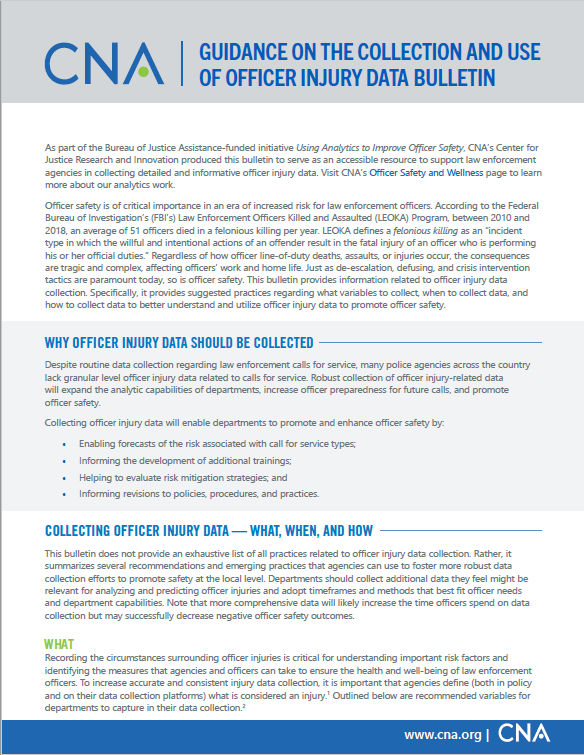
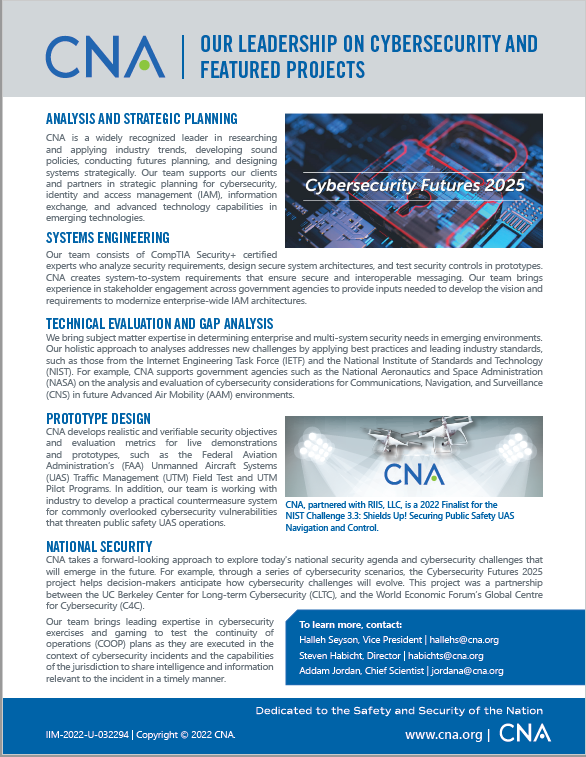
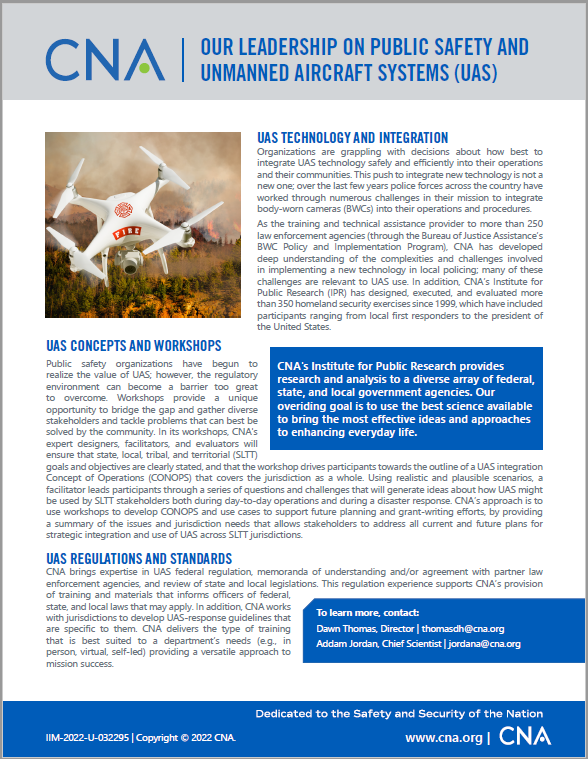
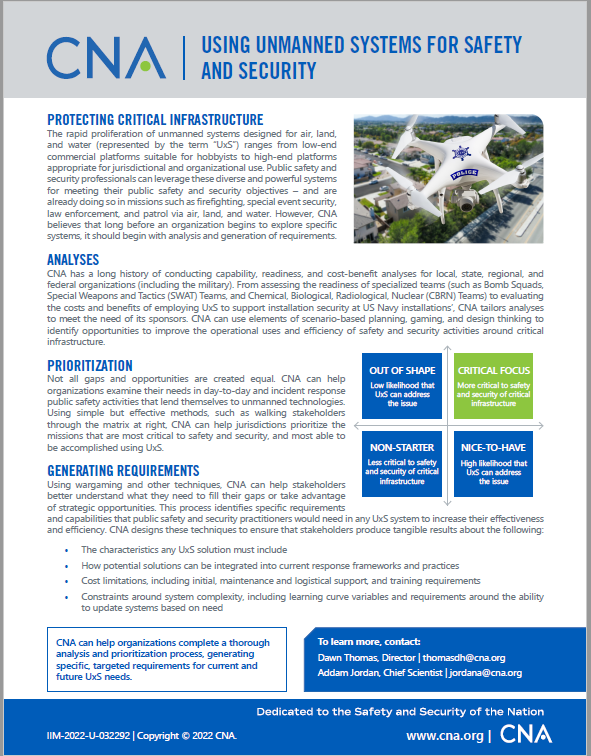
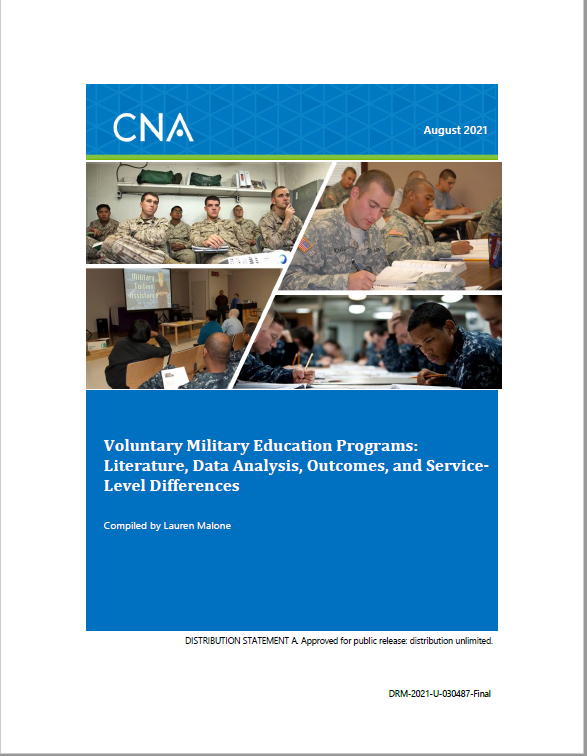
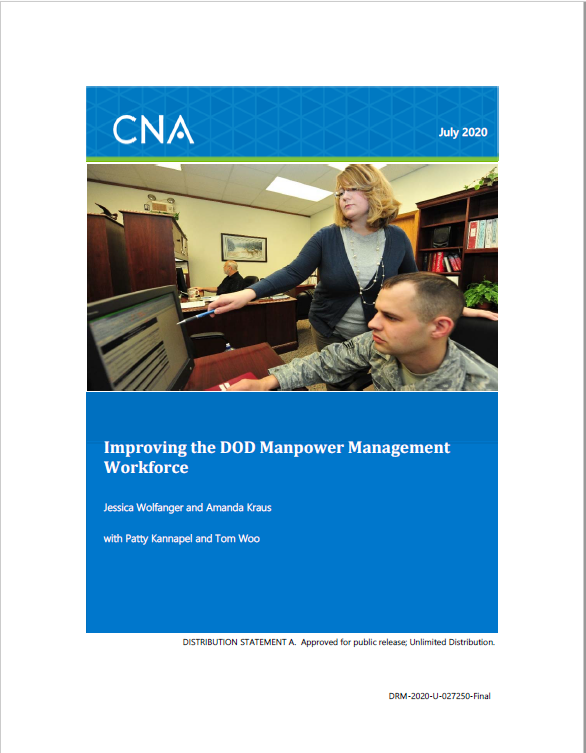
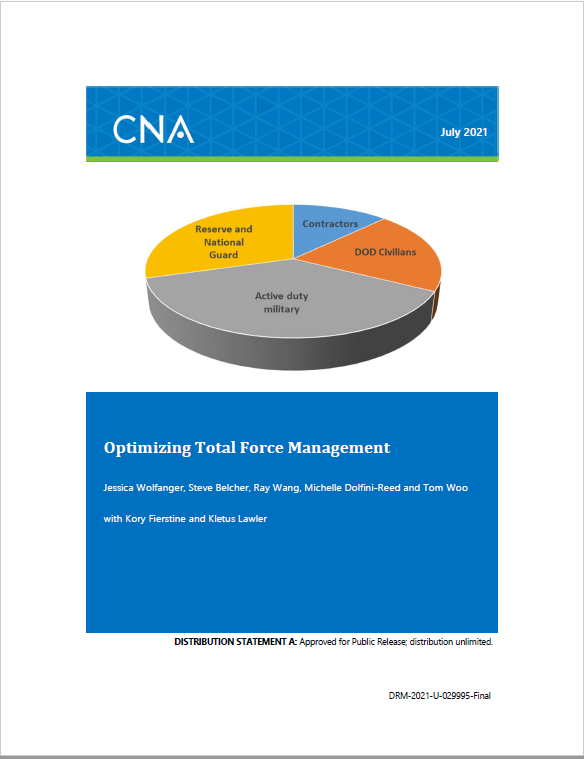
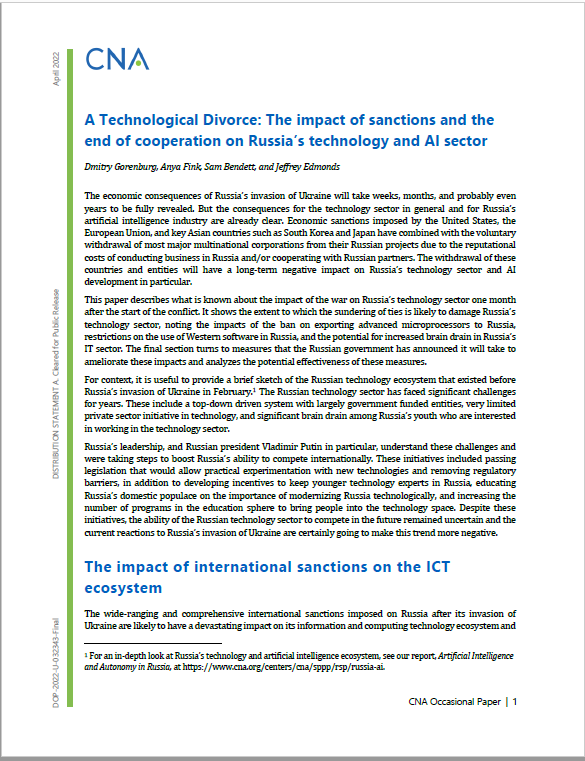
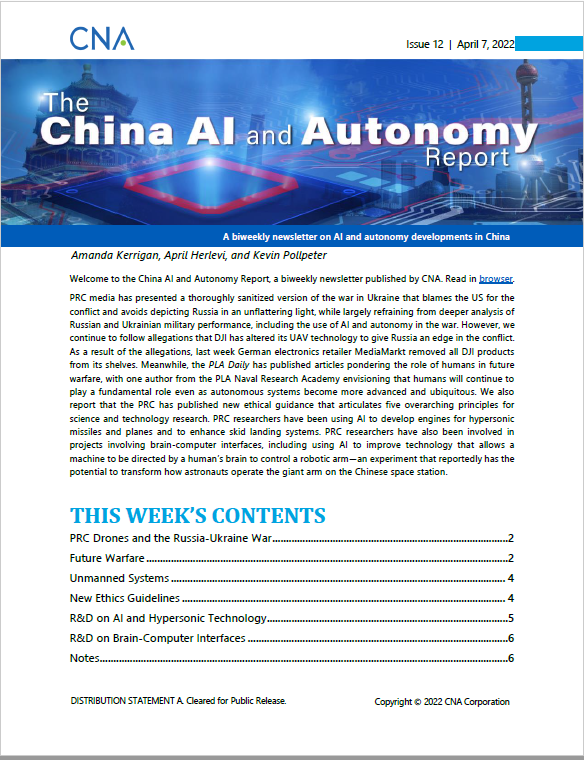
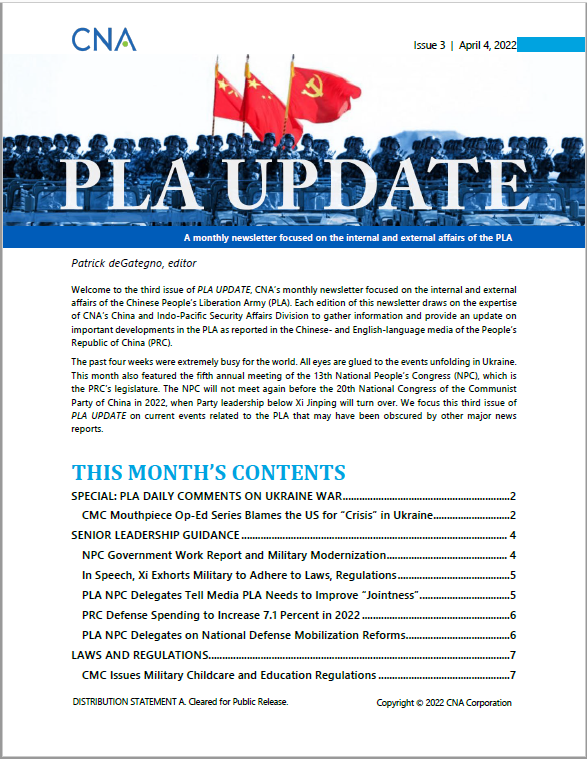
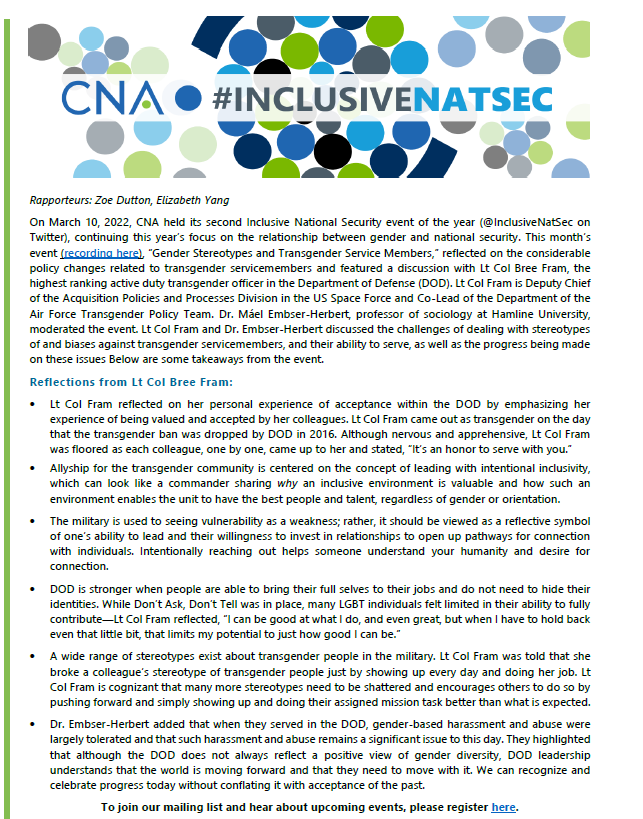
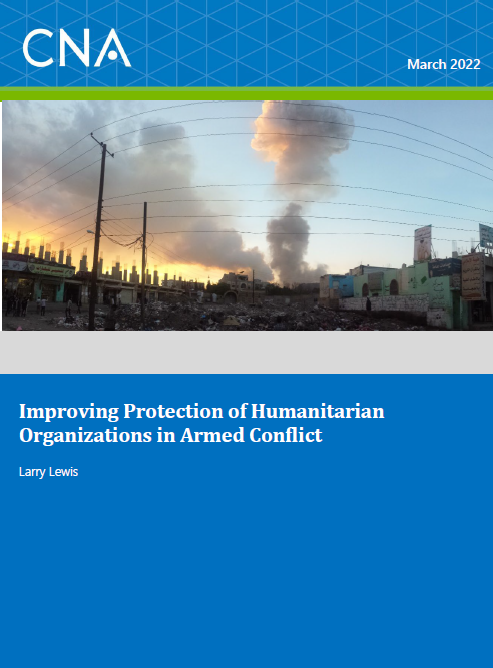
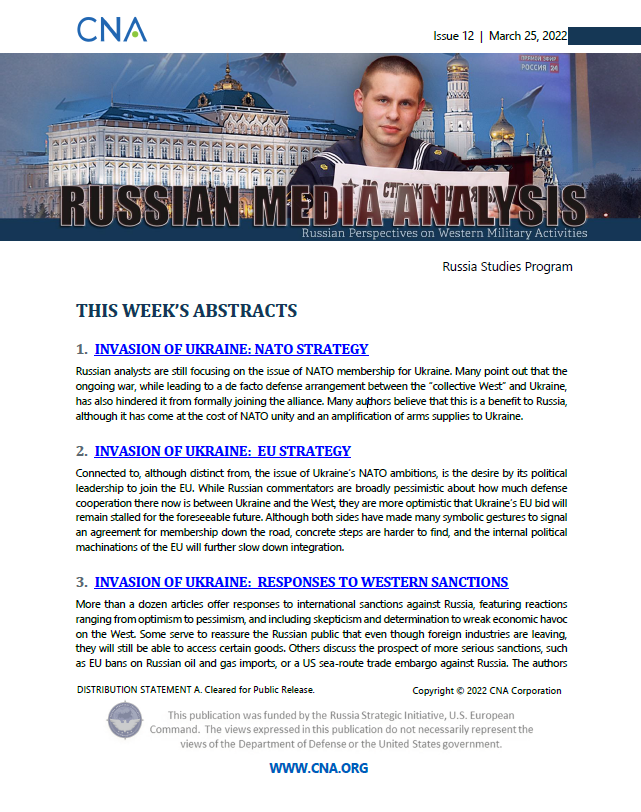
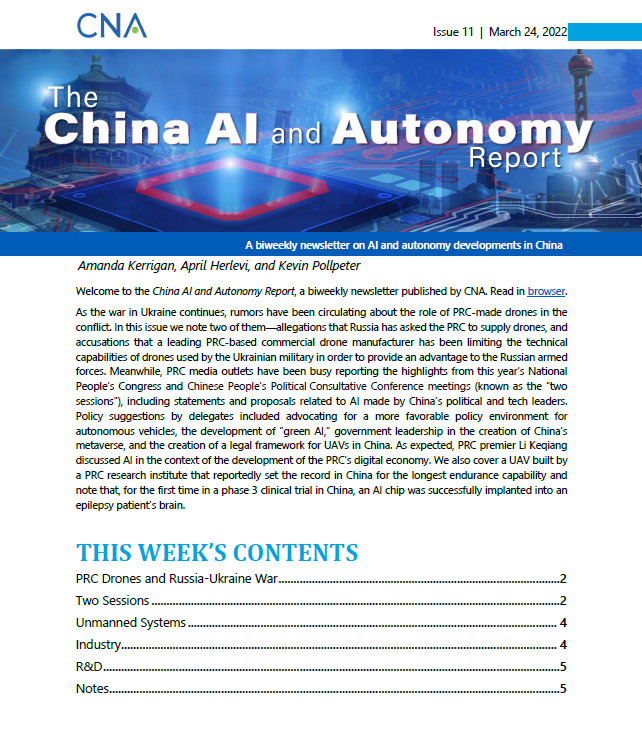
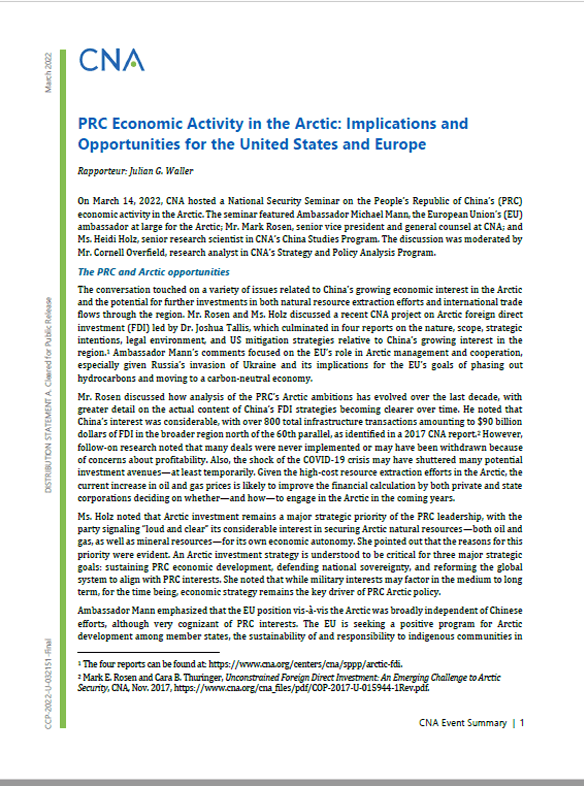
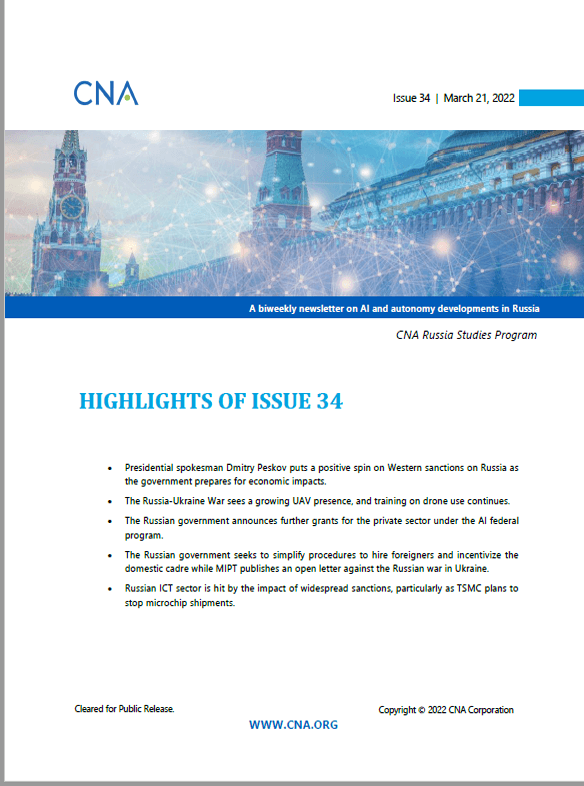
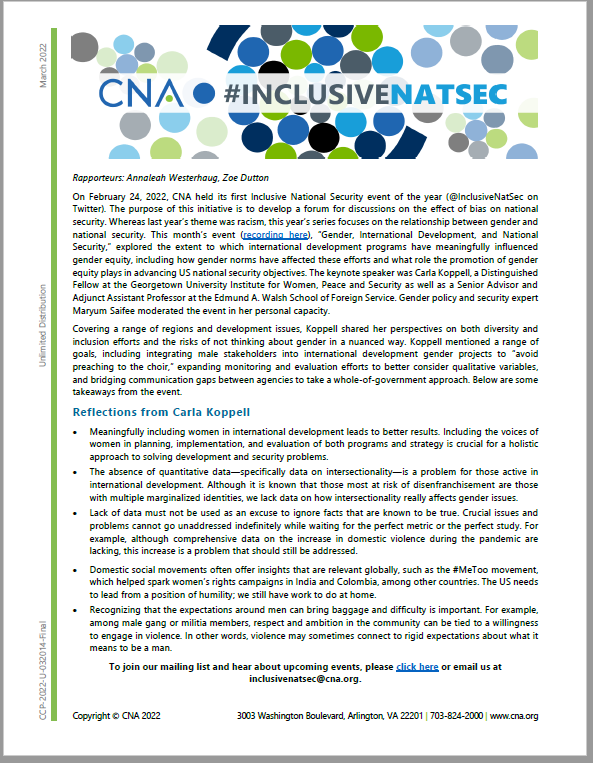
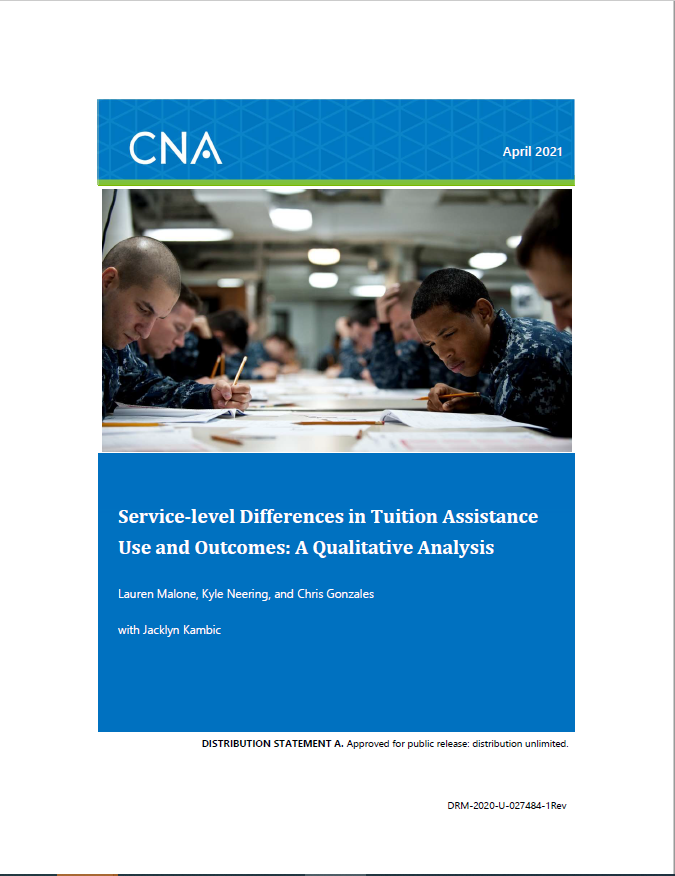
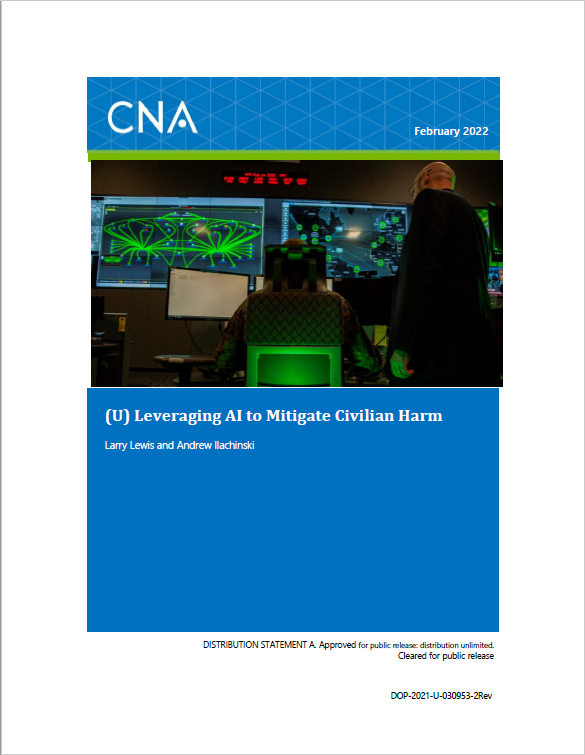
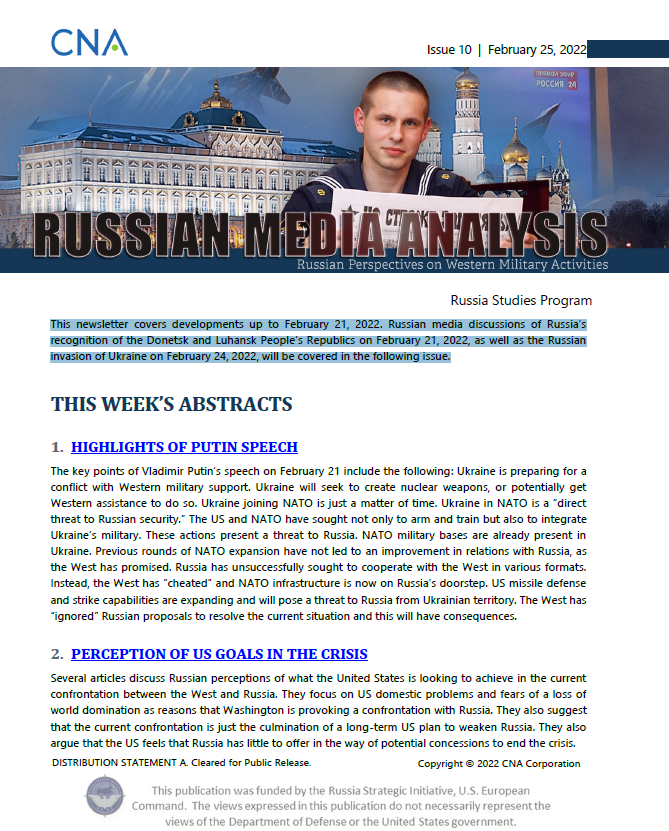
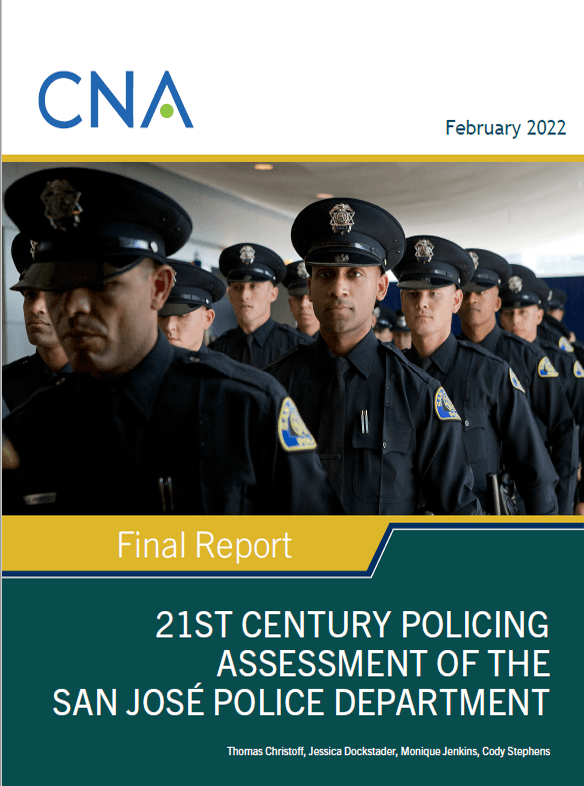
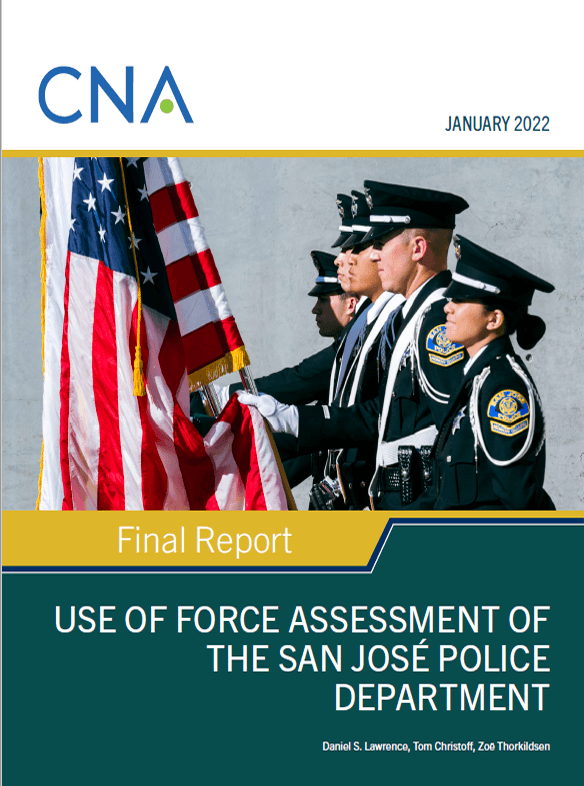
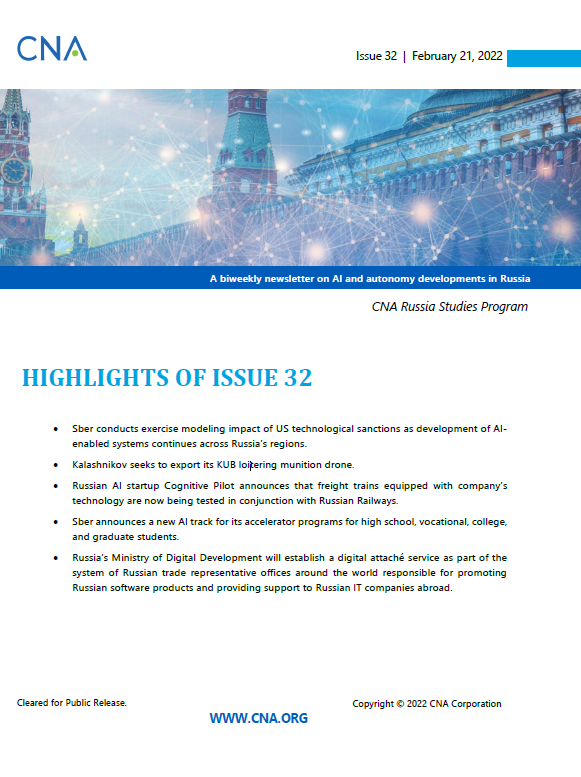
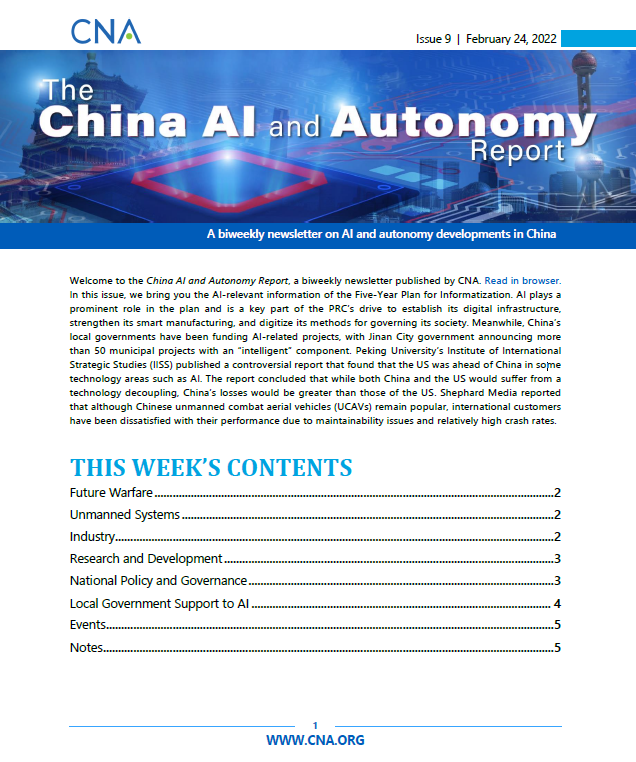

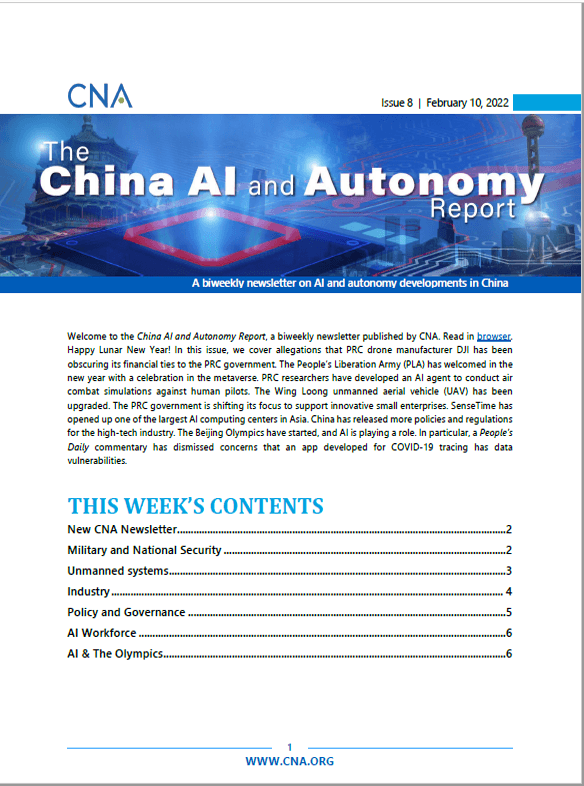
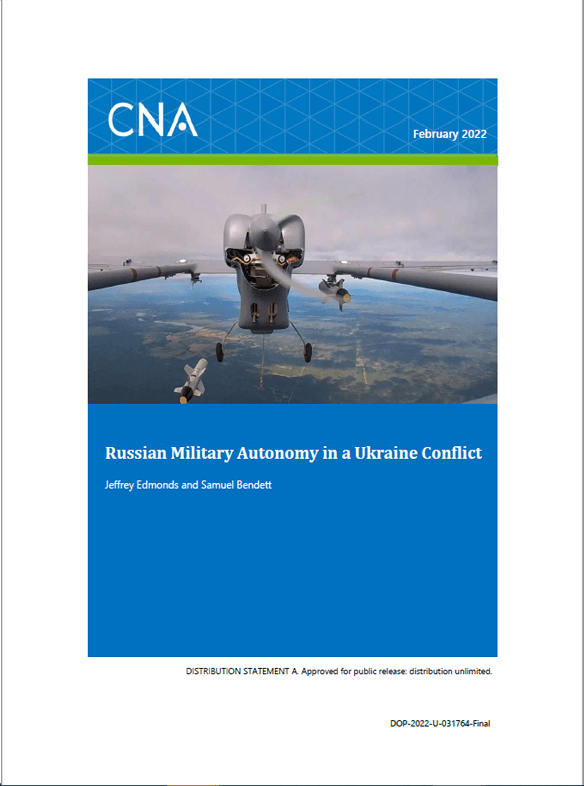
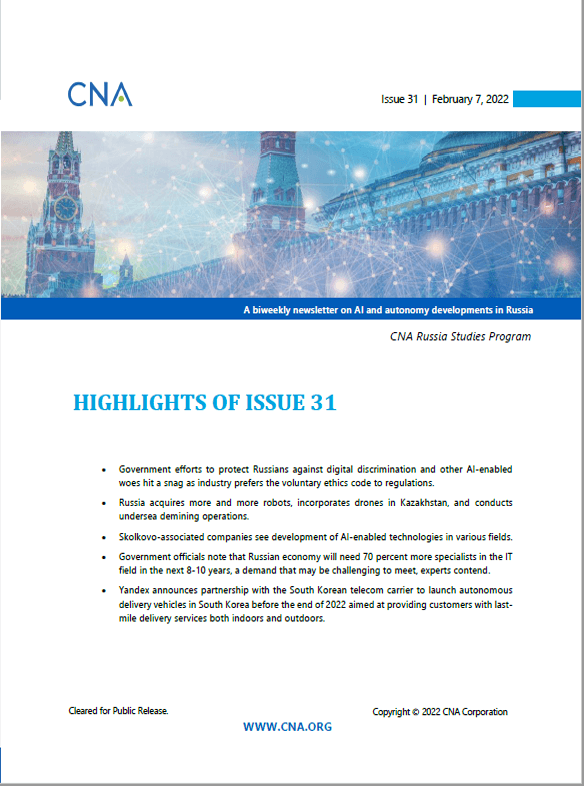
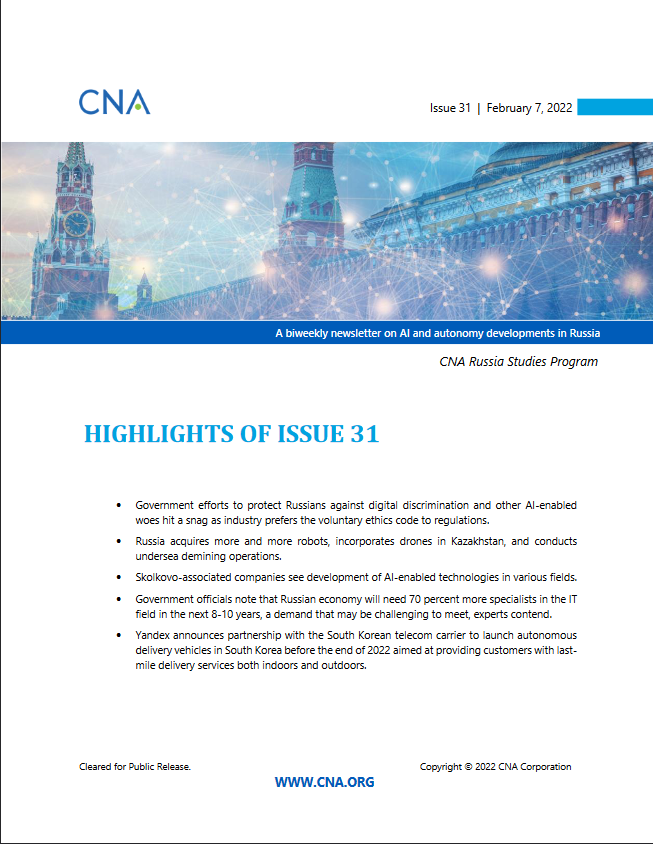
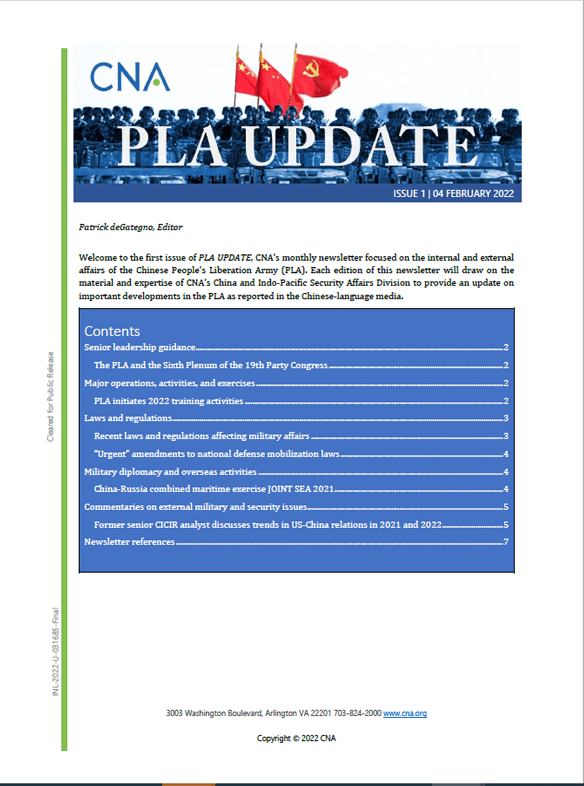
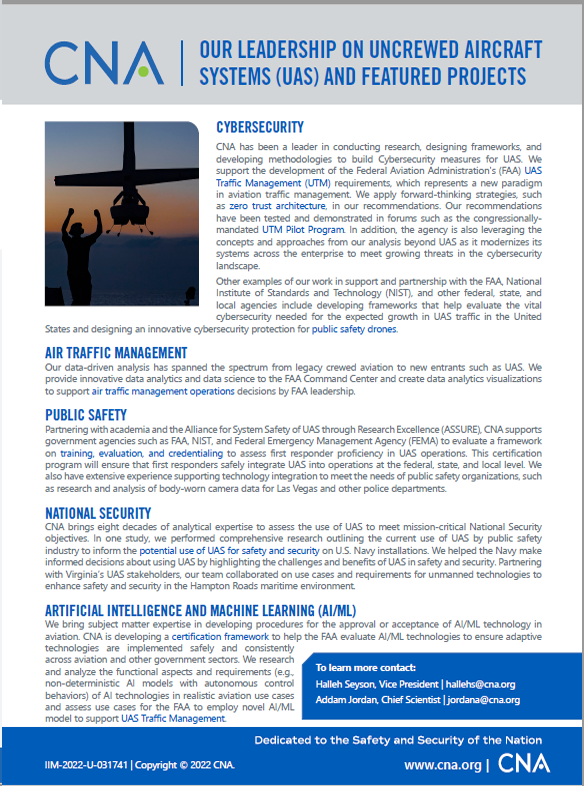
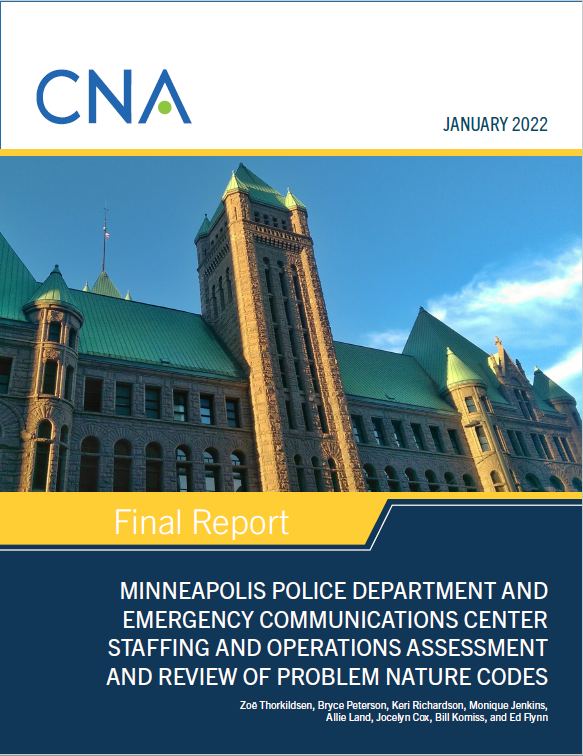
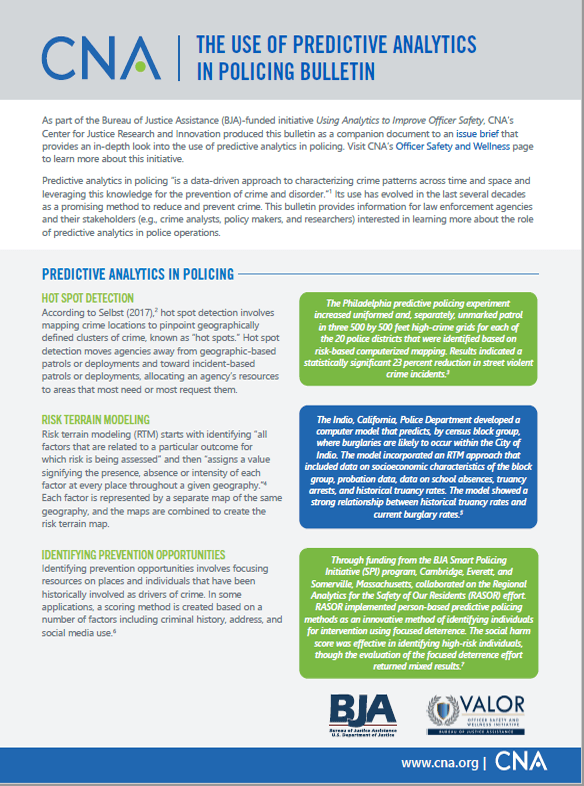
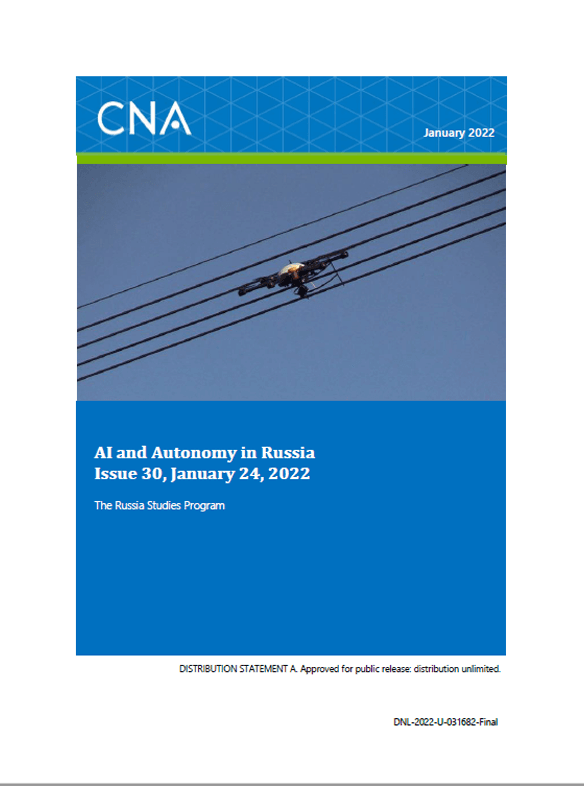
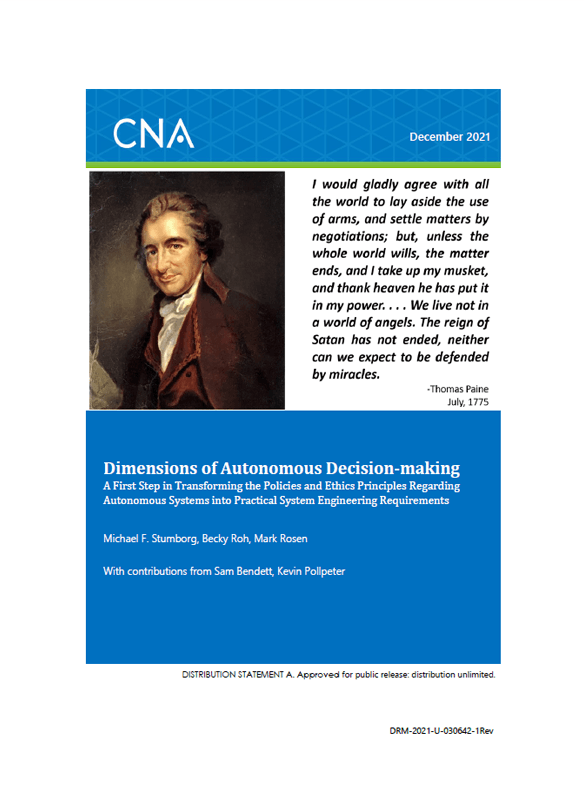
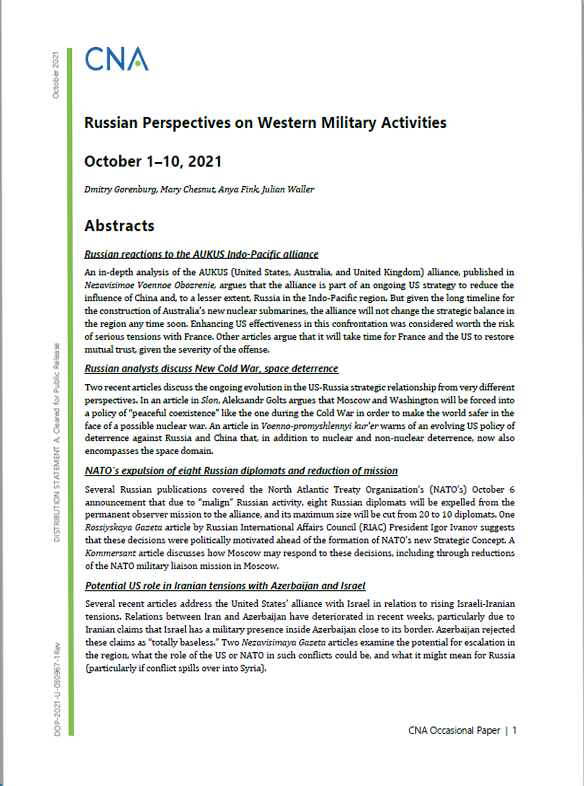
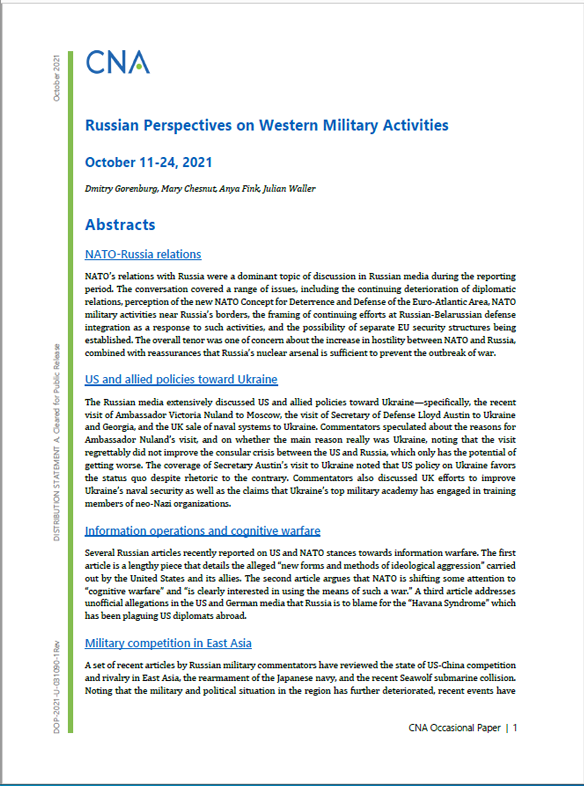
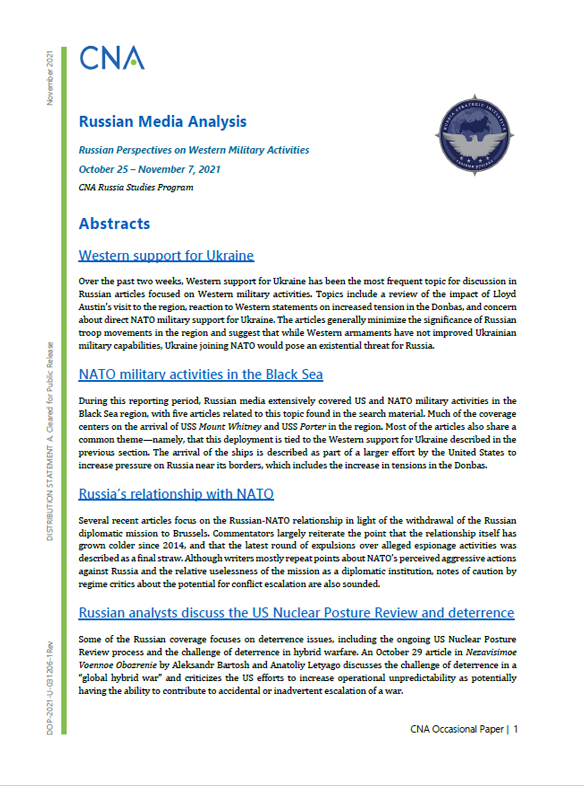
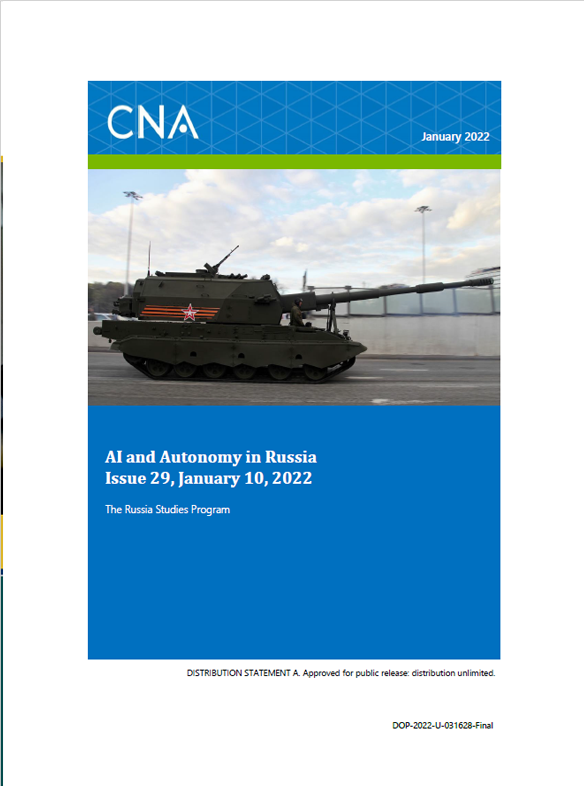
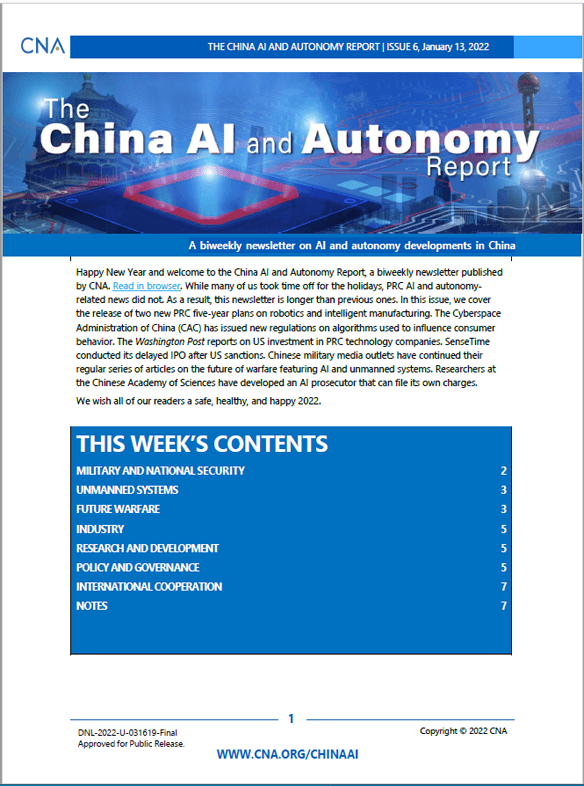
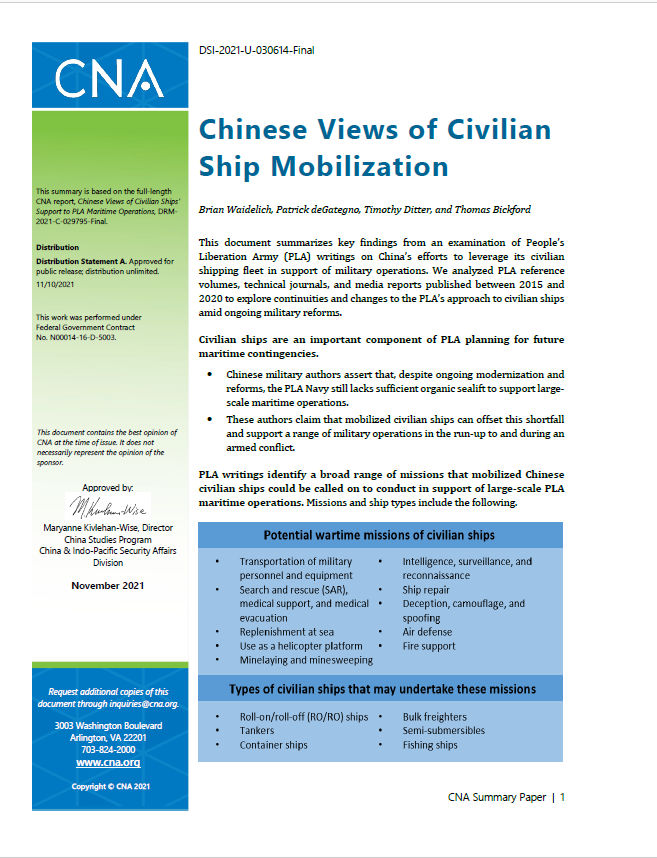
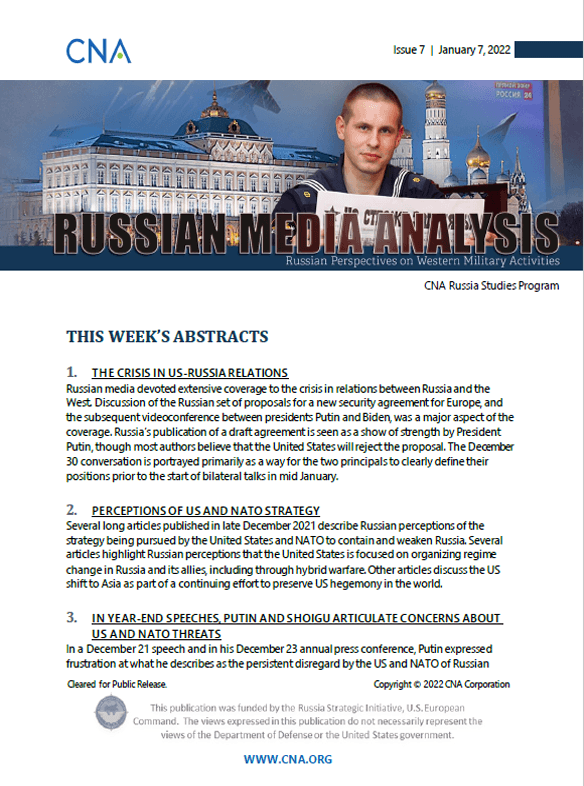




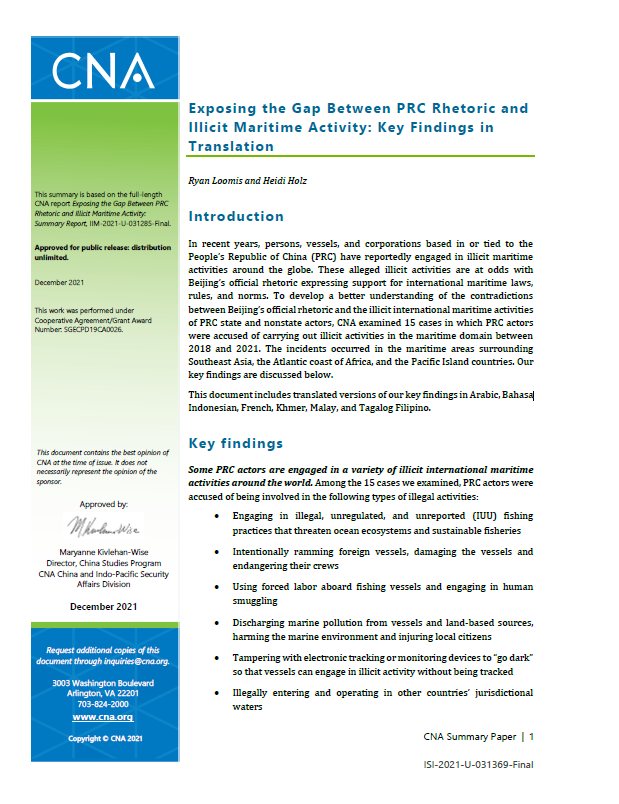
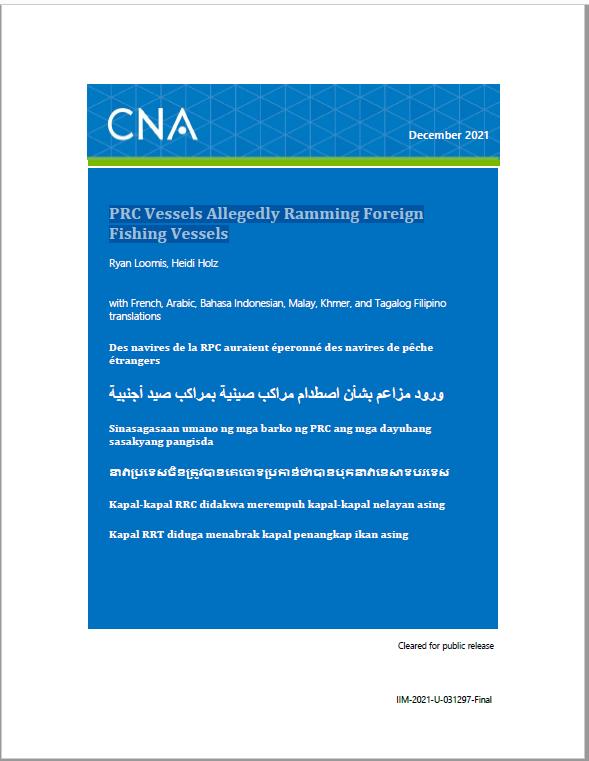
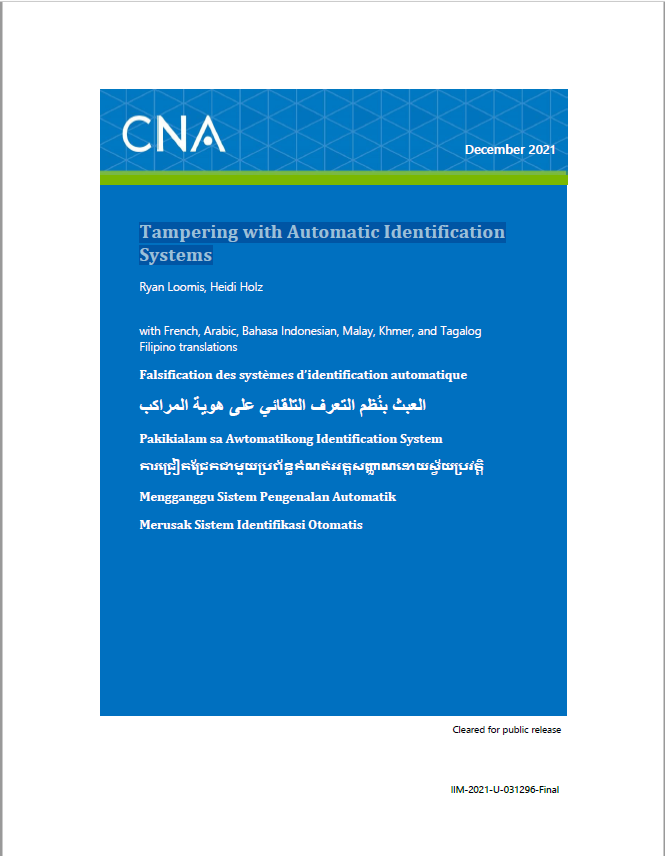

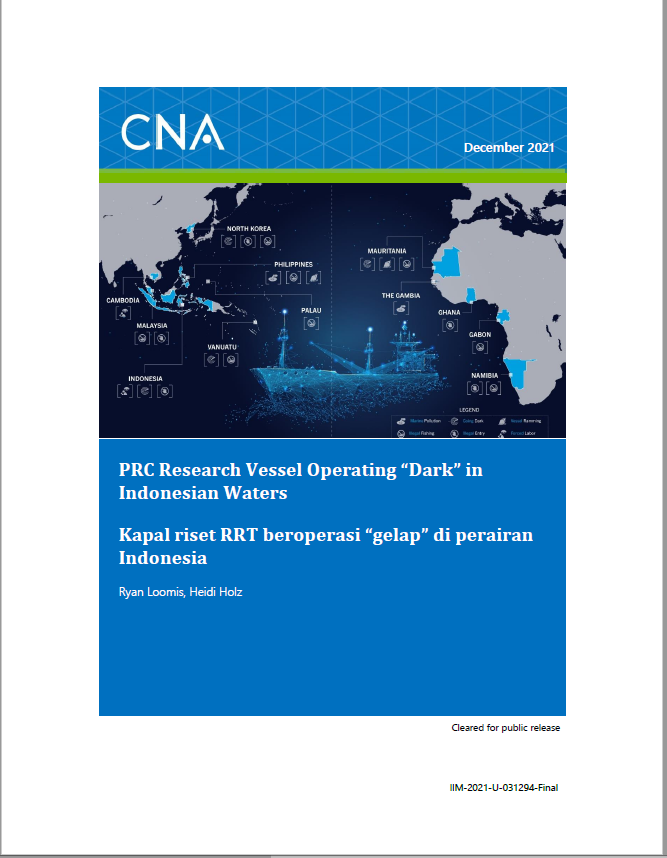
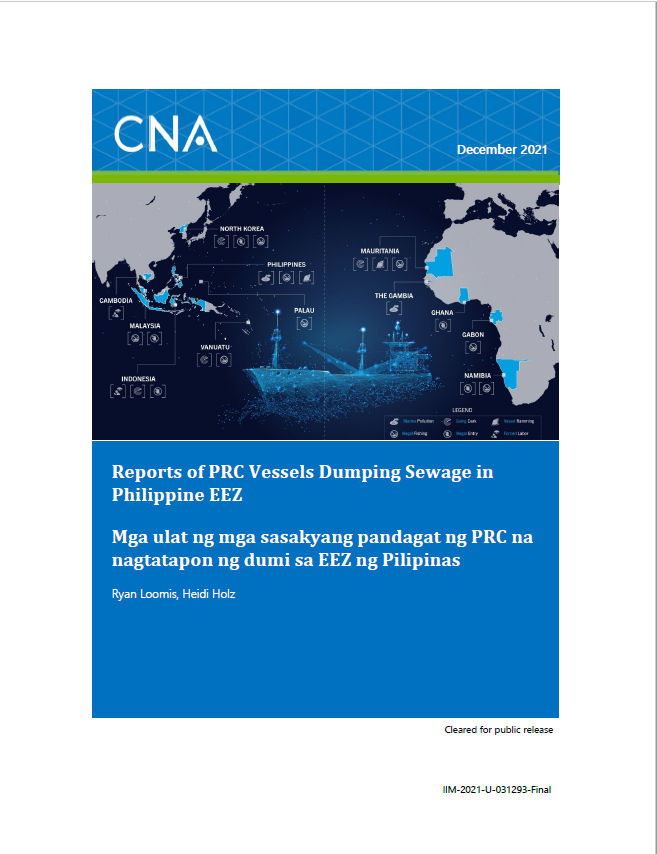
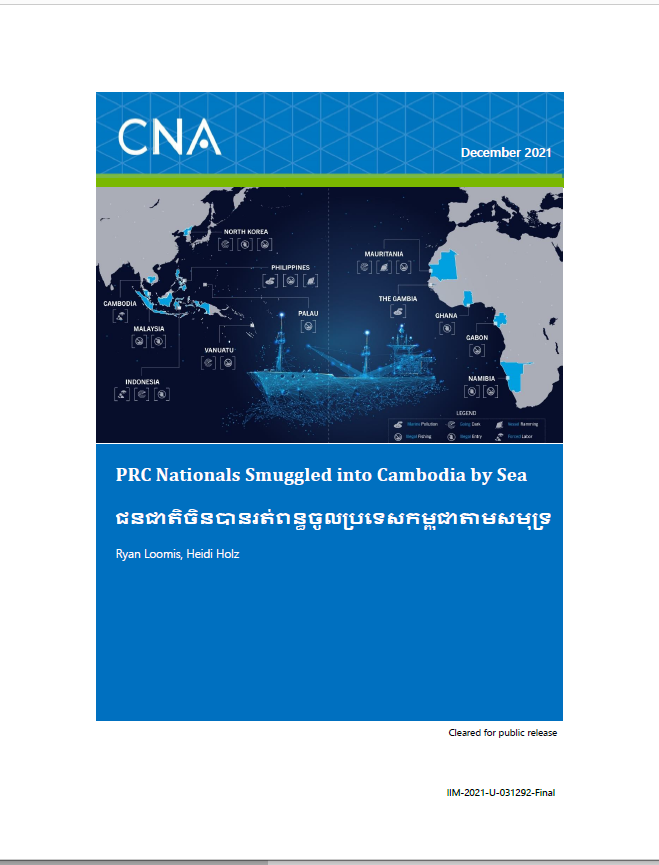
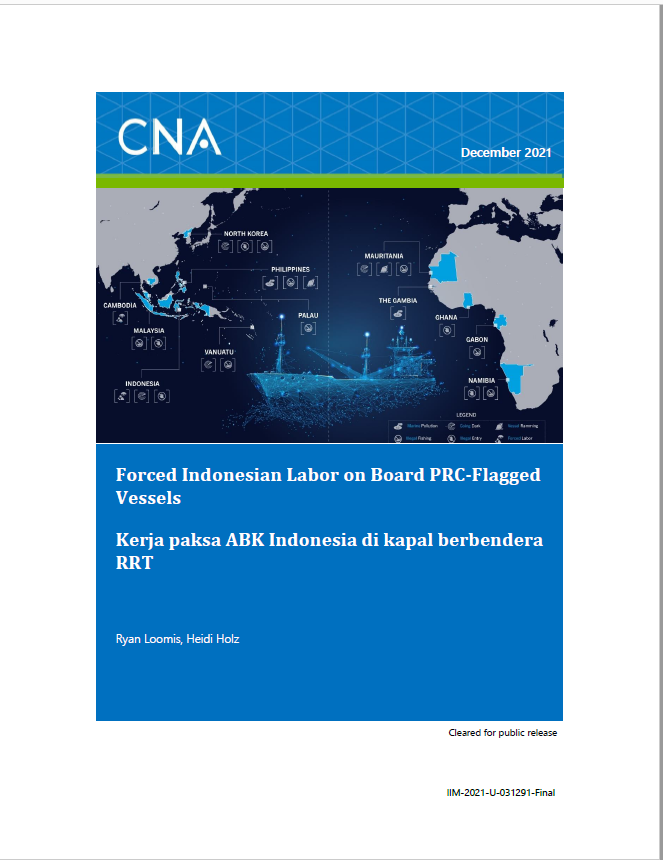
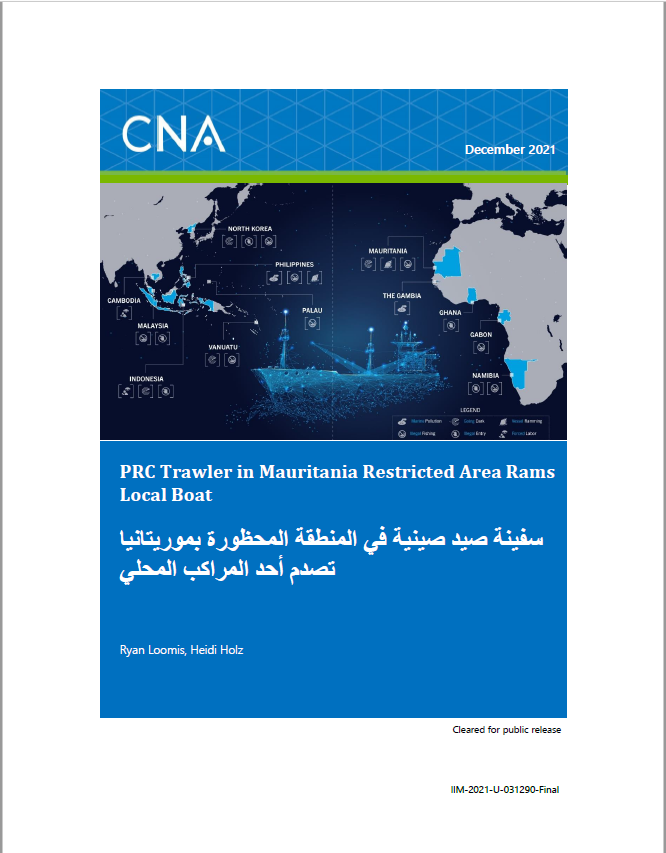
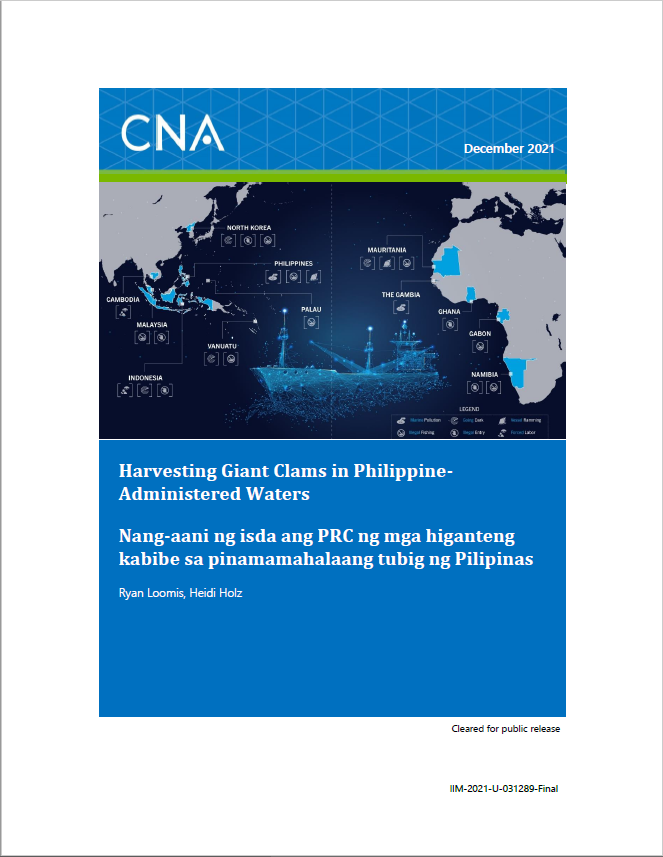
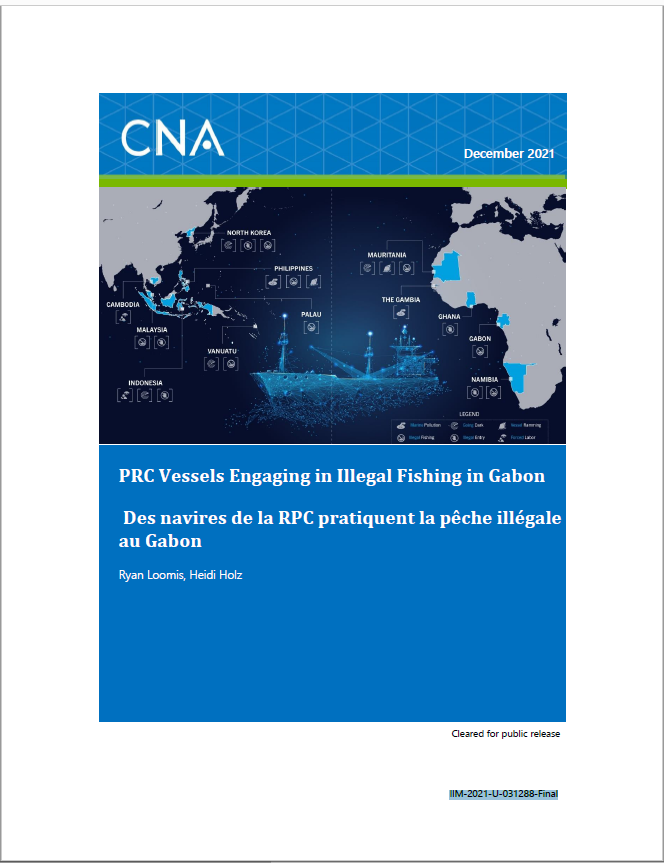
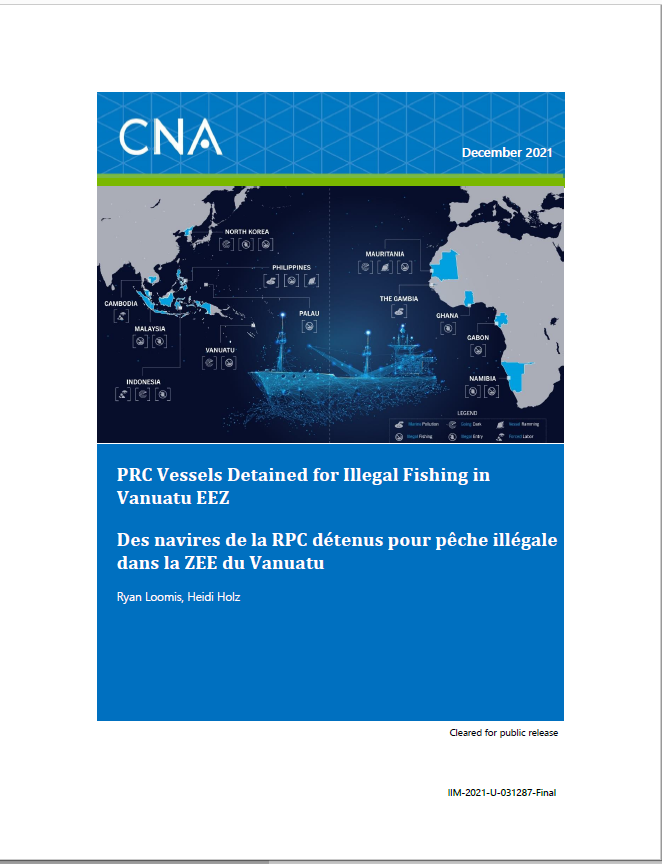
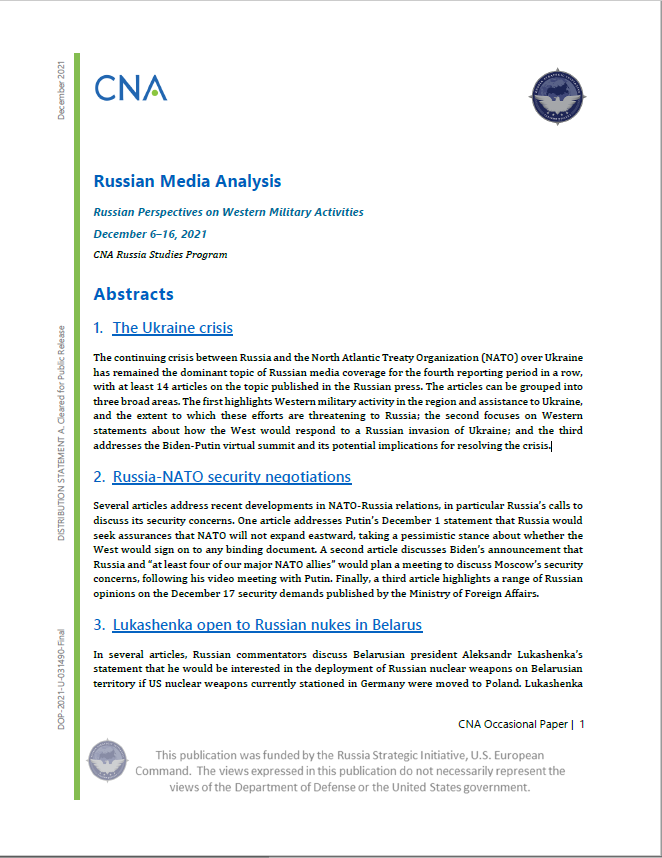
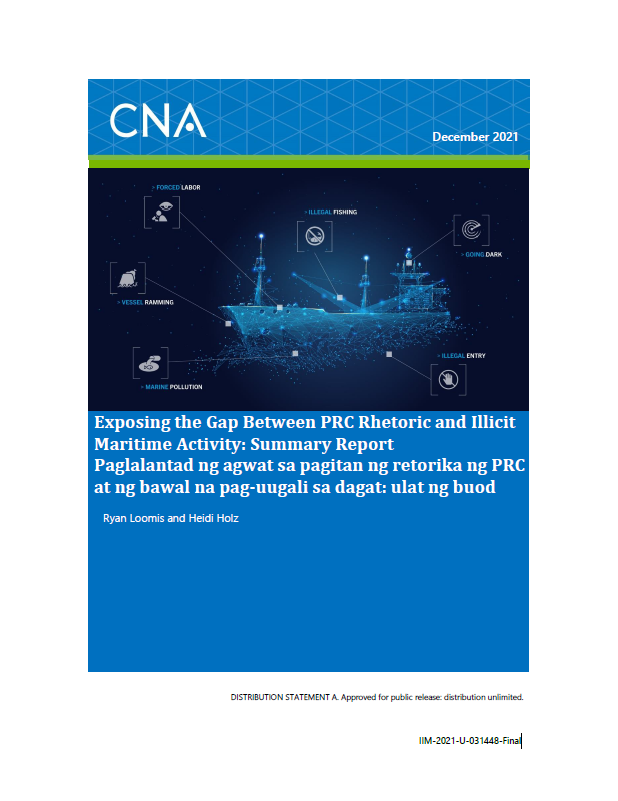
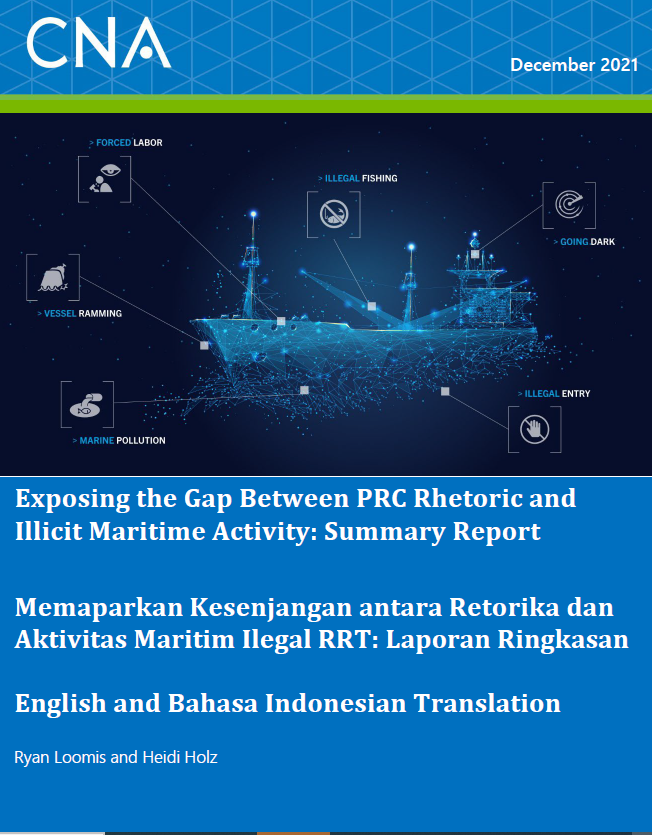
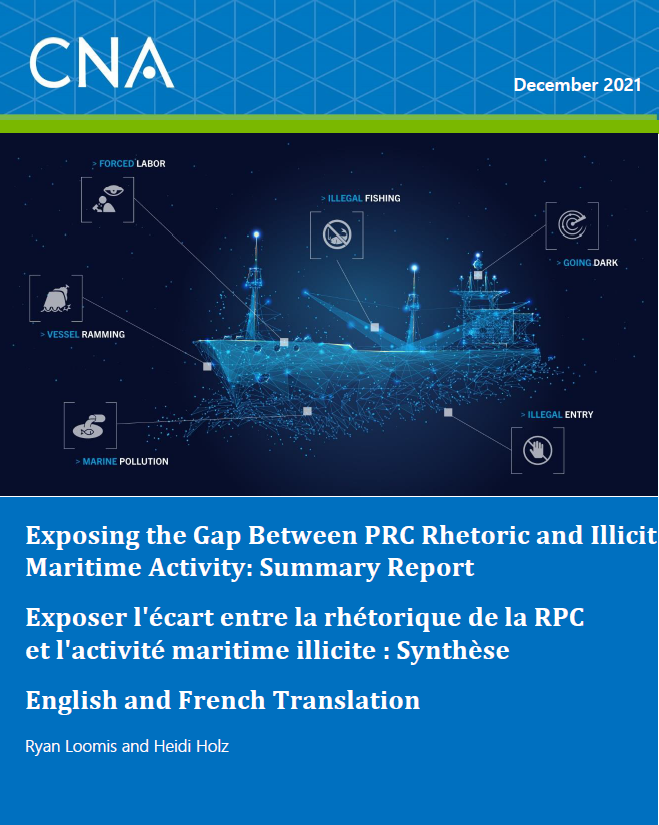
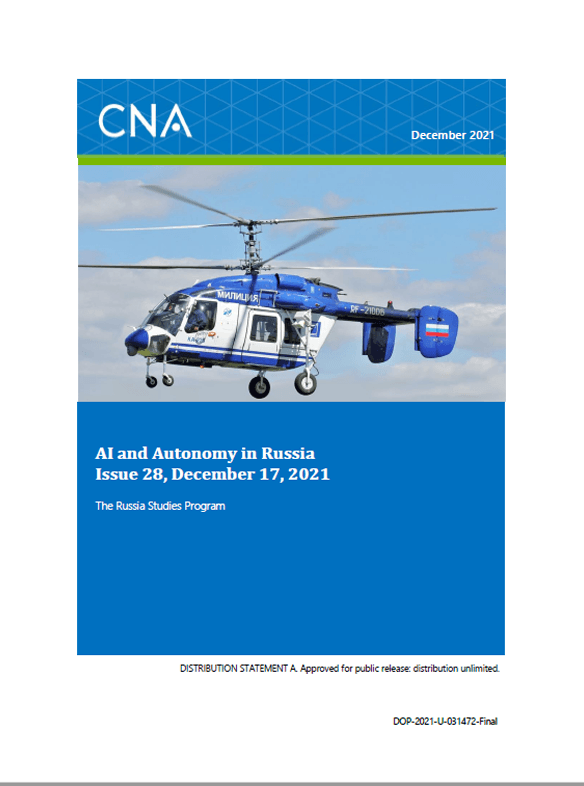
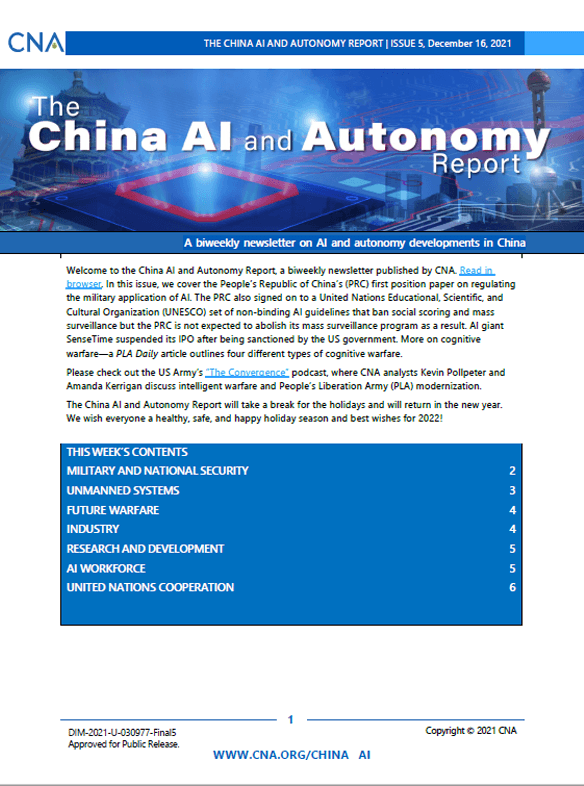
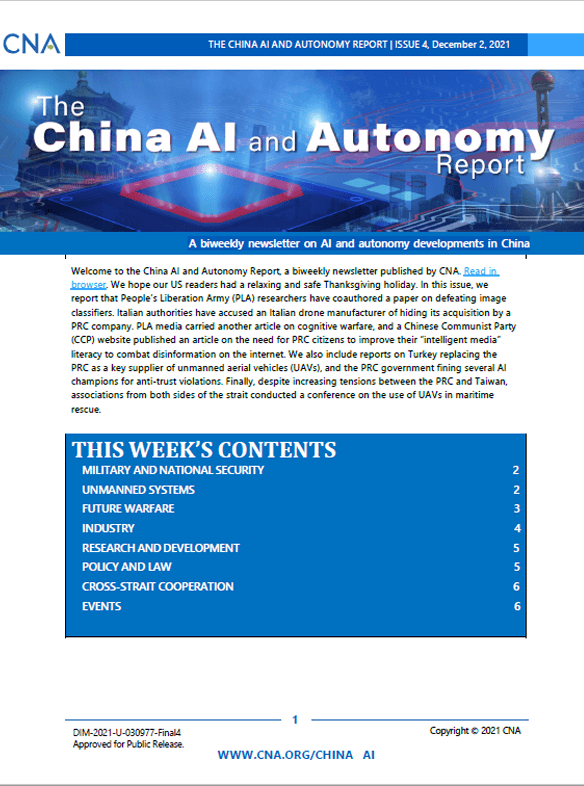
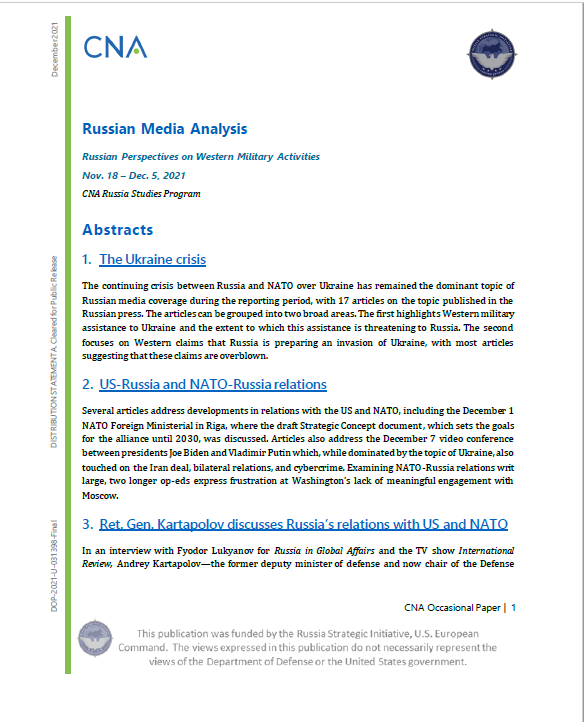
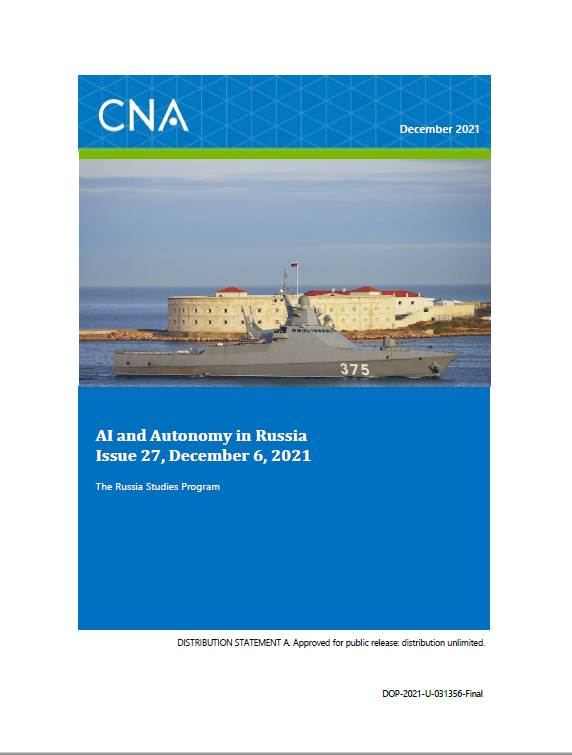
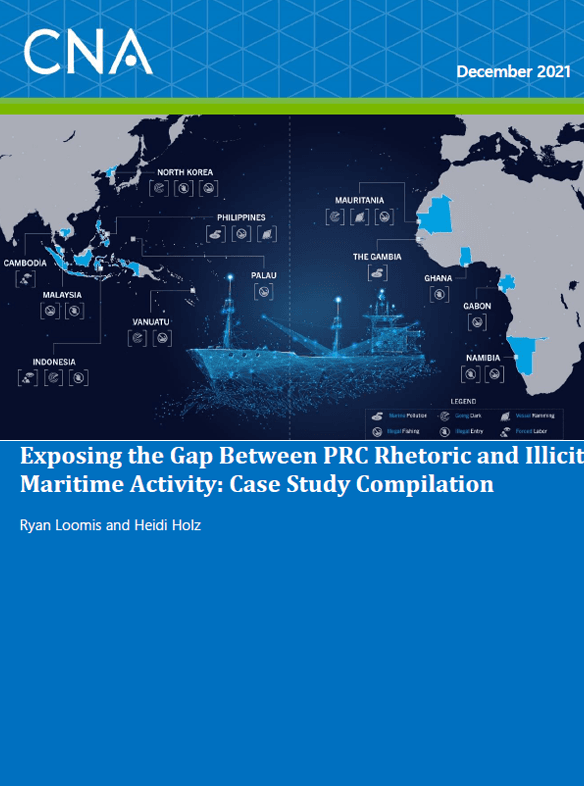
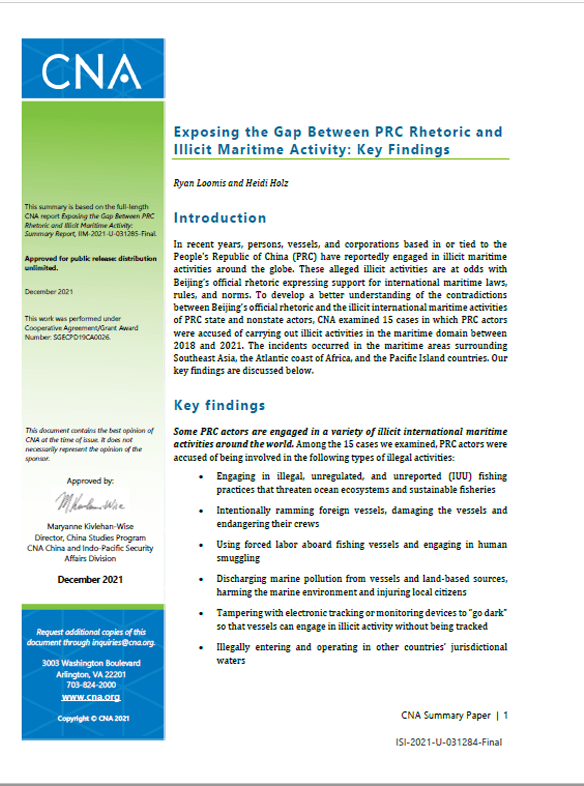
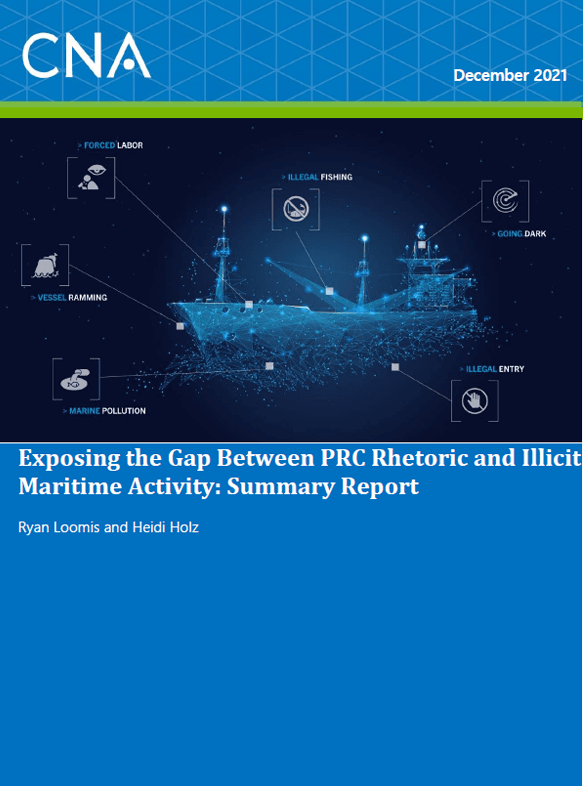
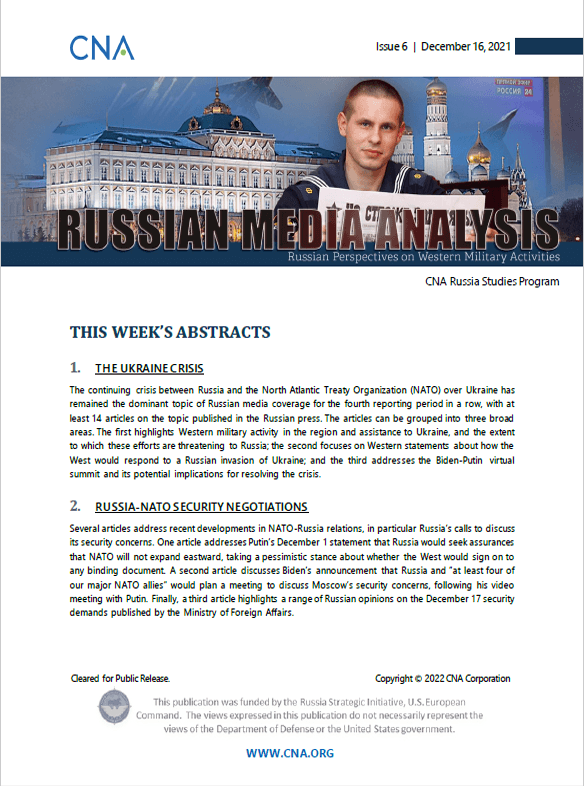
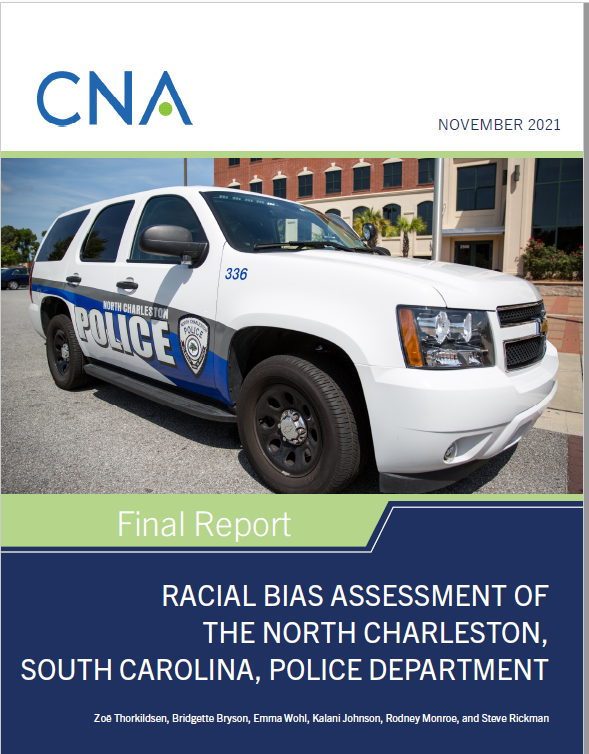
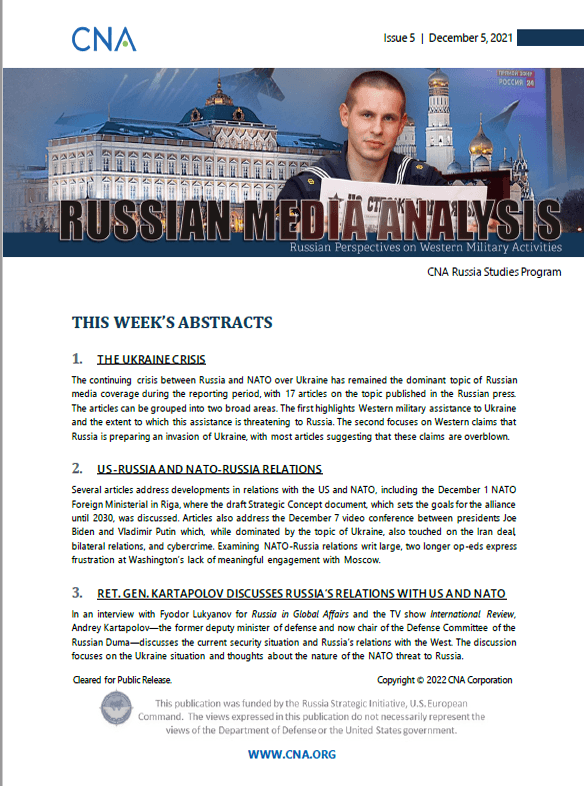
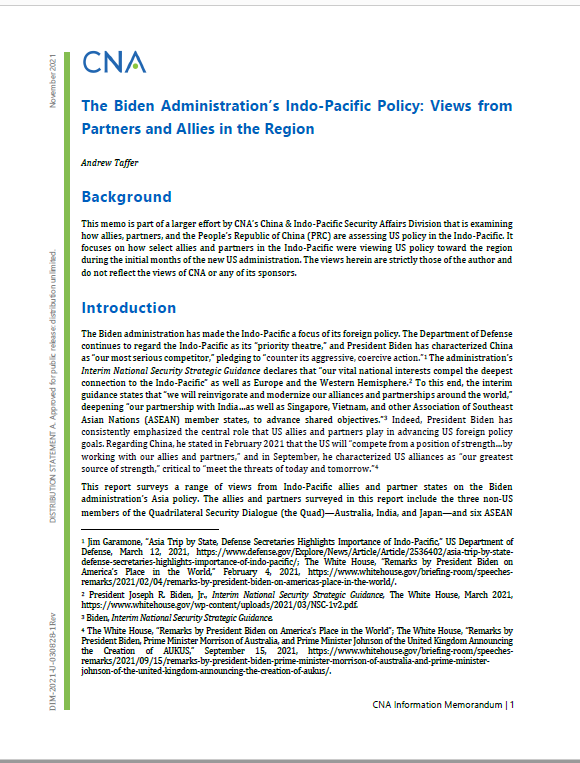
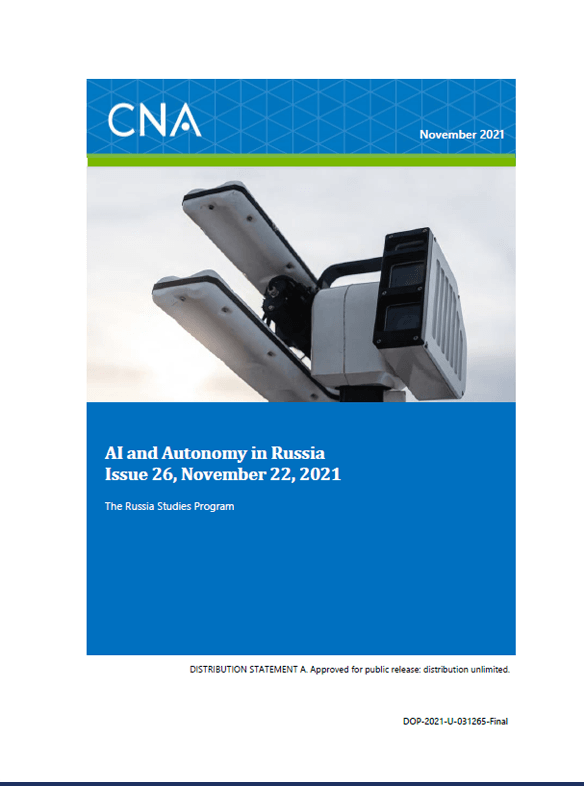
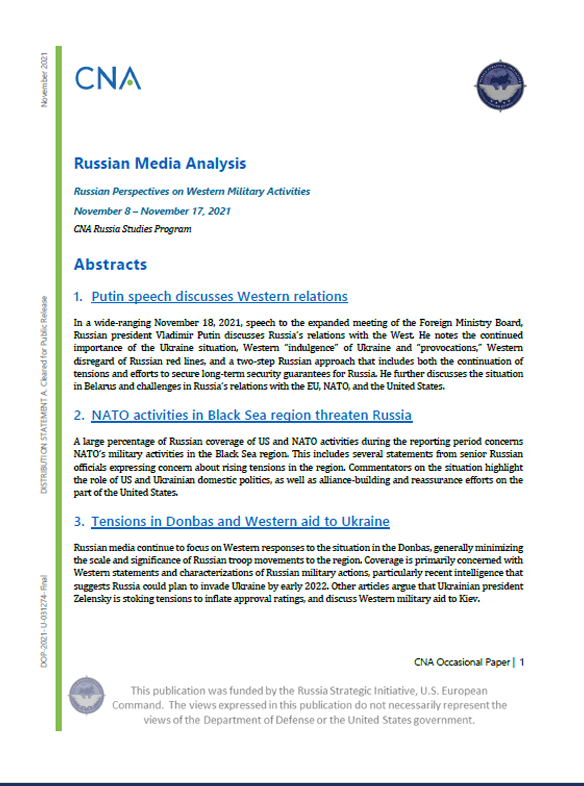
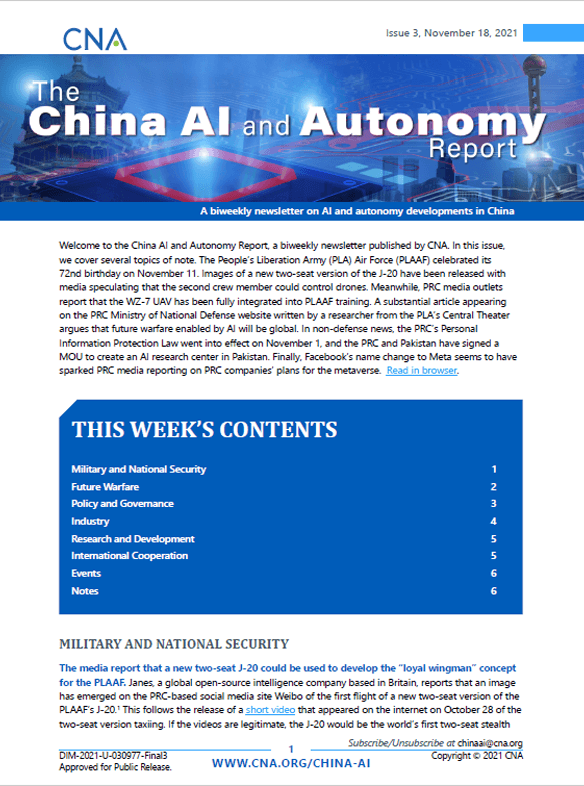
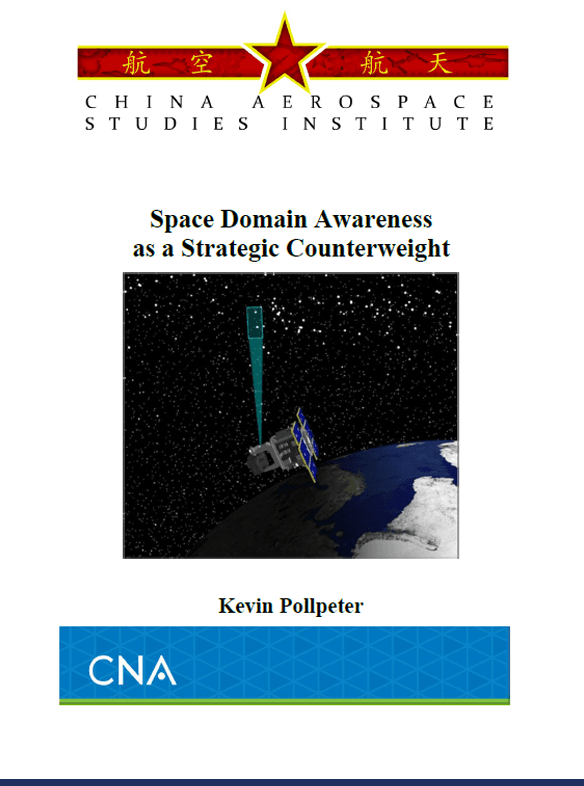
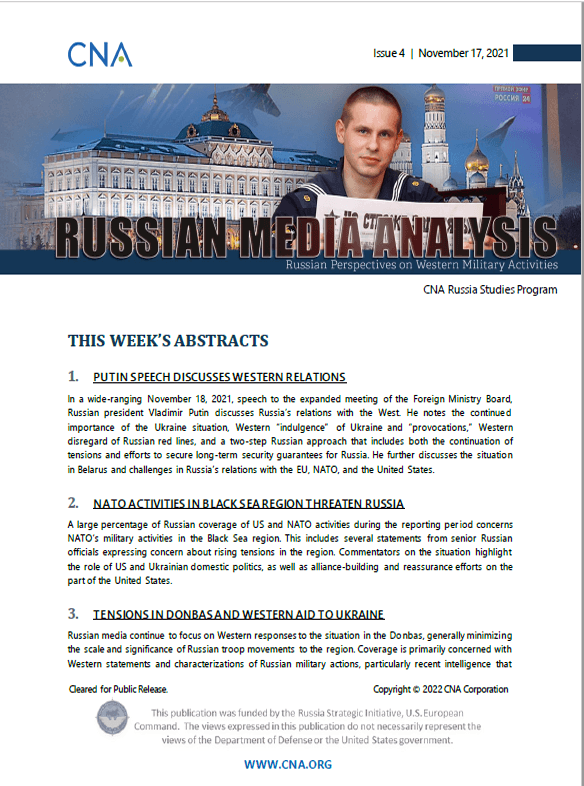
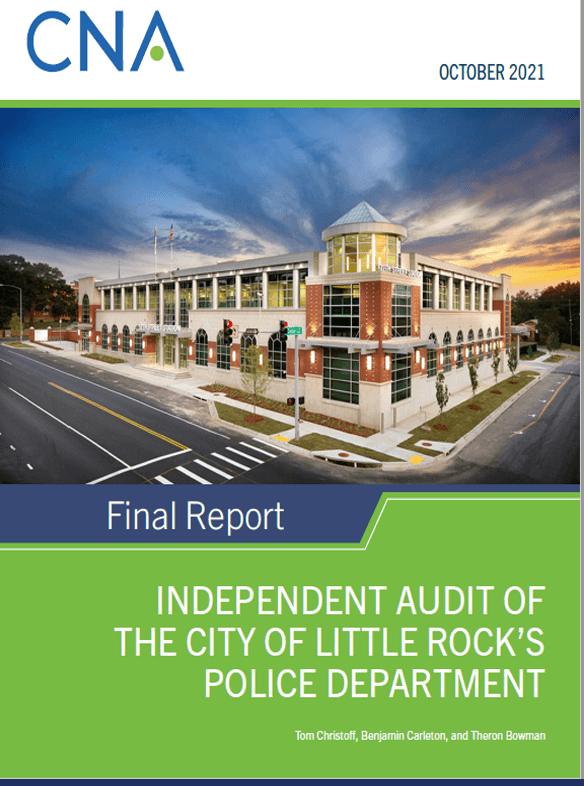
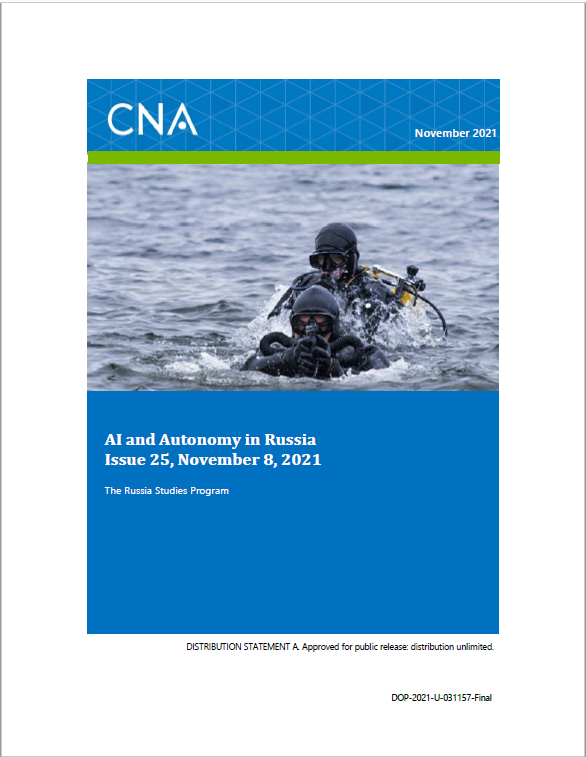
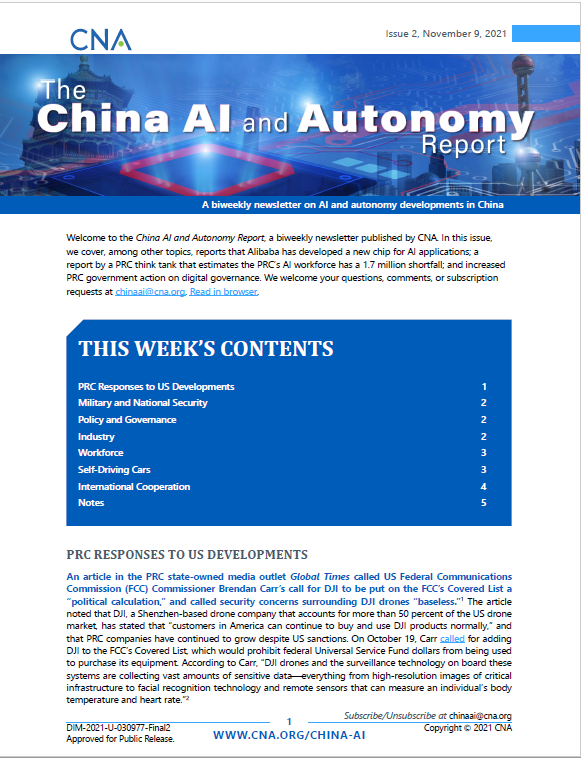
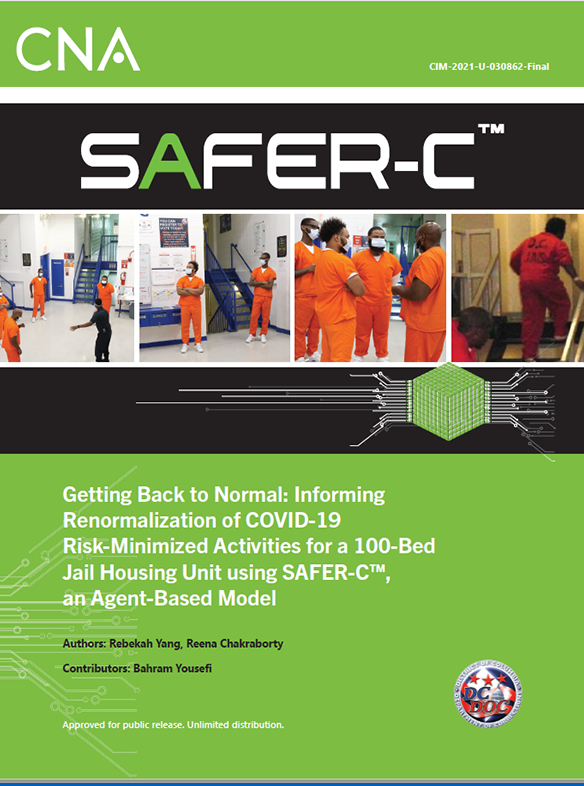
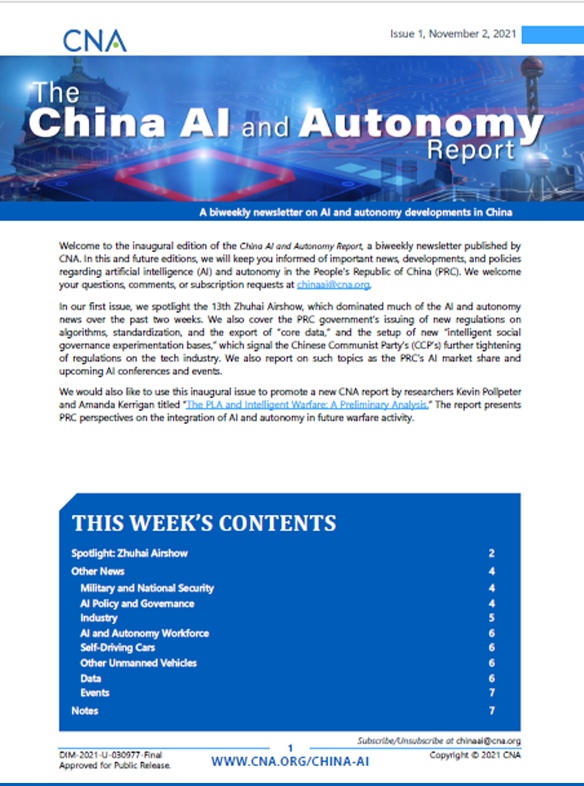
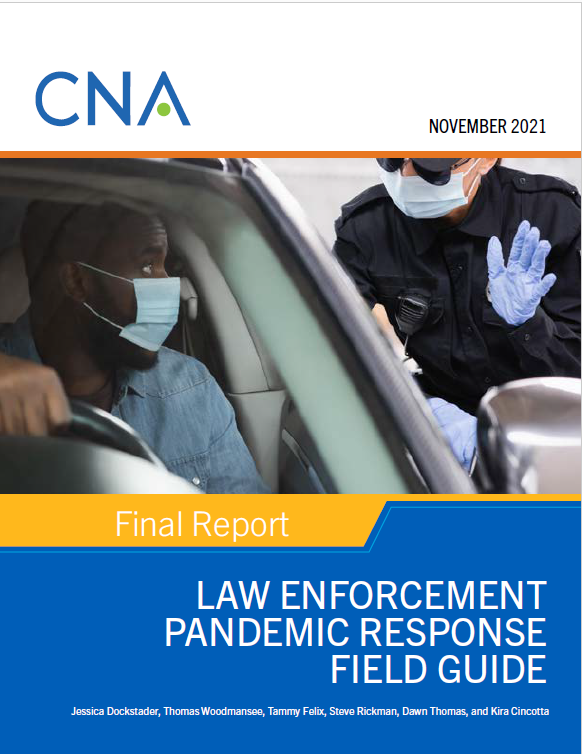
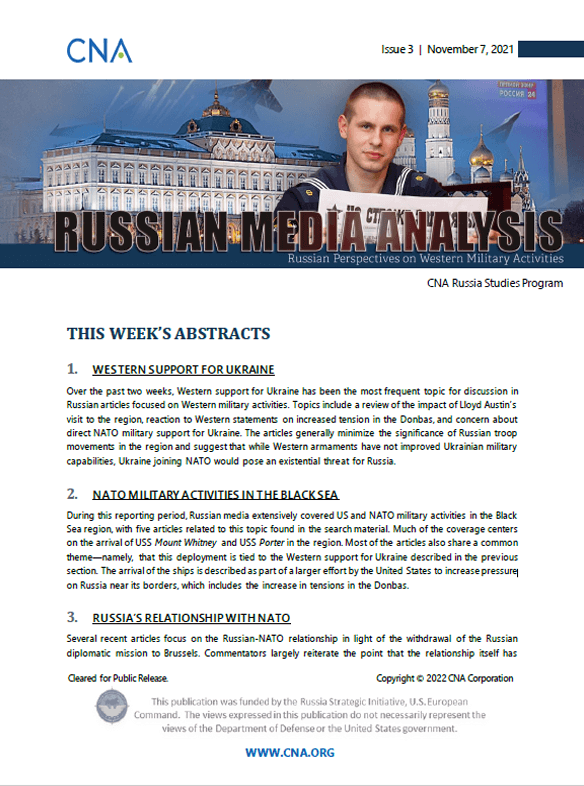
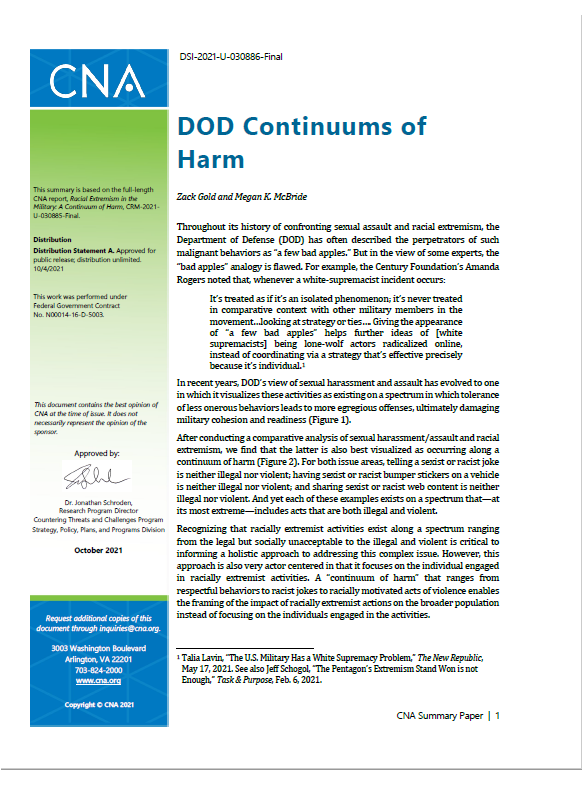
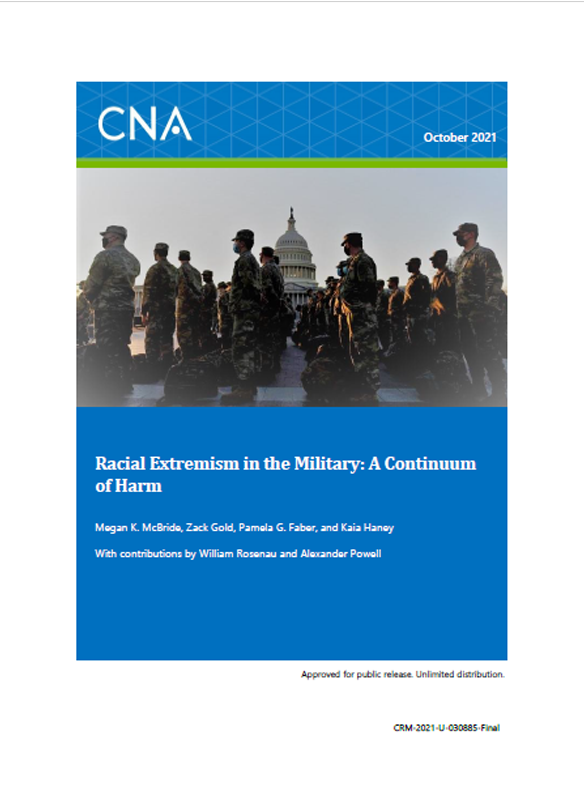
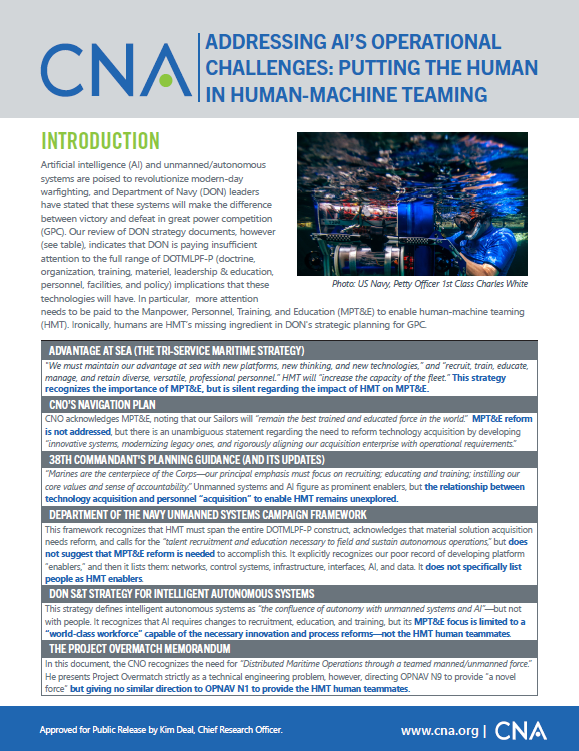
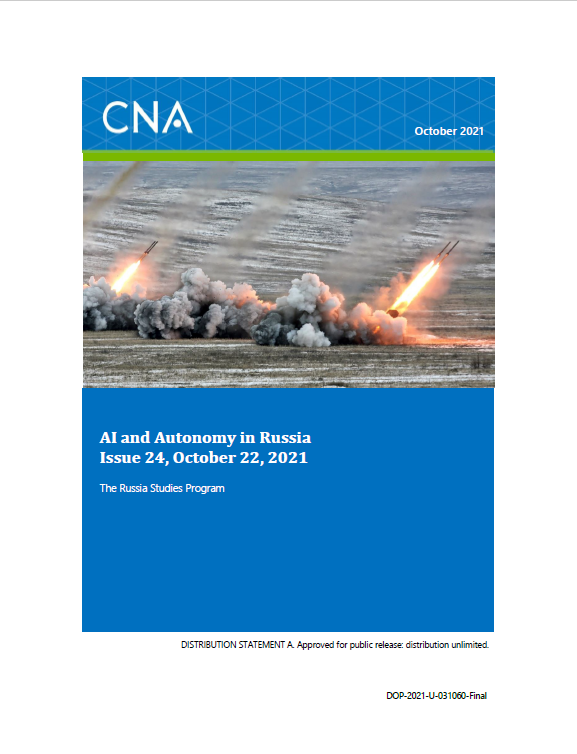
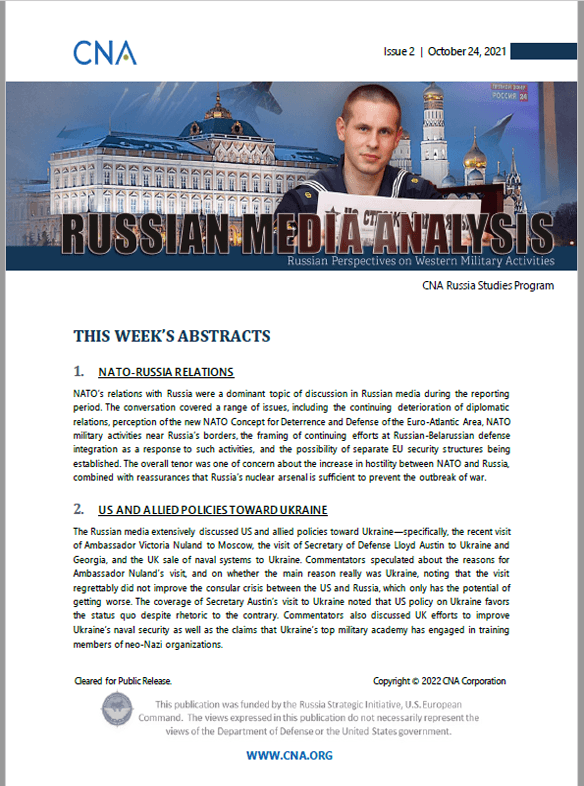
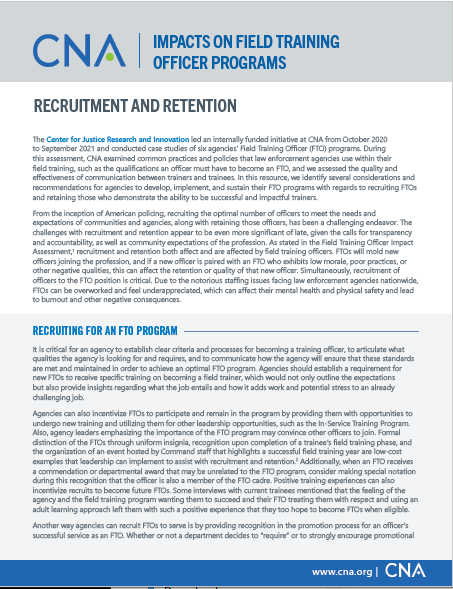
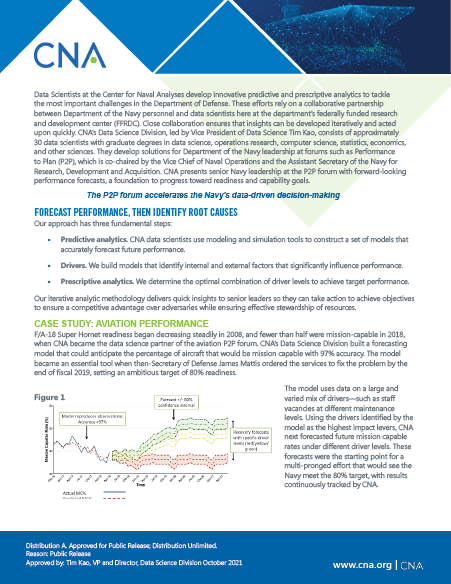
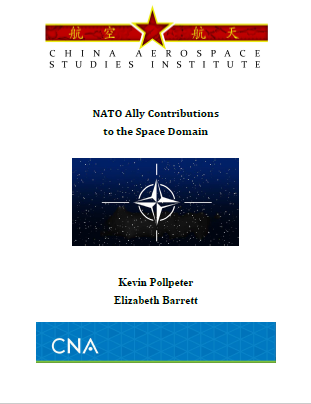
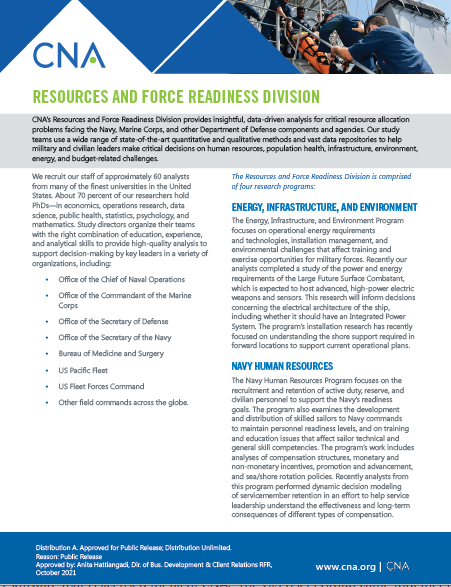
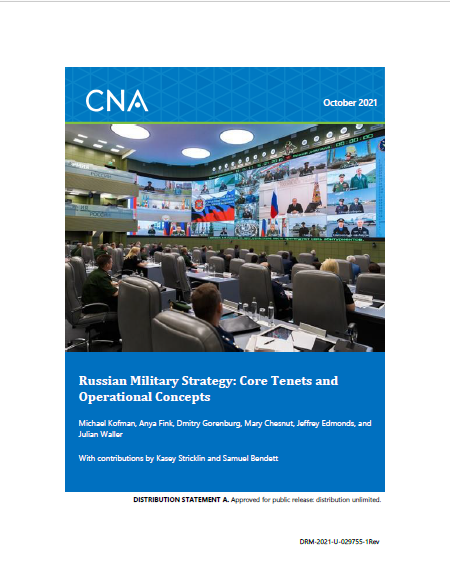
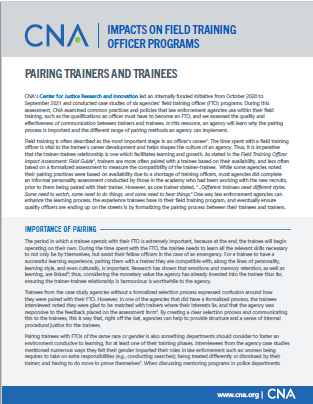
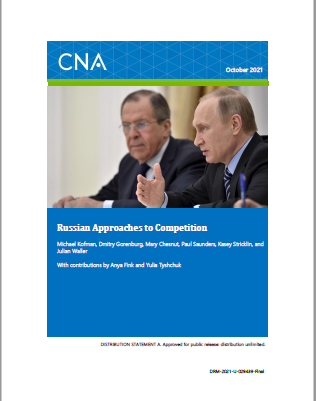
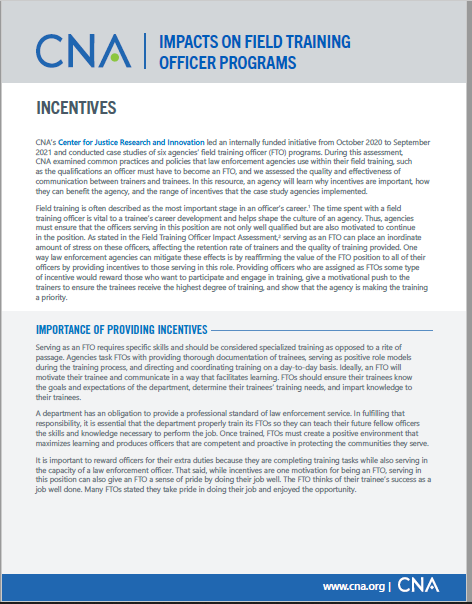
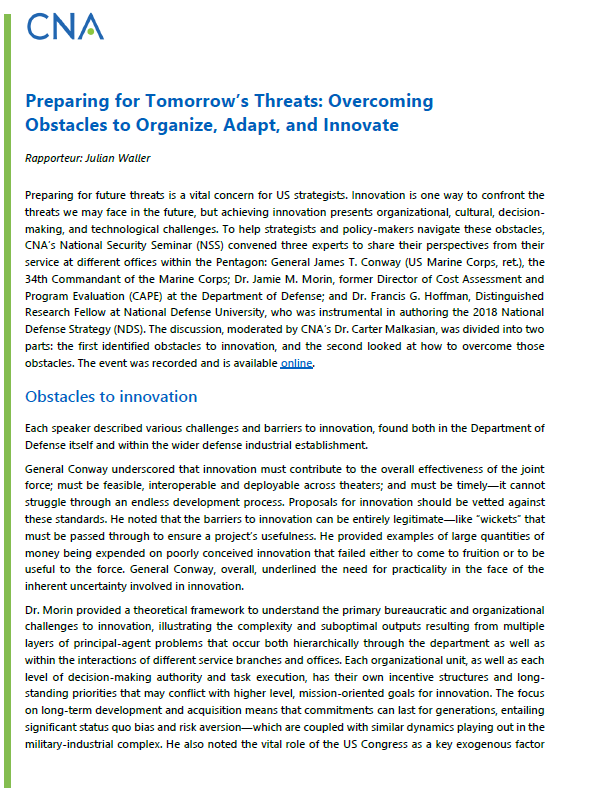
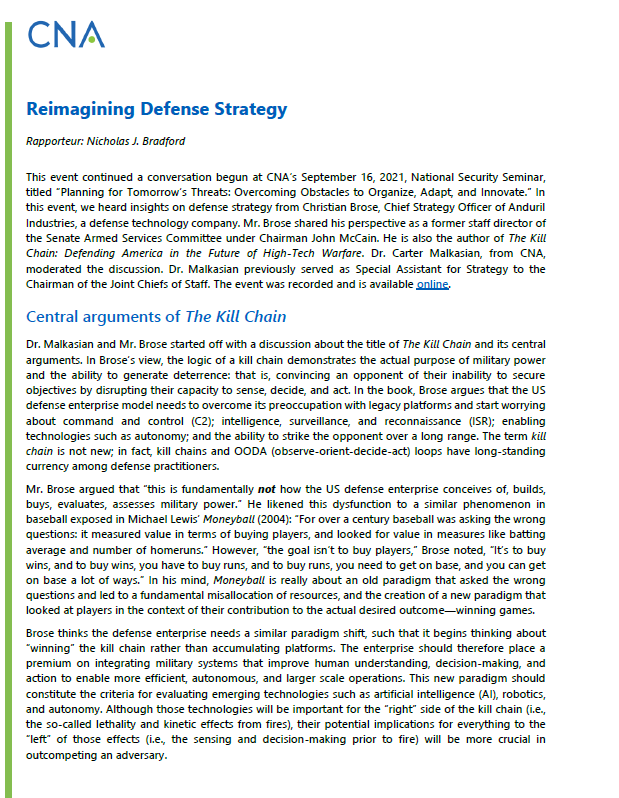
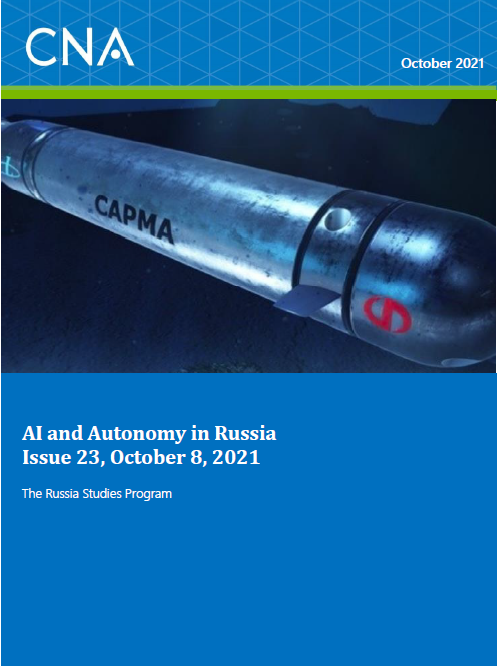
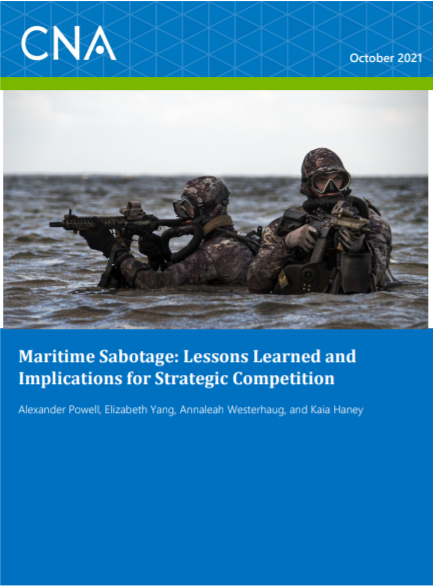
information-Case-Studies-and-Implications.png)
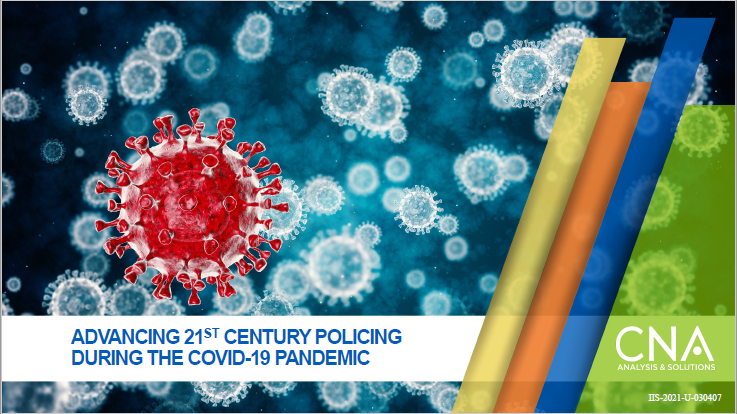
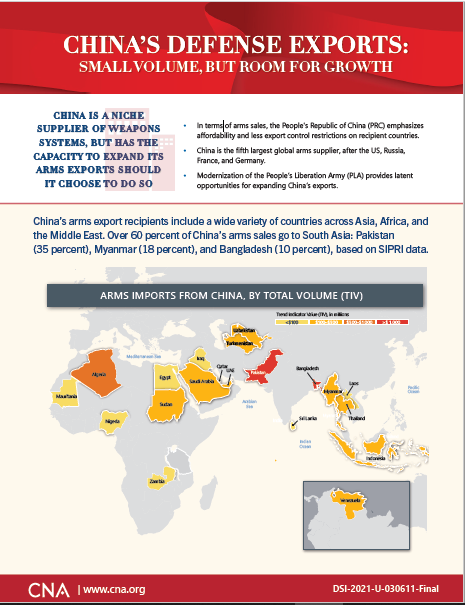
information-A-Primer-on-Key-Psychological-Mechanisms.png)
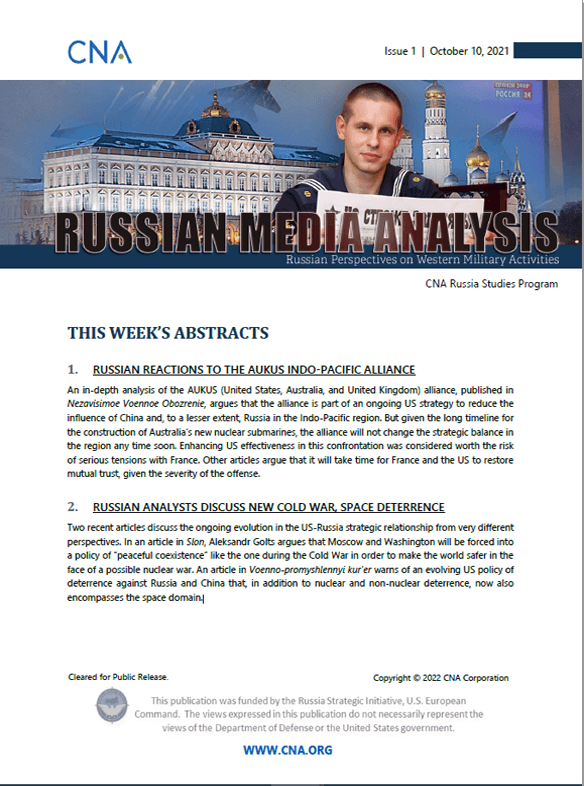

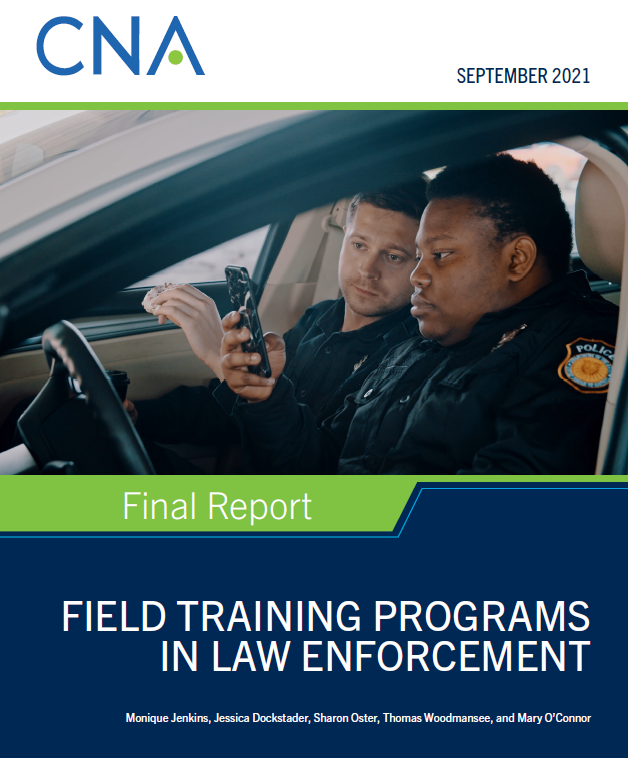
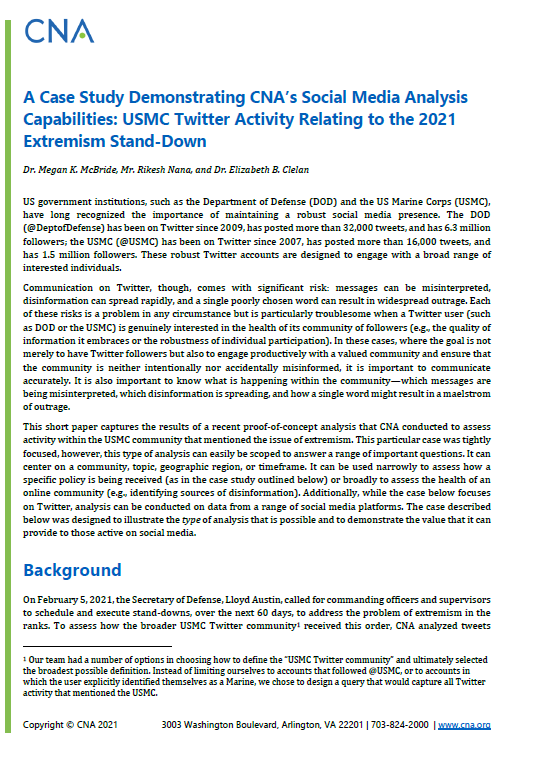
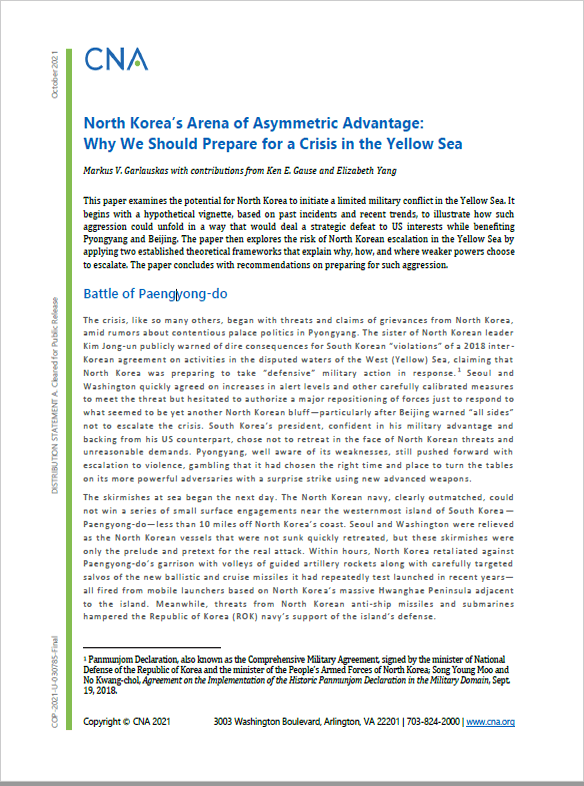

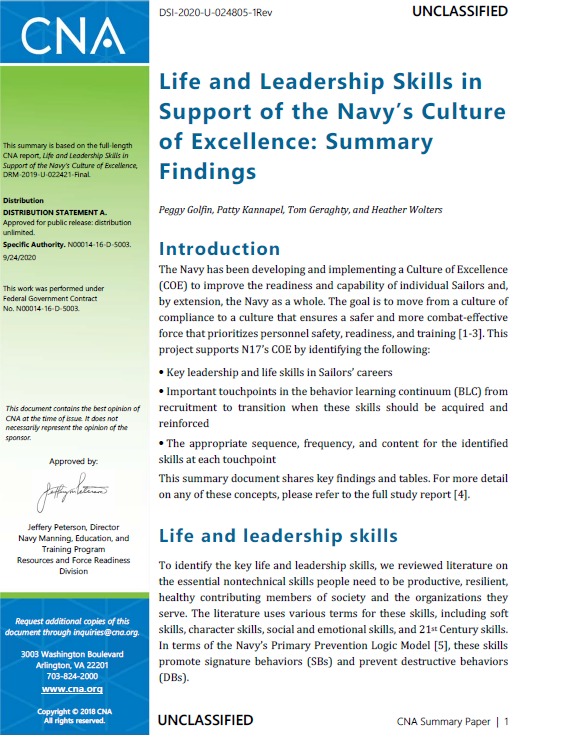
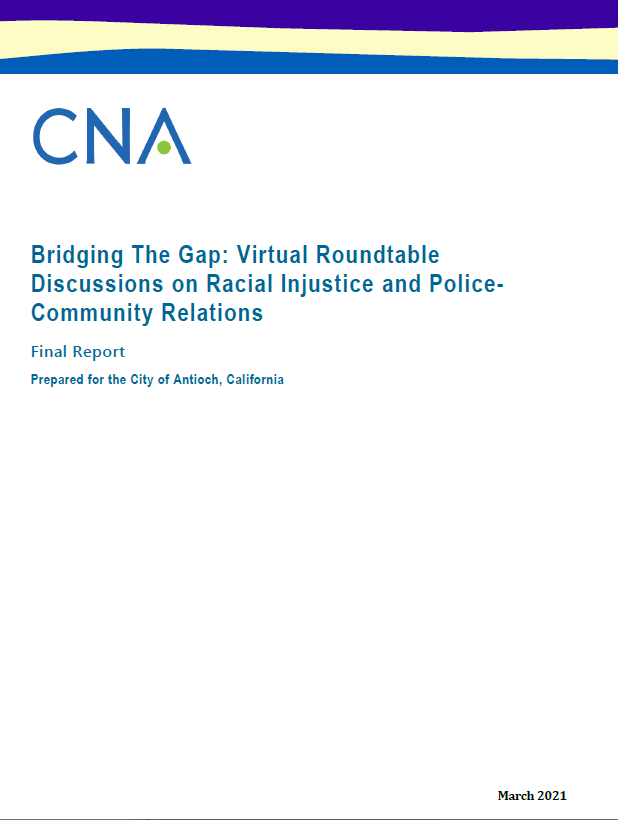
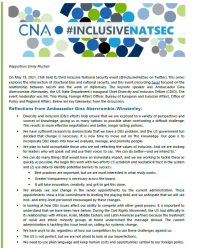

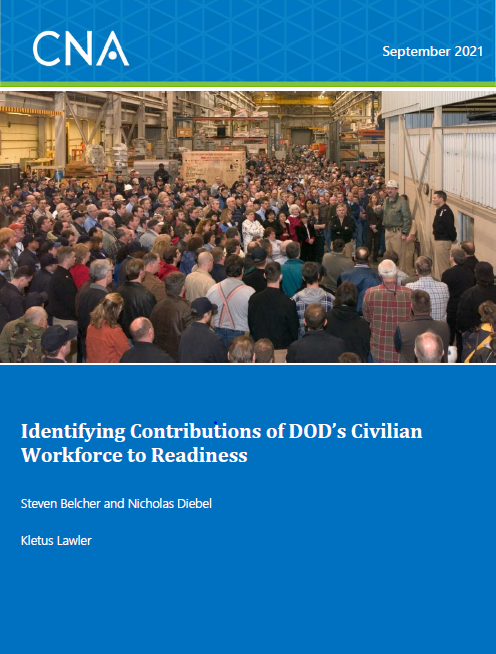
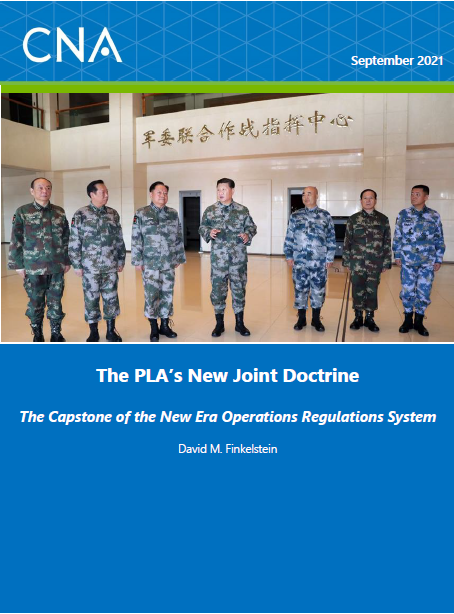
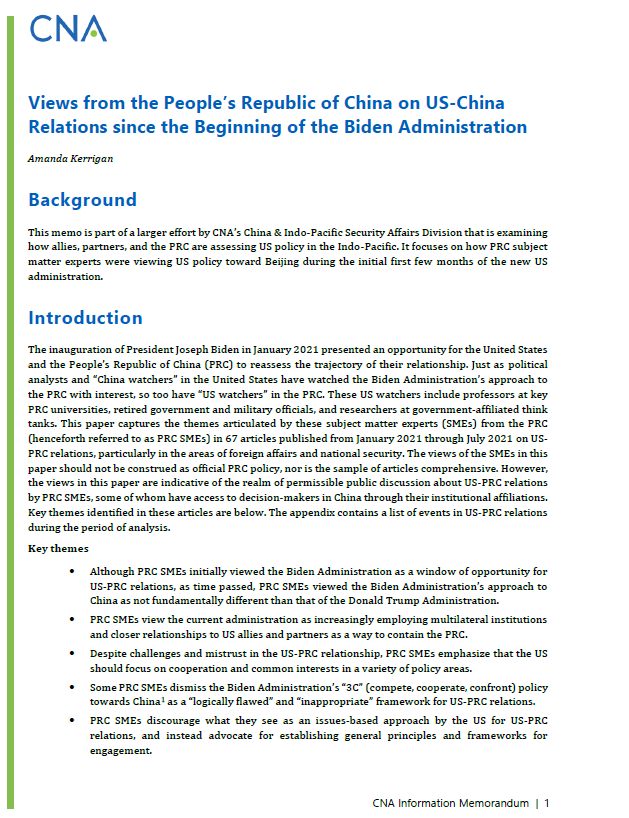
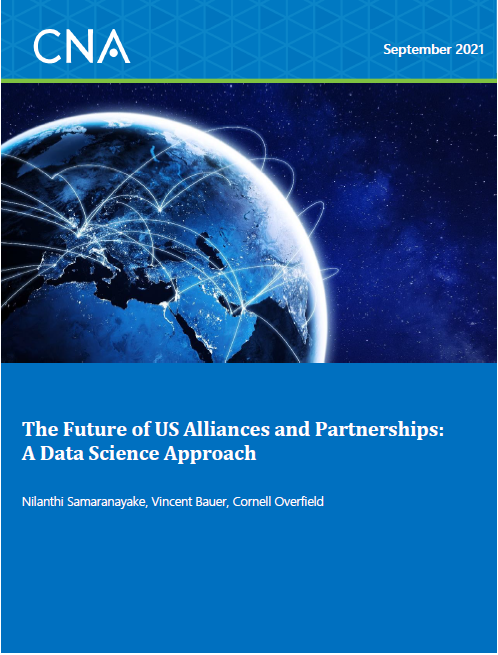

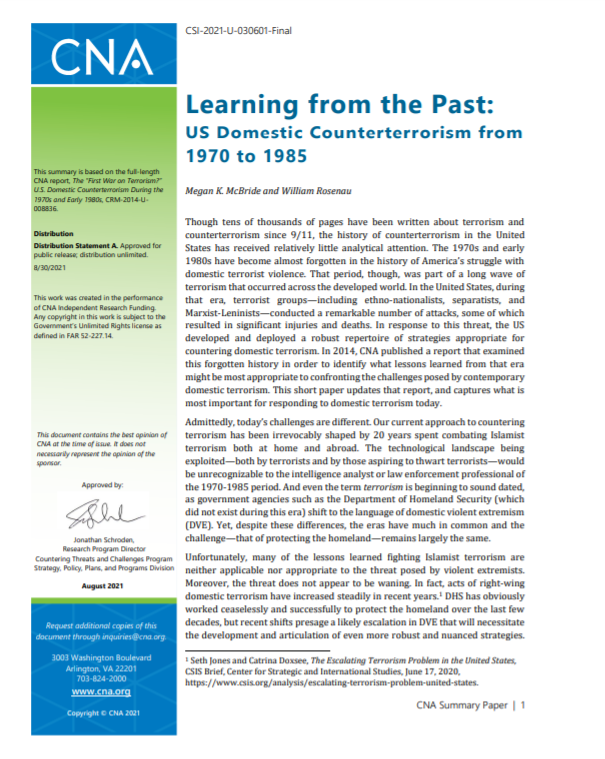
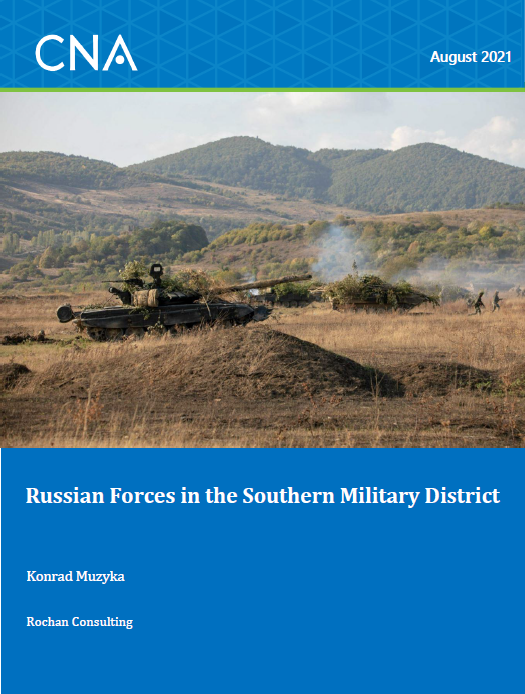

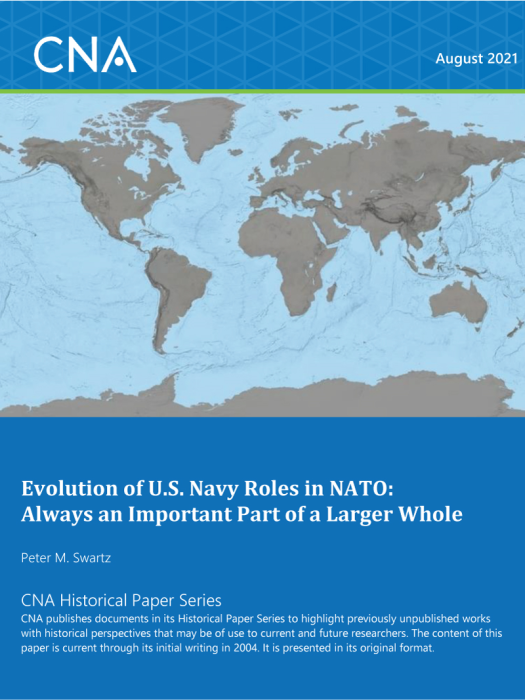
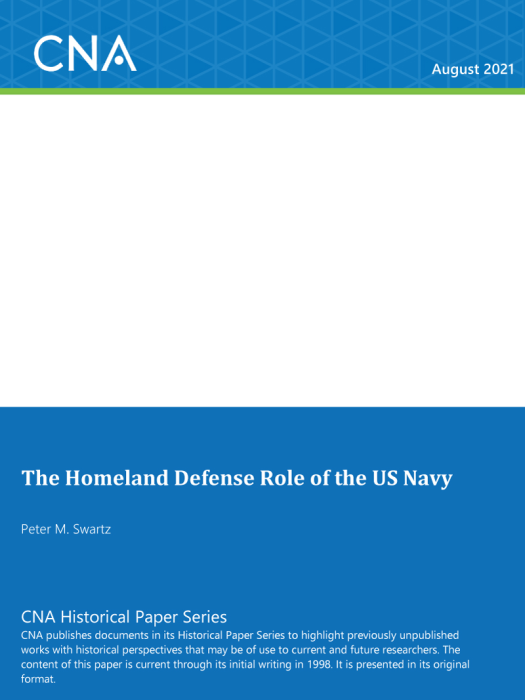
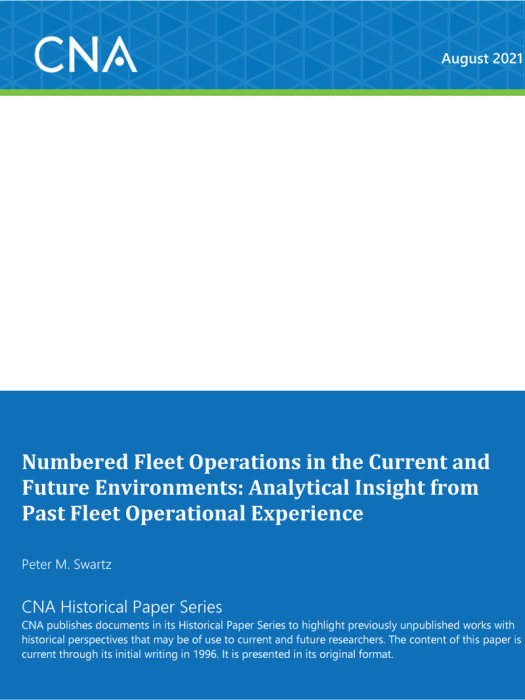
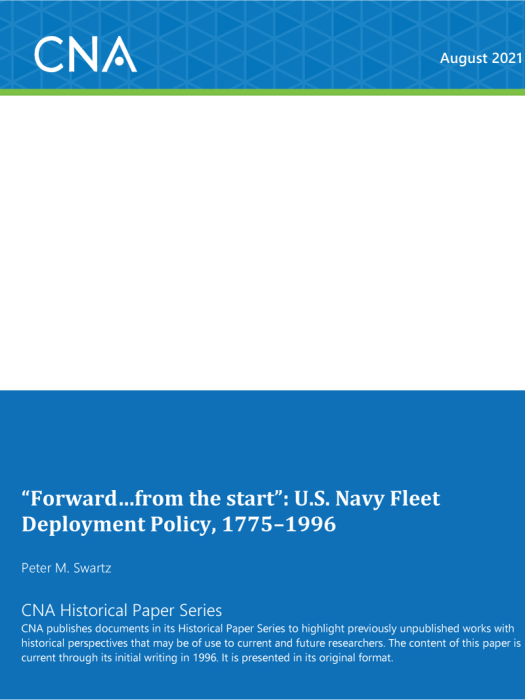
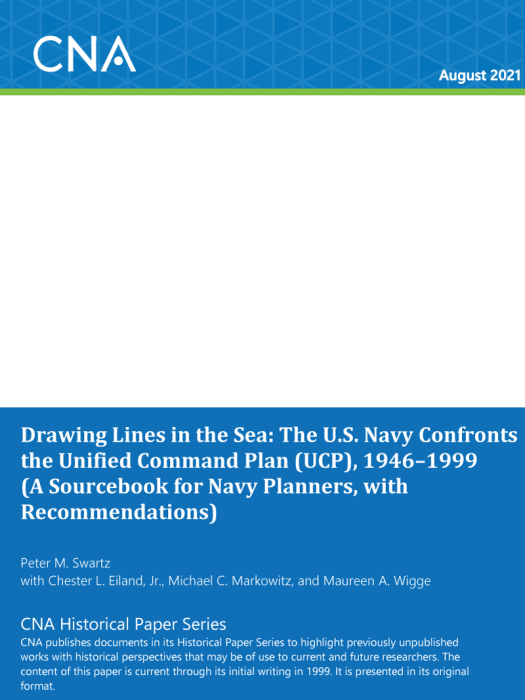
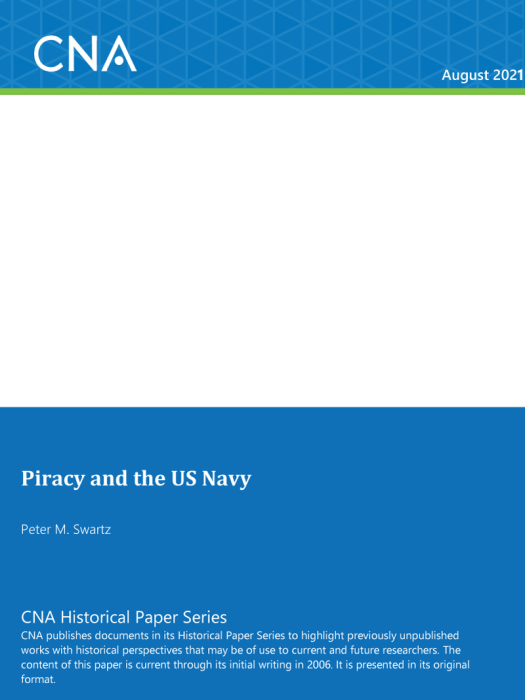
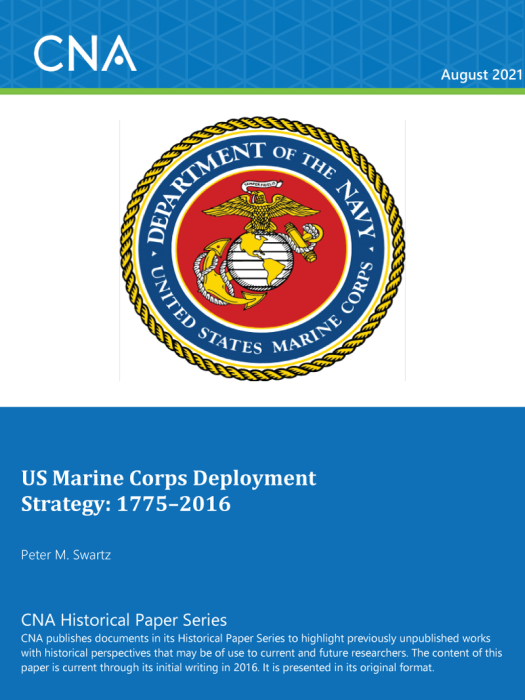
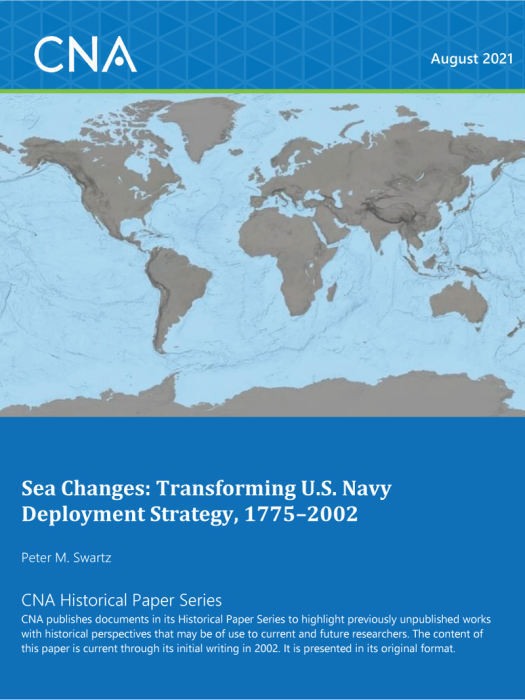
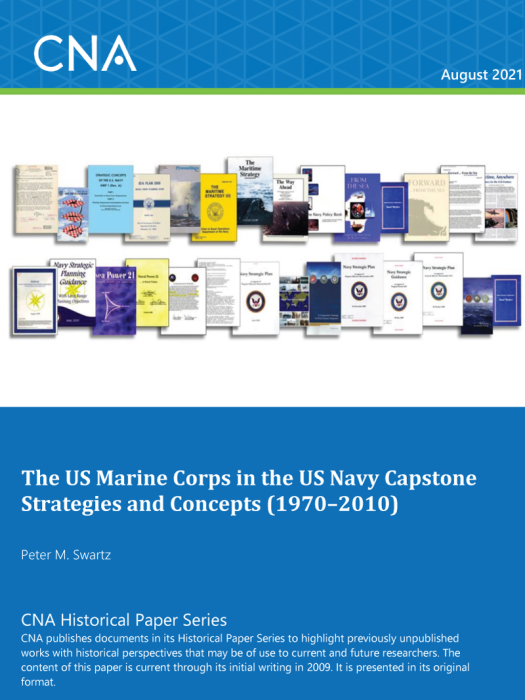
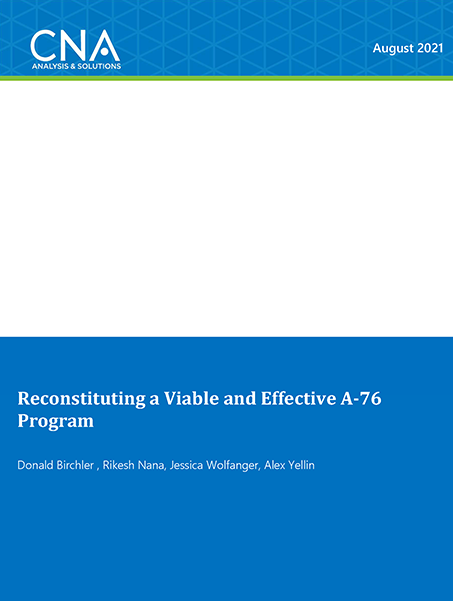

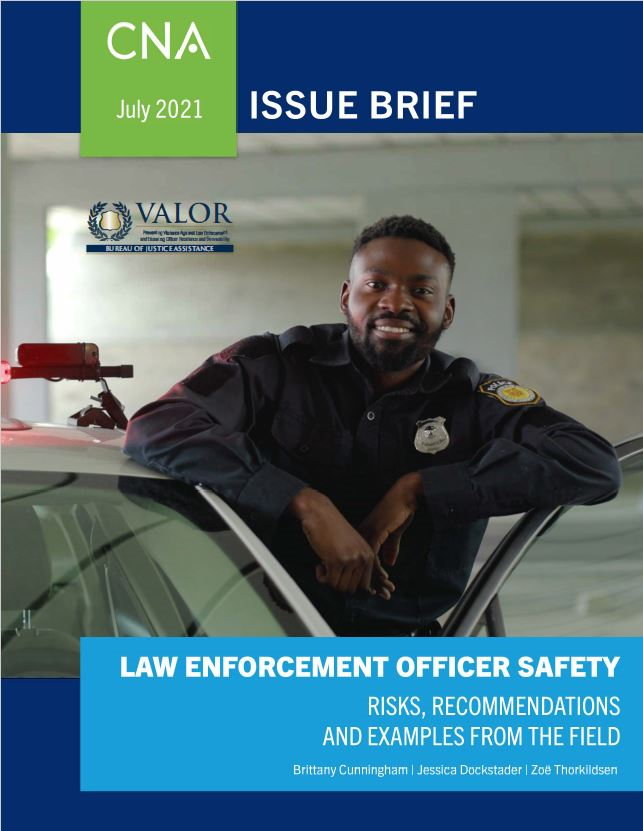
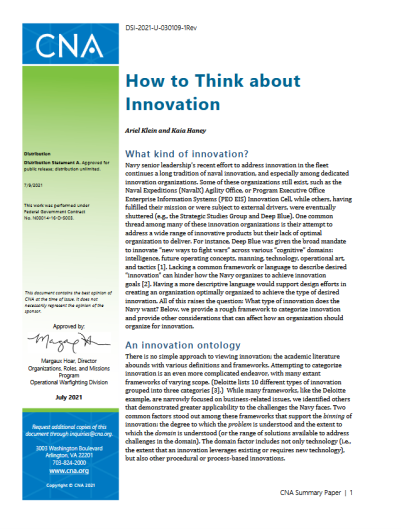
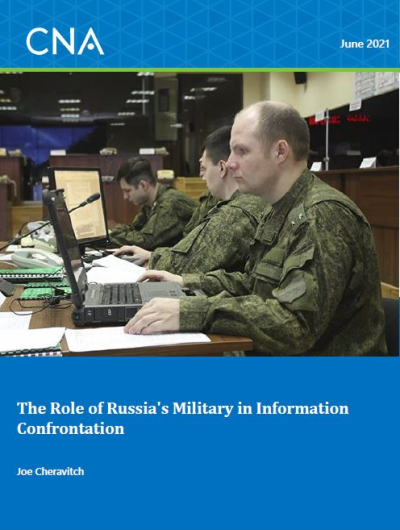
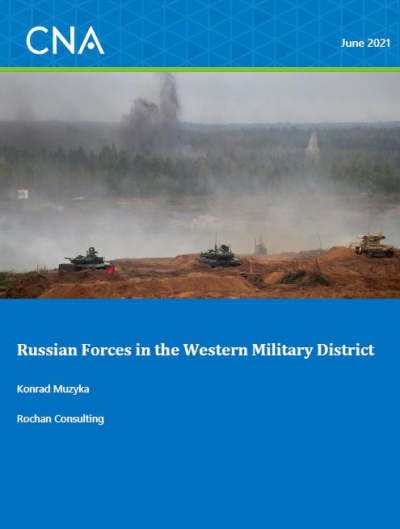
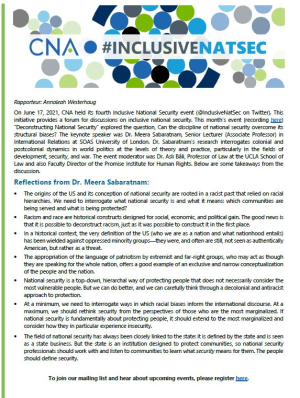
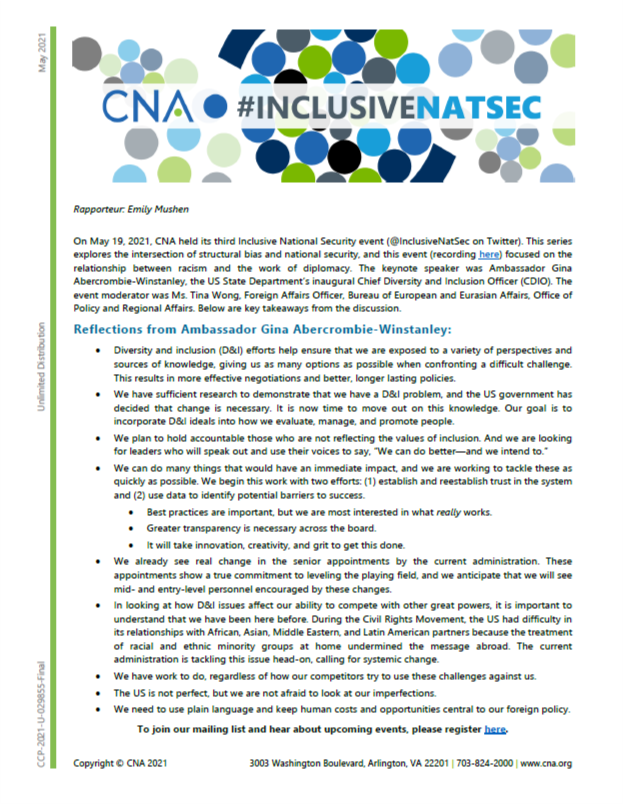
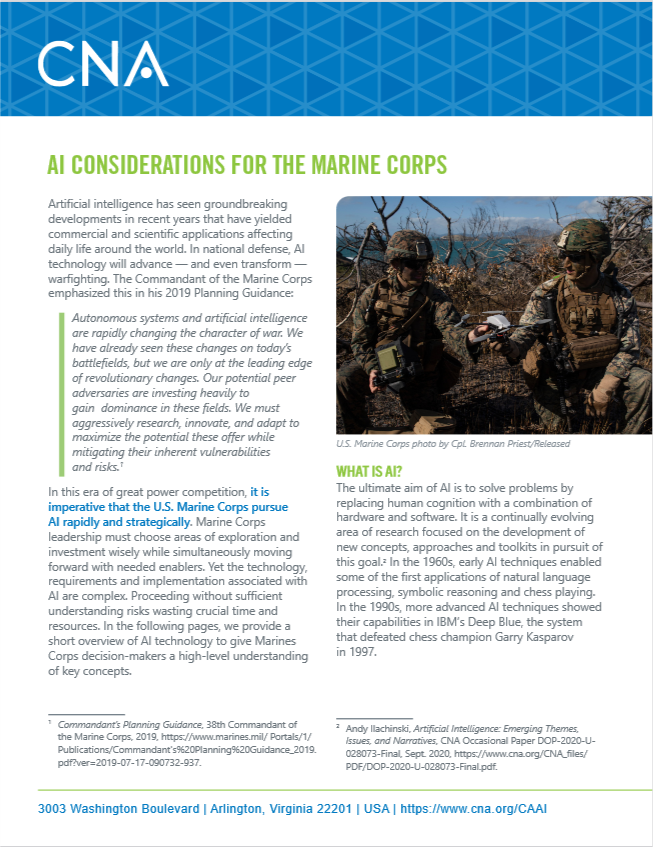
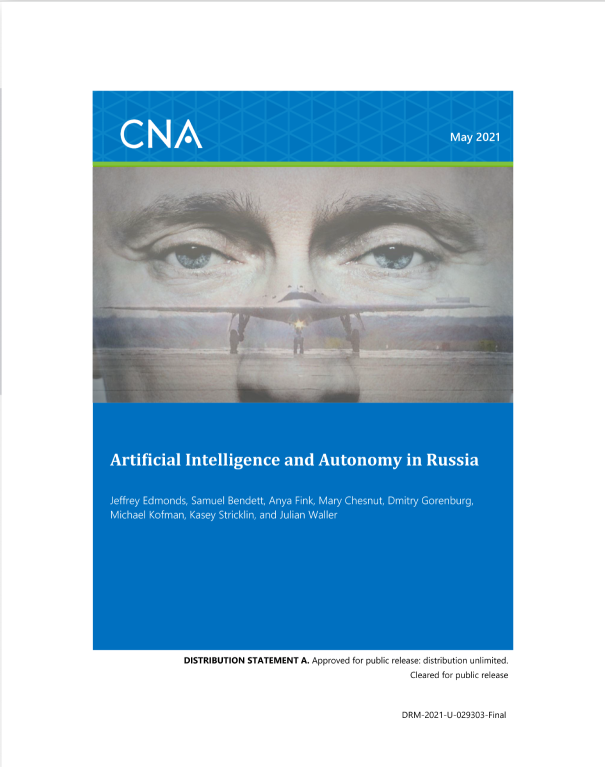
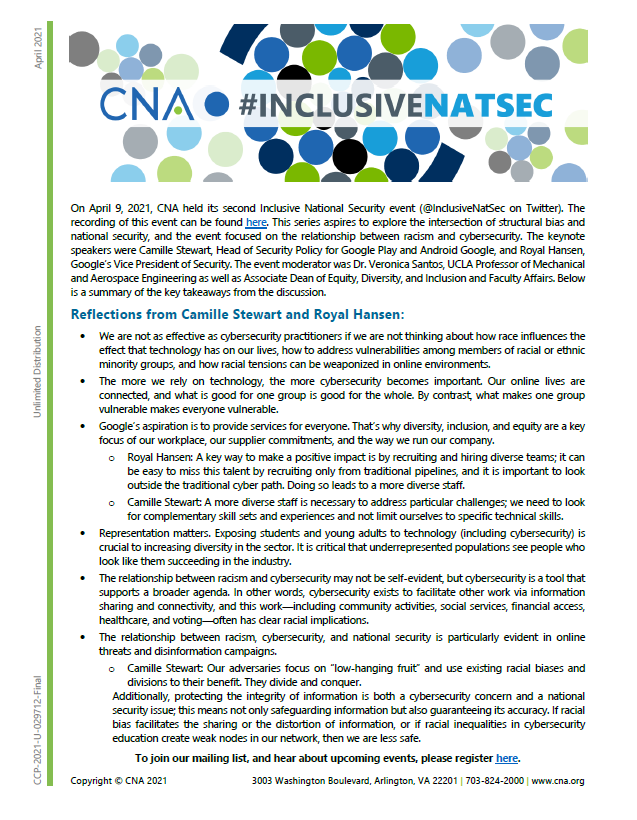
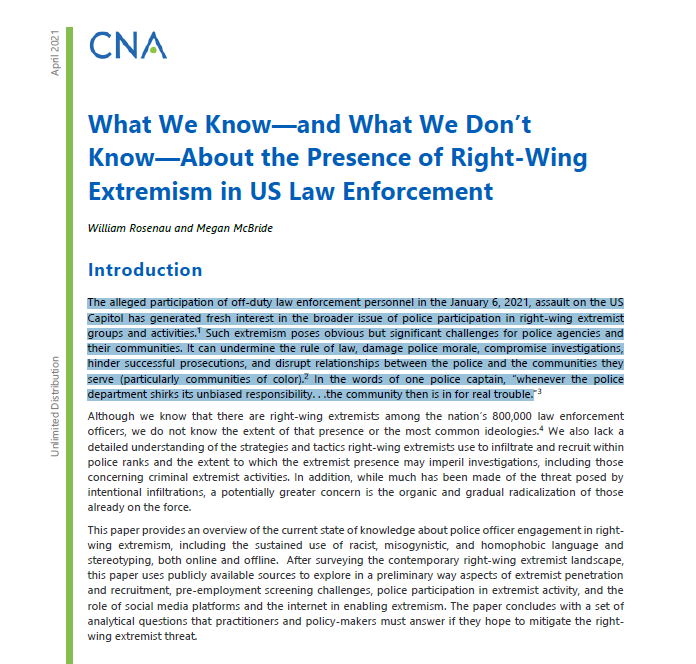
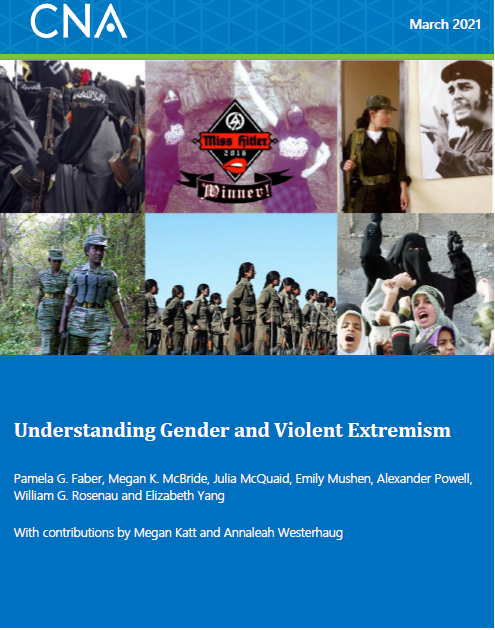
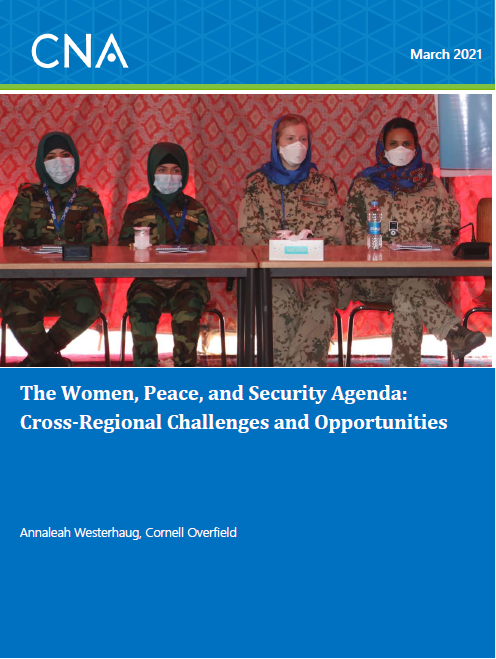
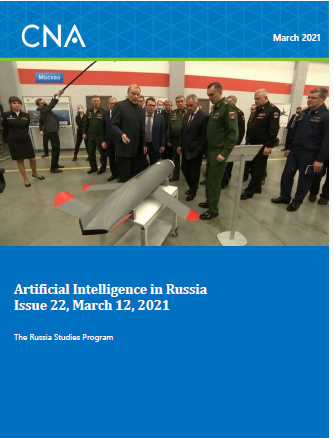
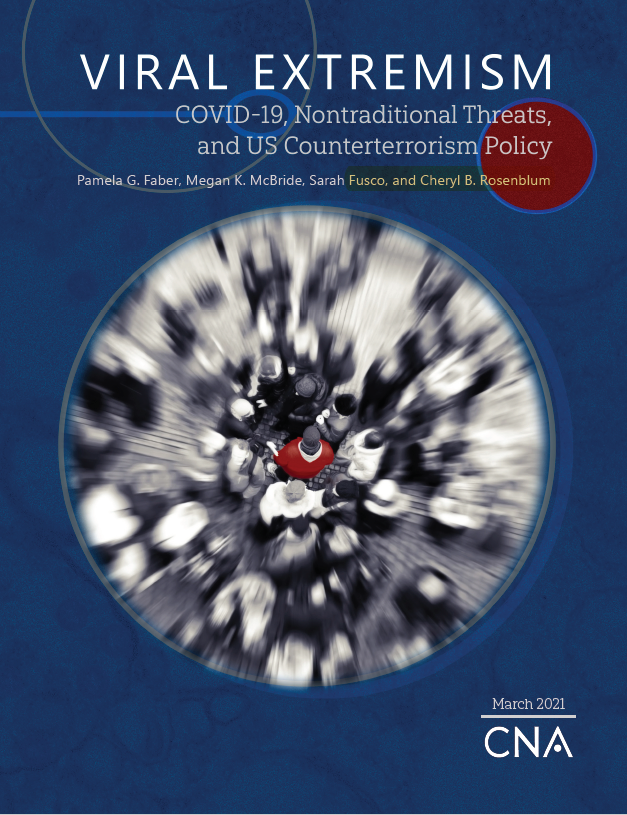
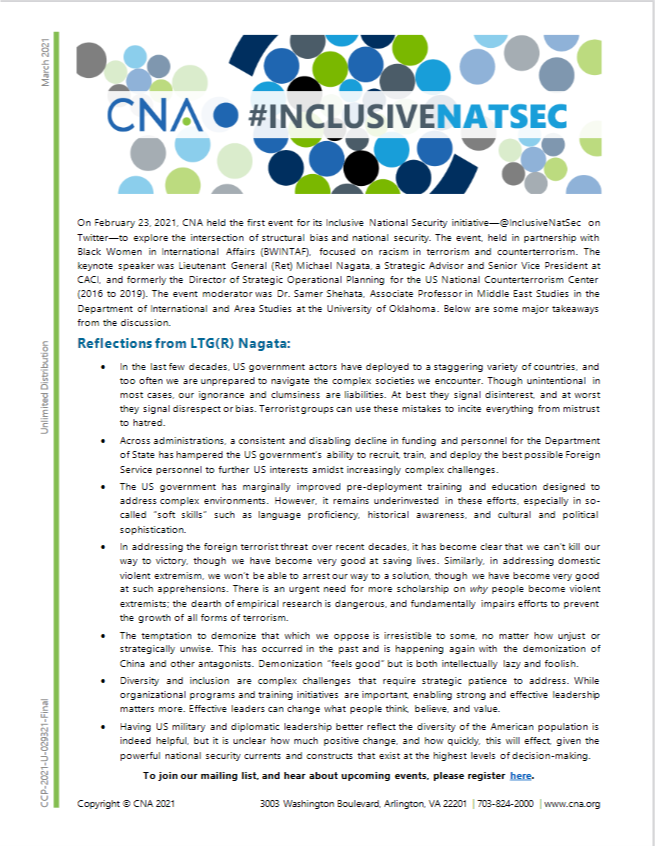
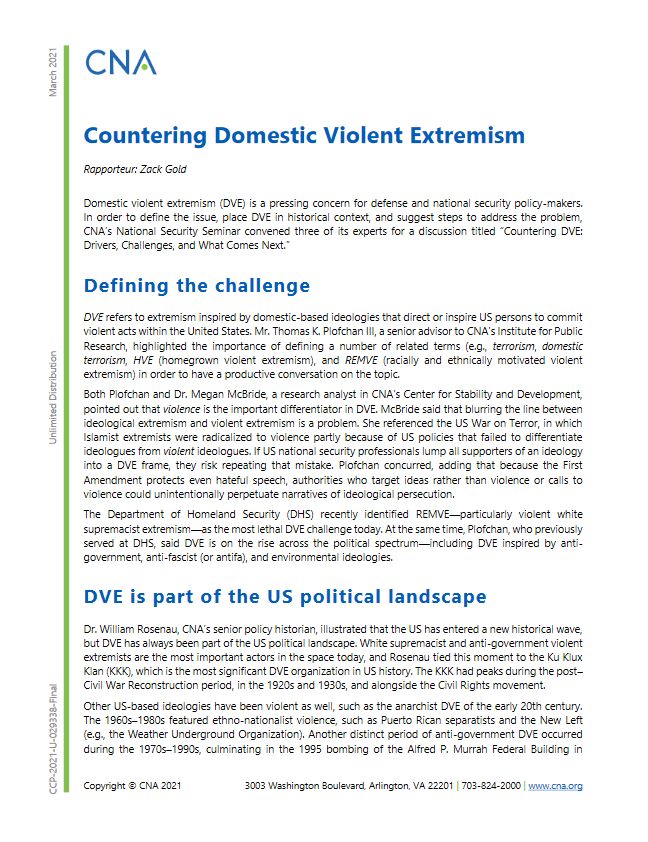
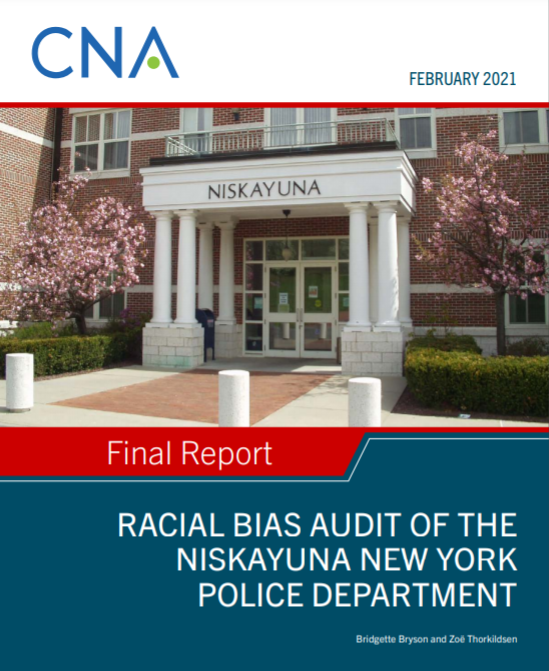

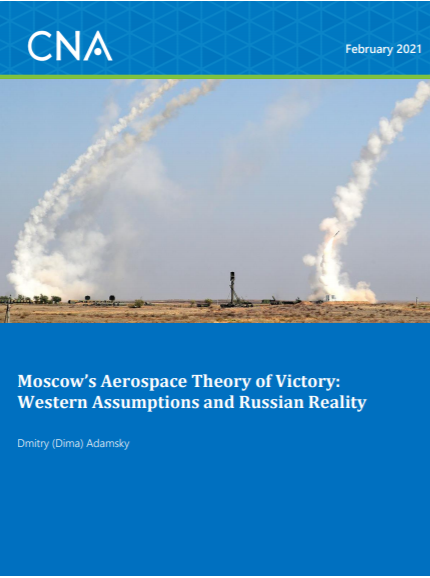
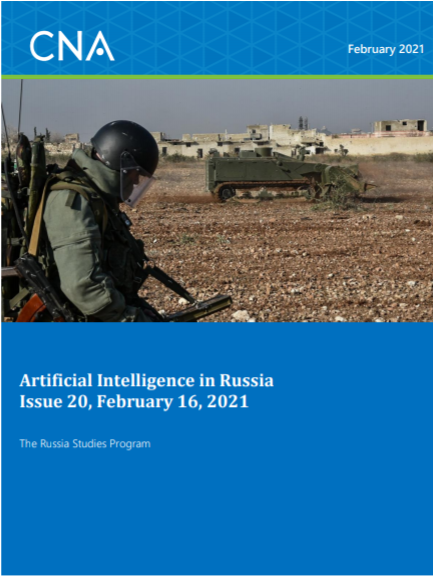
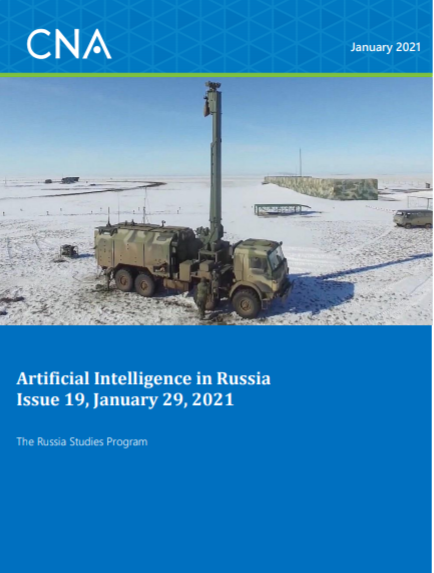
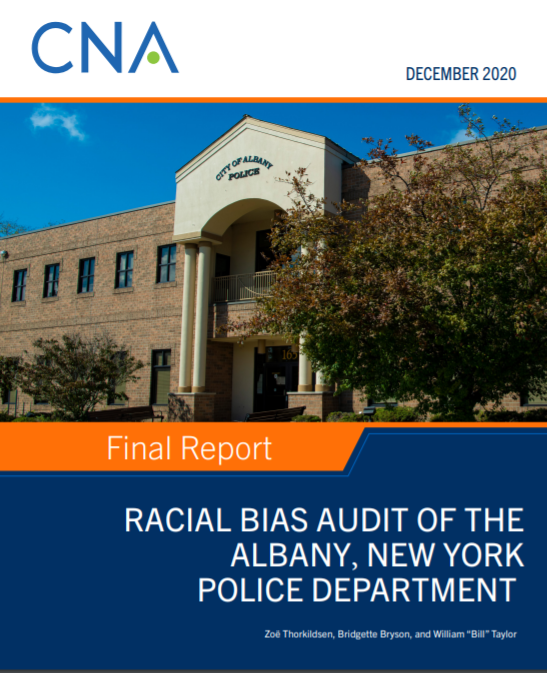
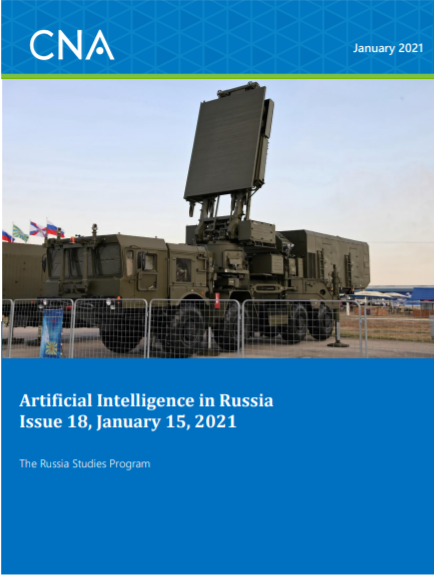

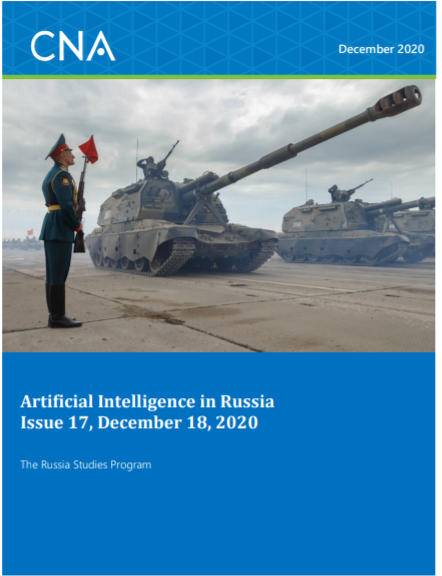
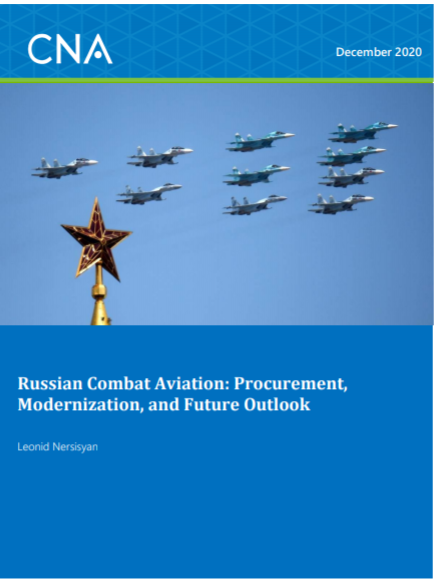


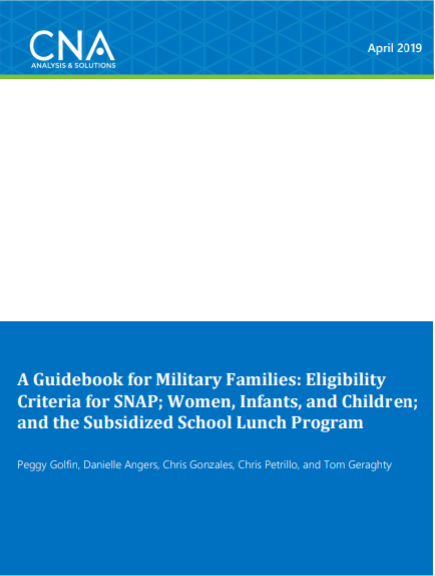
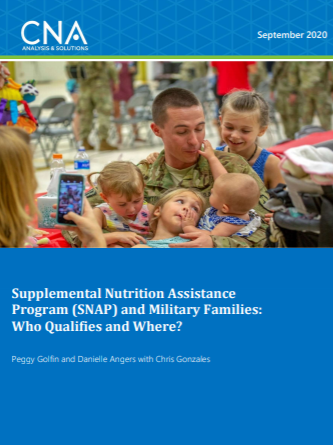
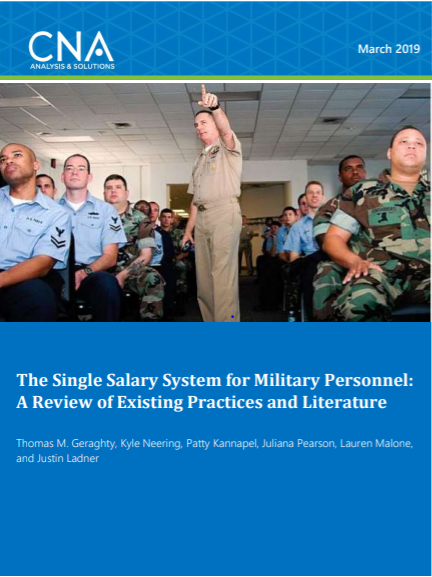
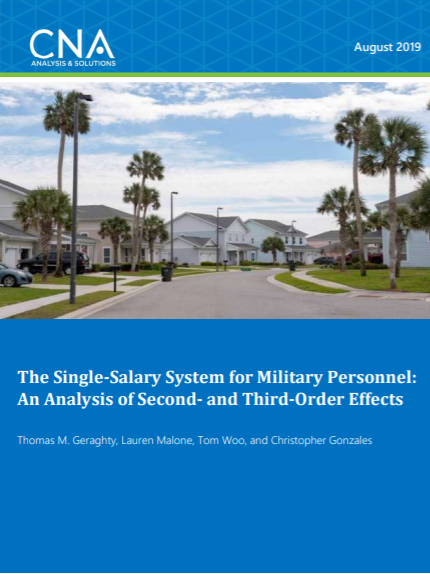
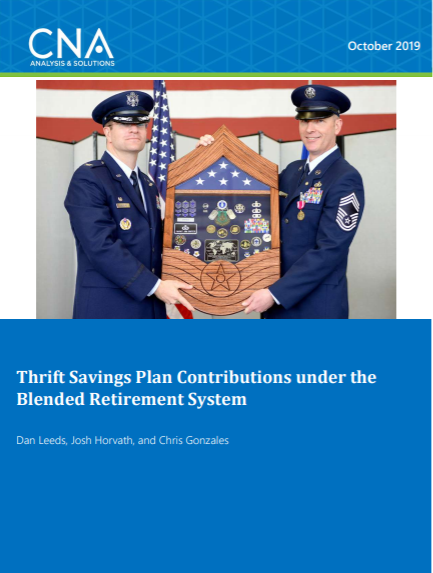
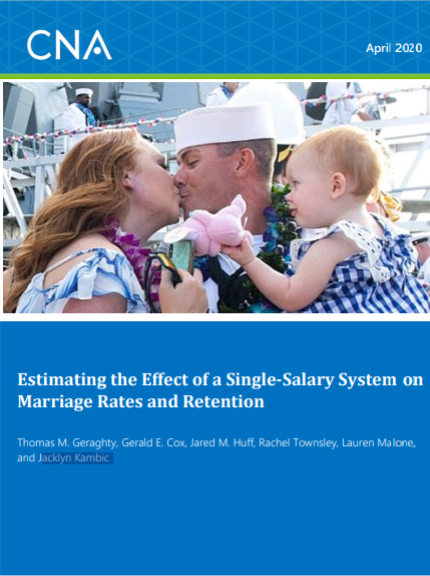
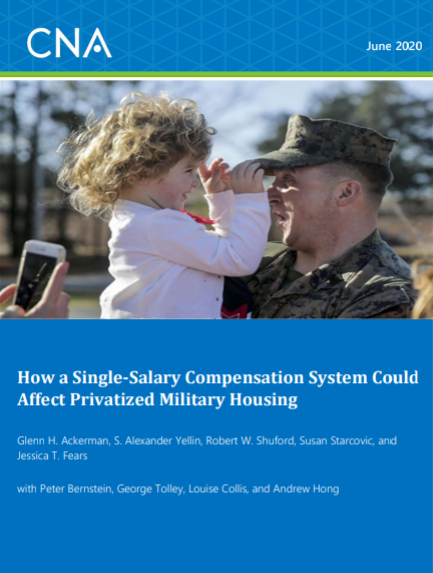
.png)


.png)
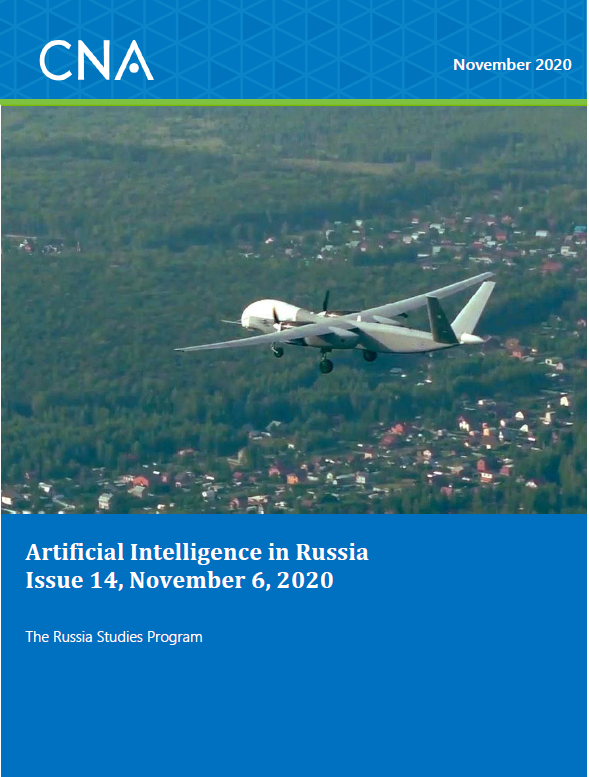

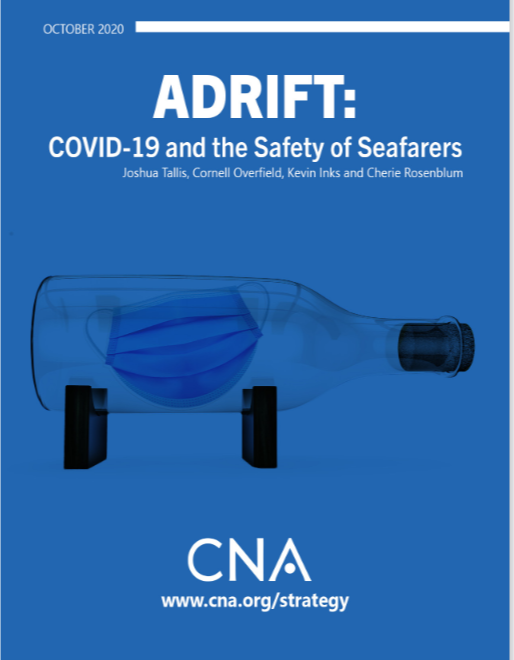
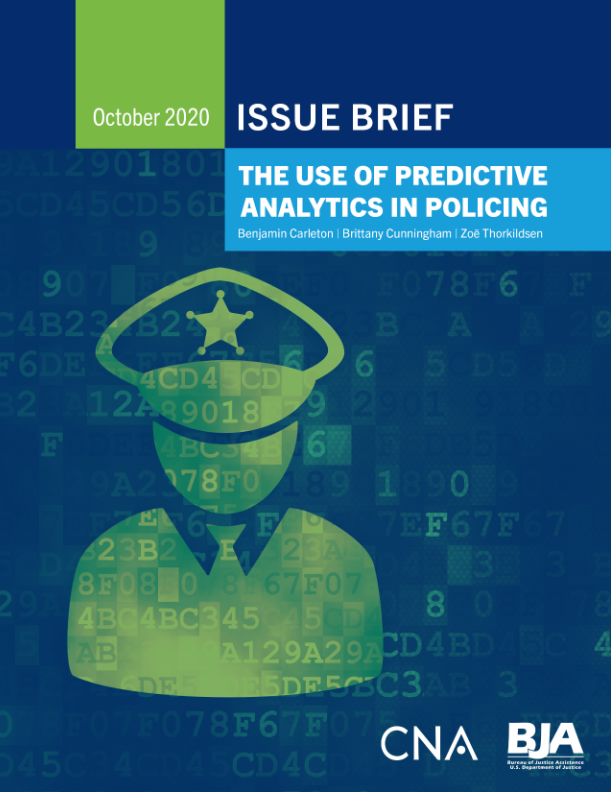
.png)
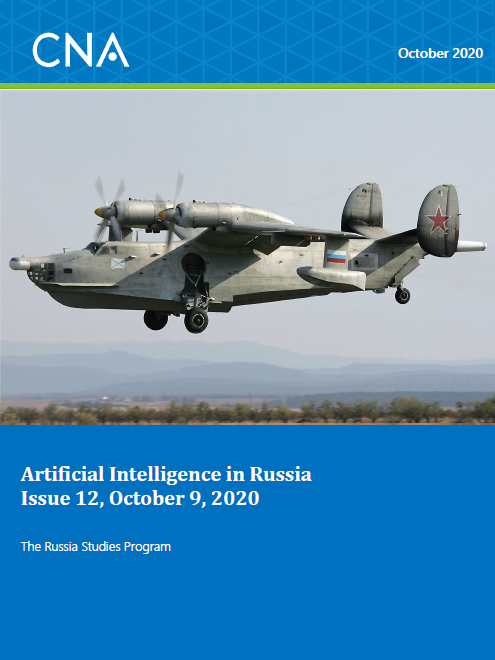
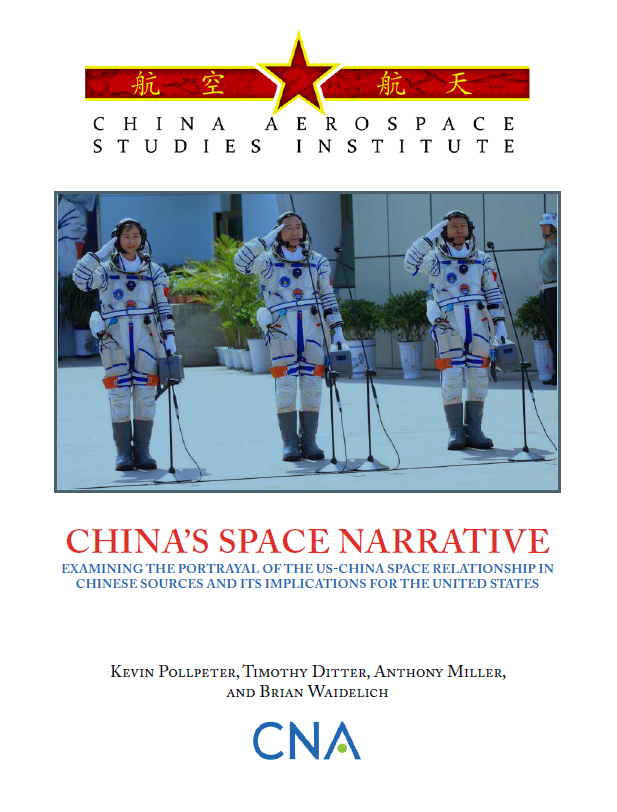
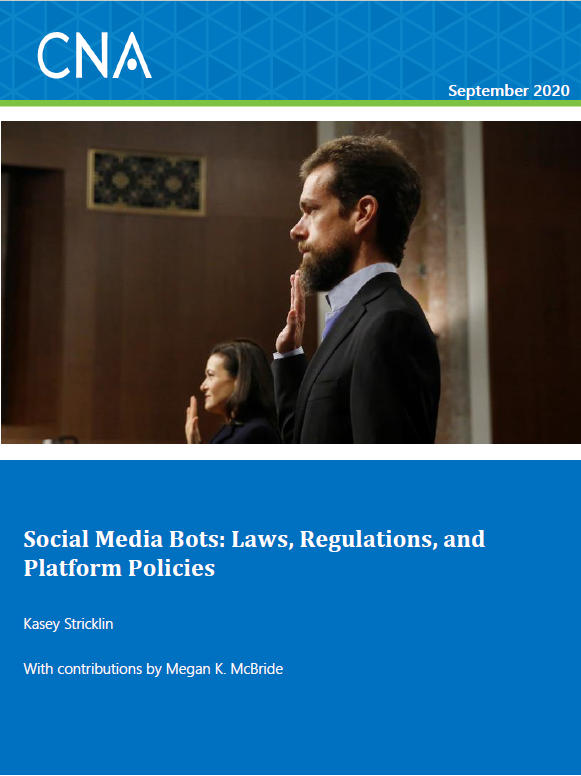
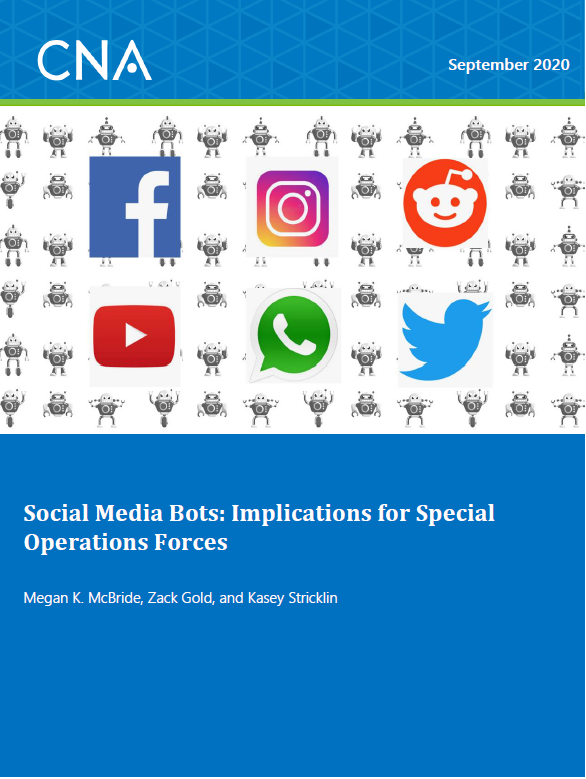
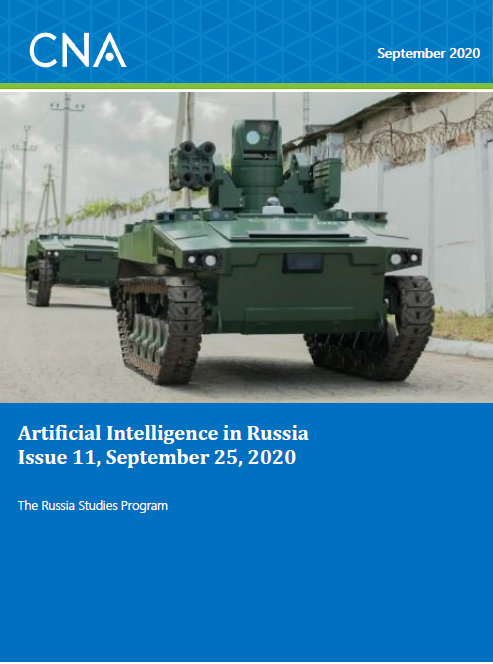
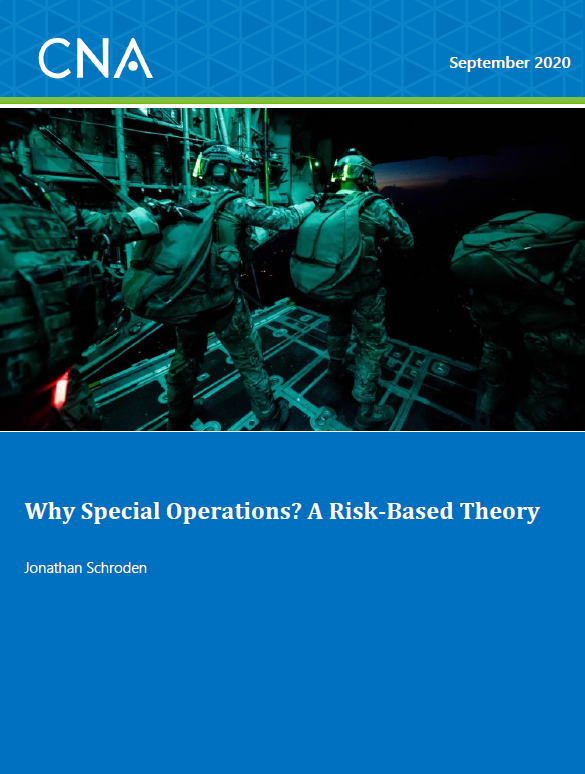
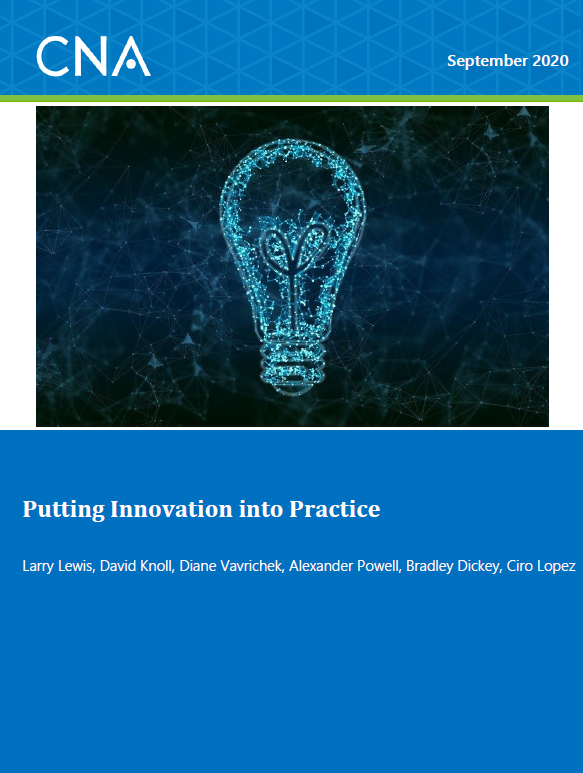
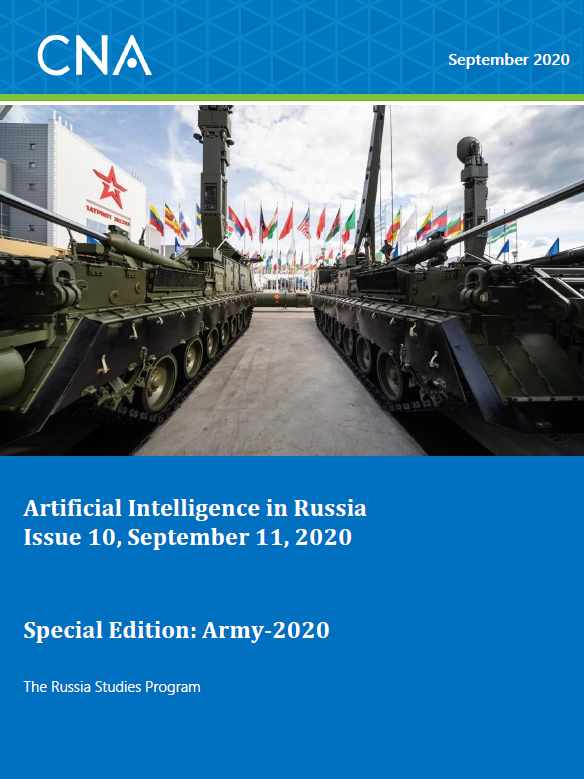
.png)
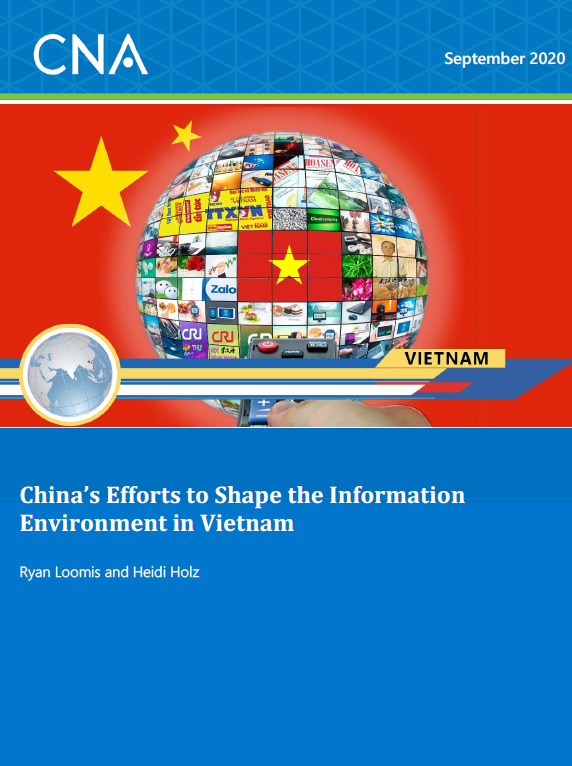

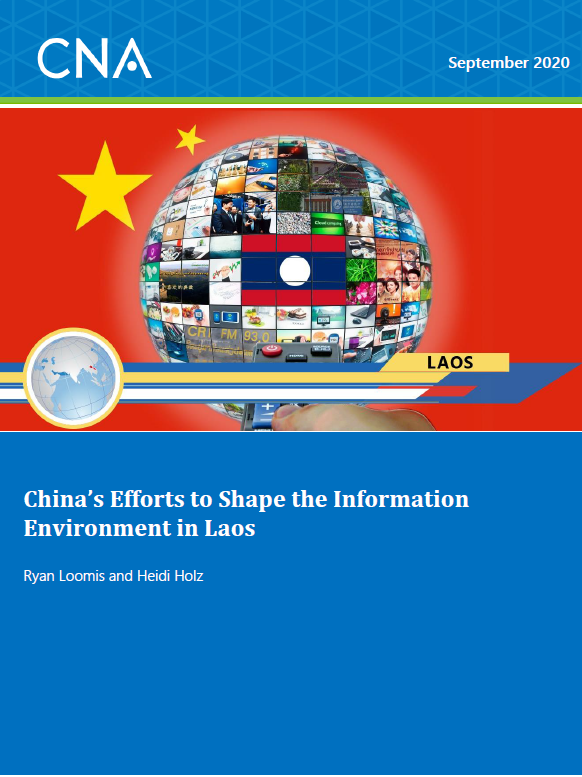
.png)
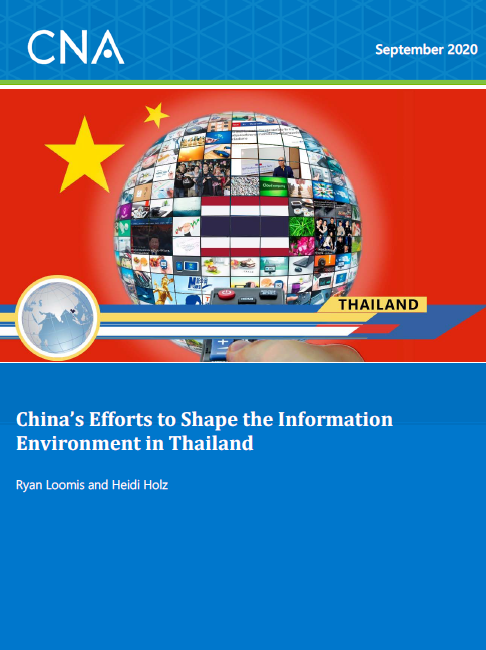

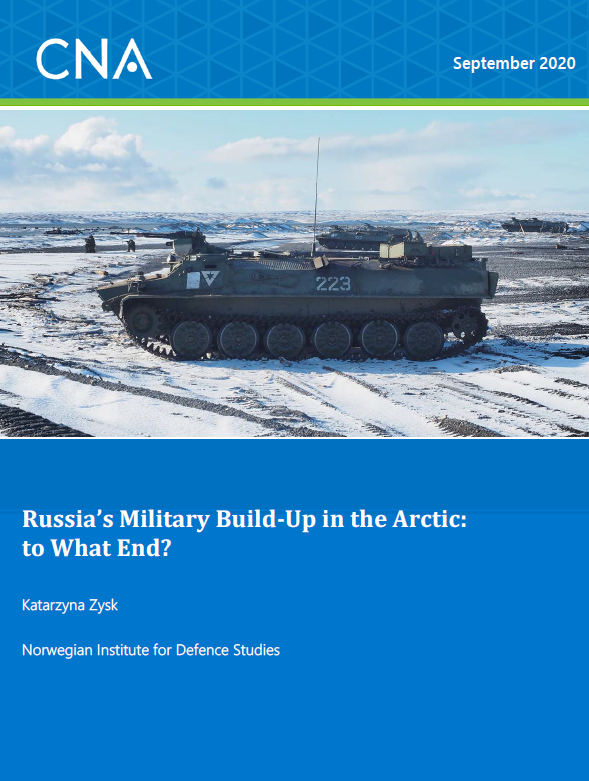
.png)
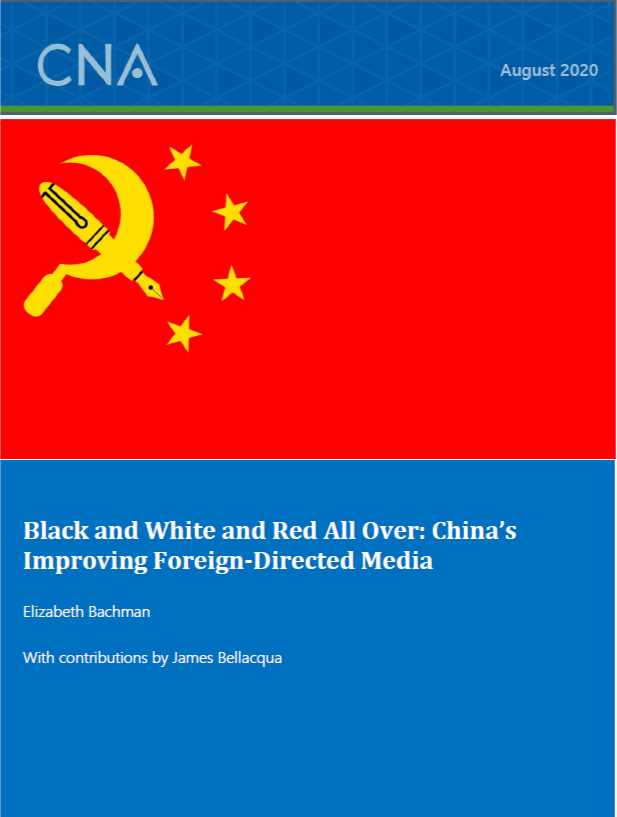

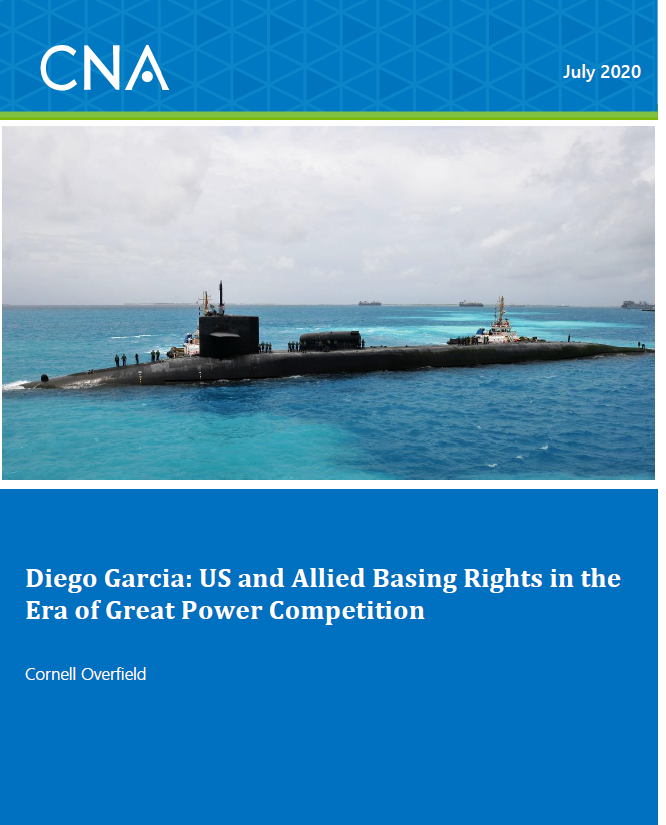
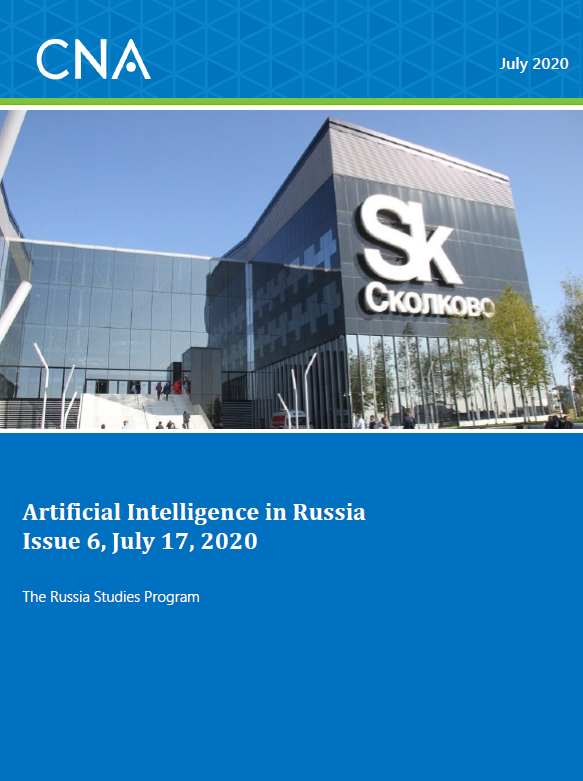
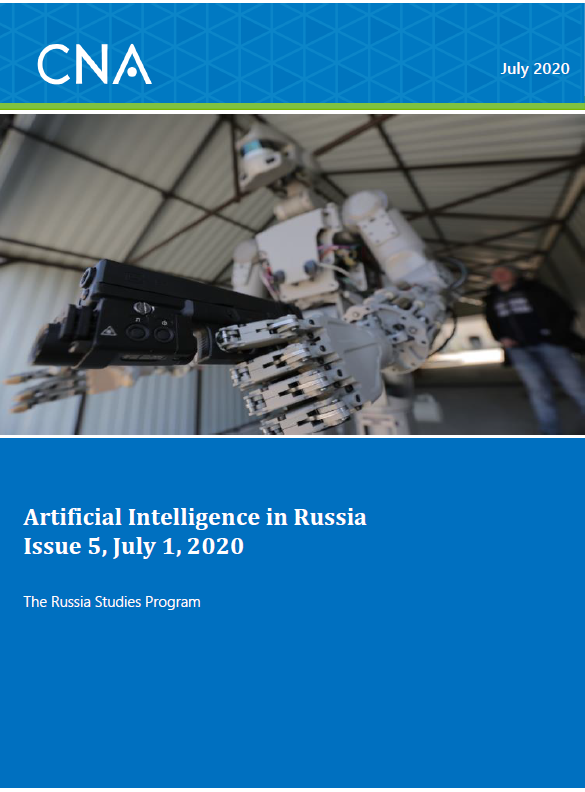

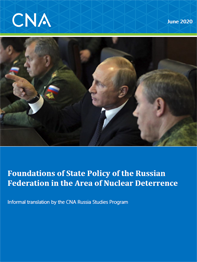
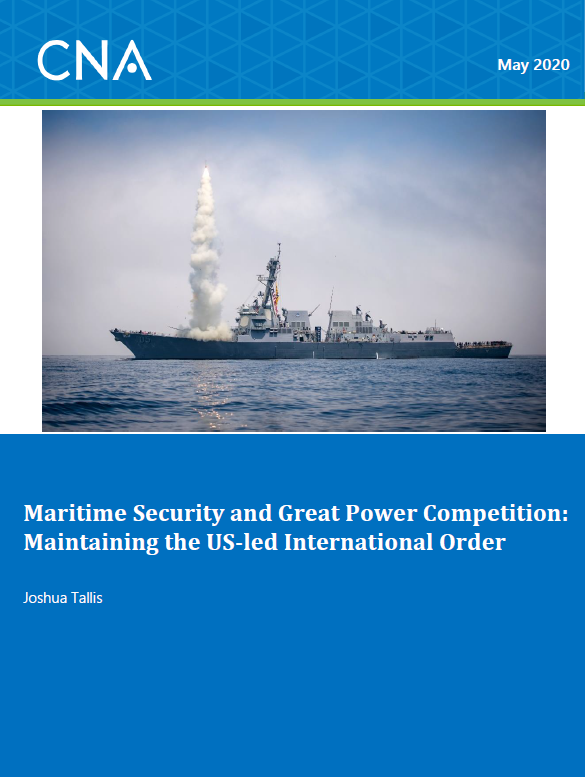
.png)

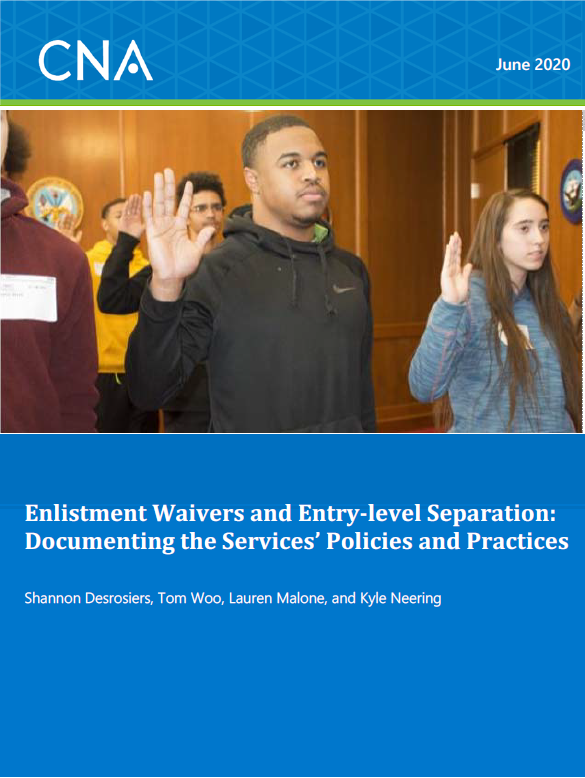
.png)
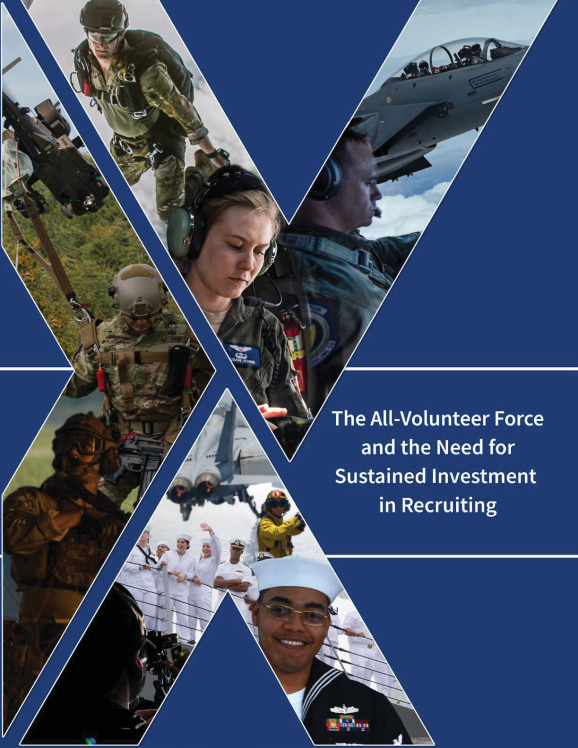
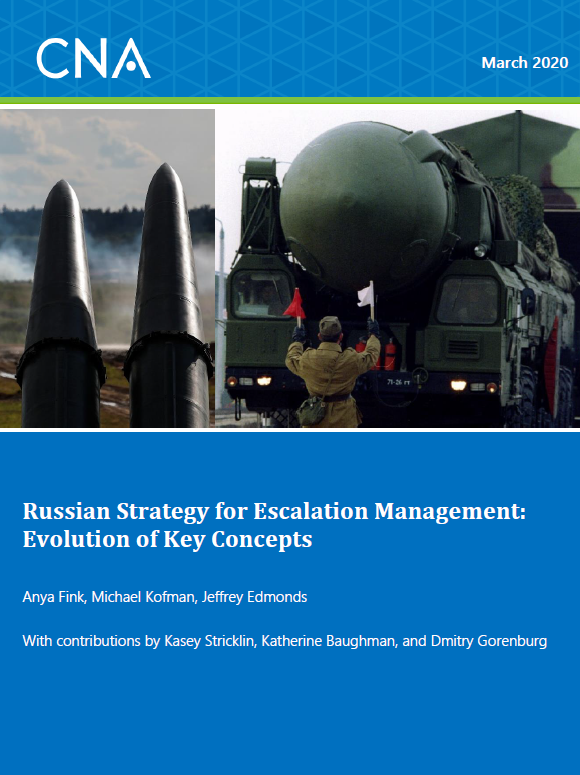
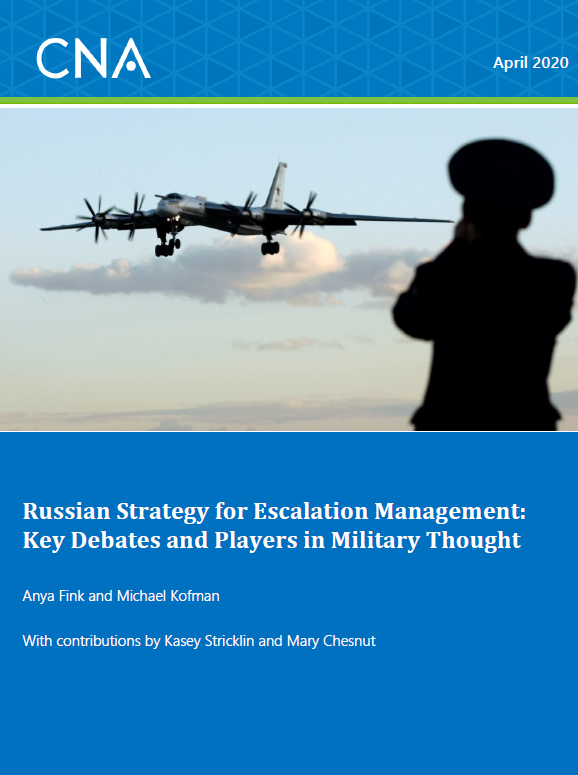
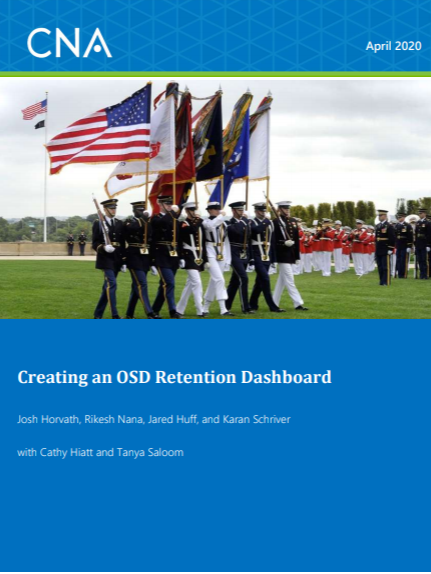
.png)

